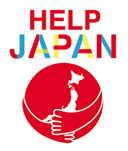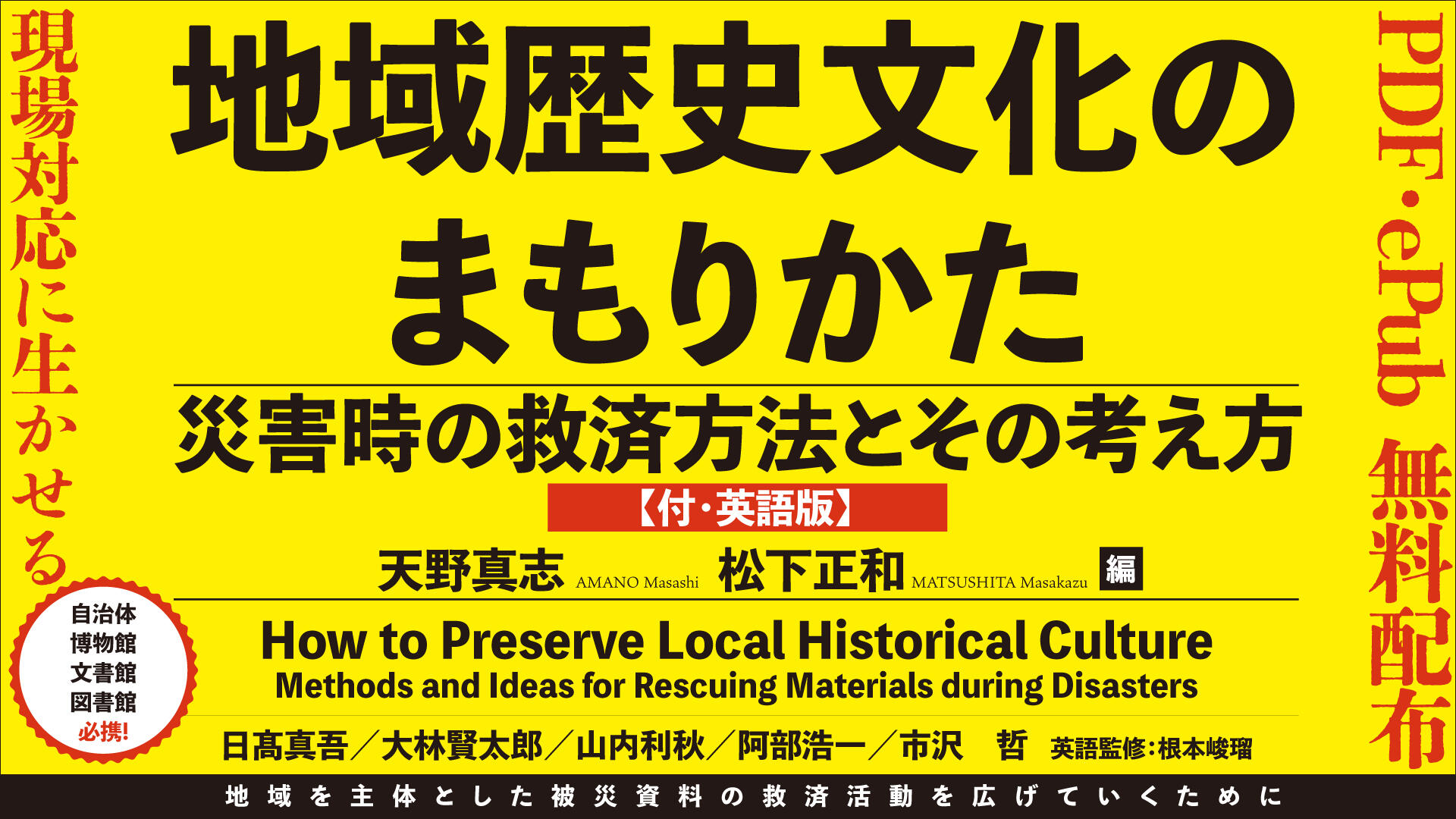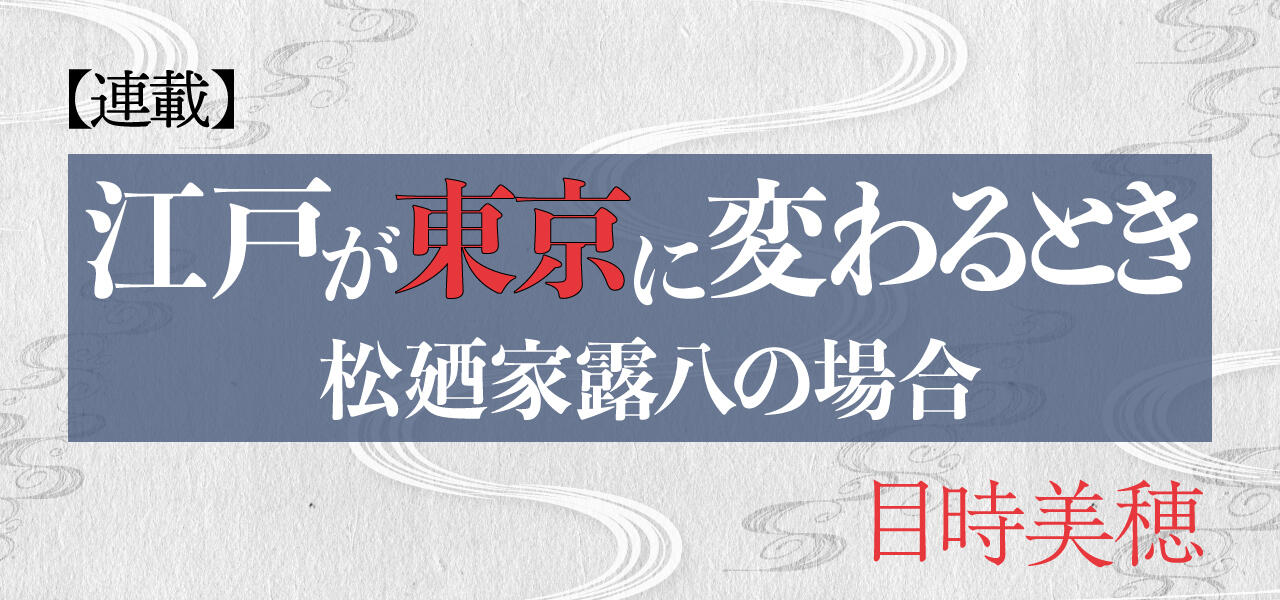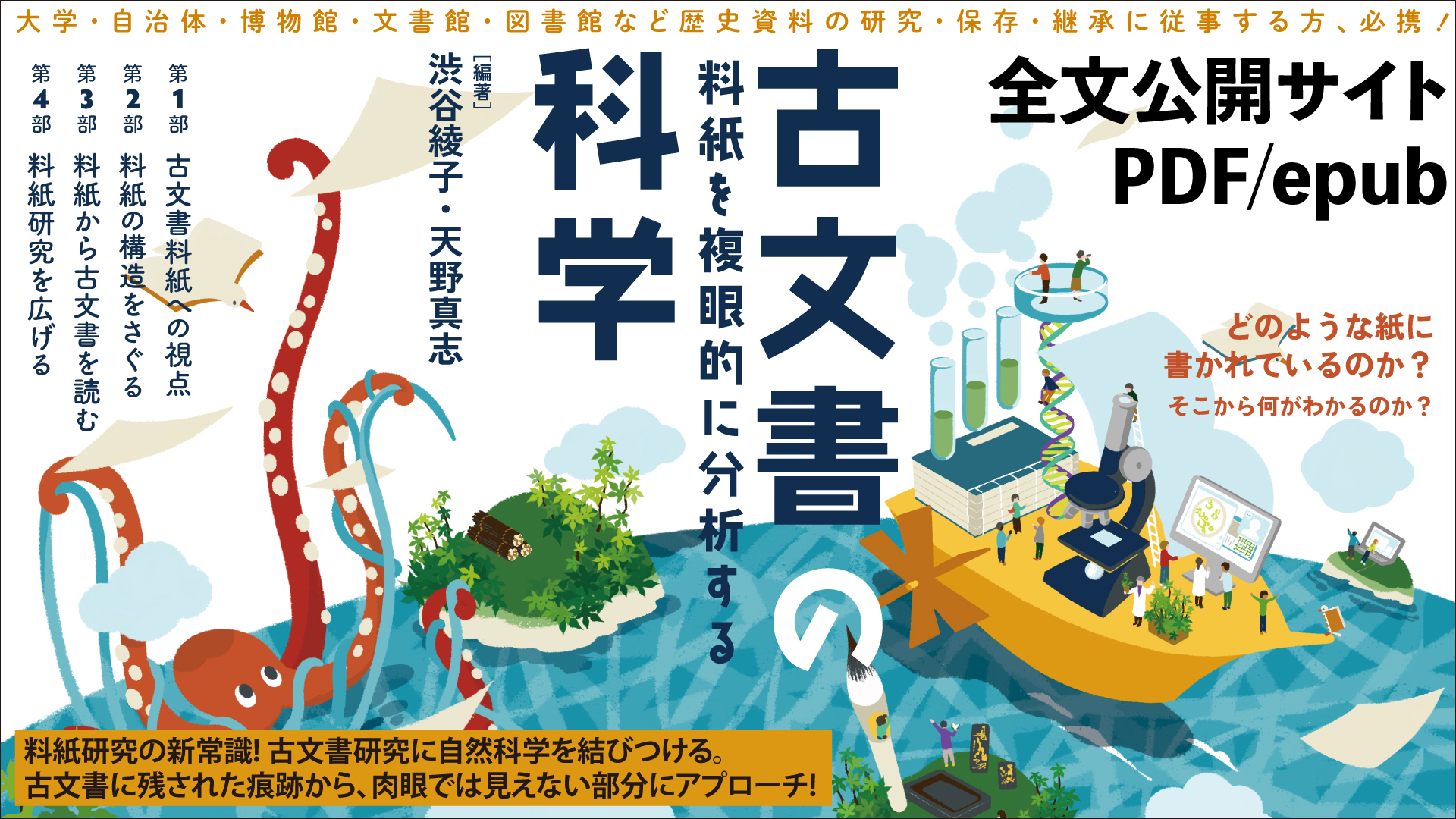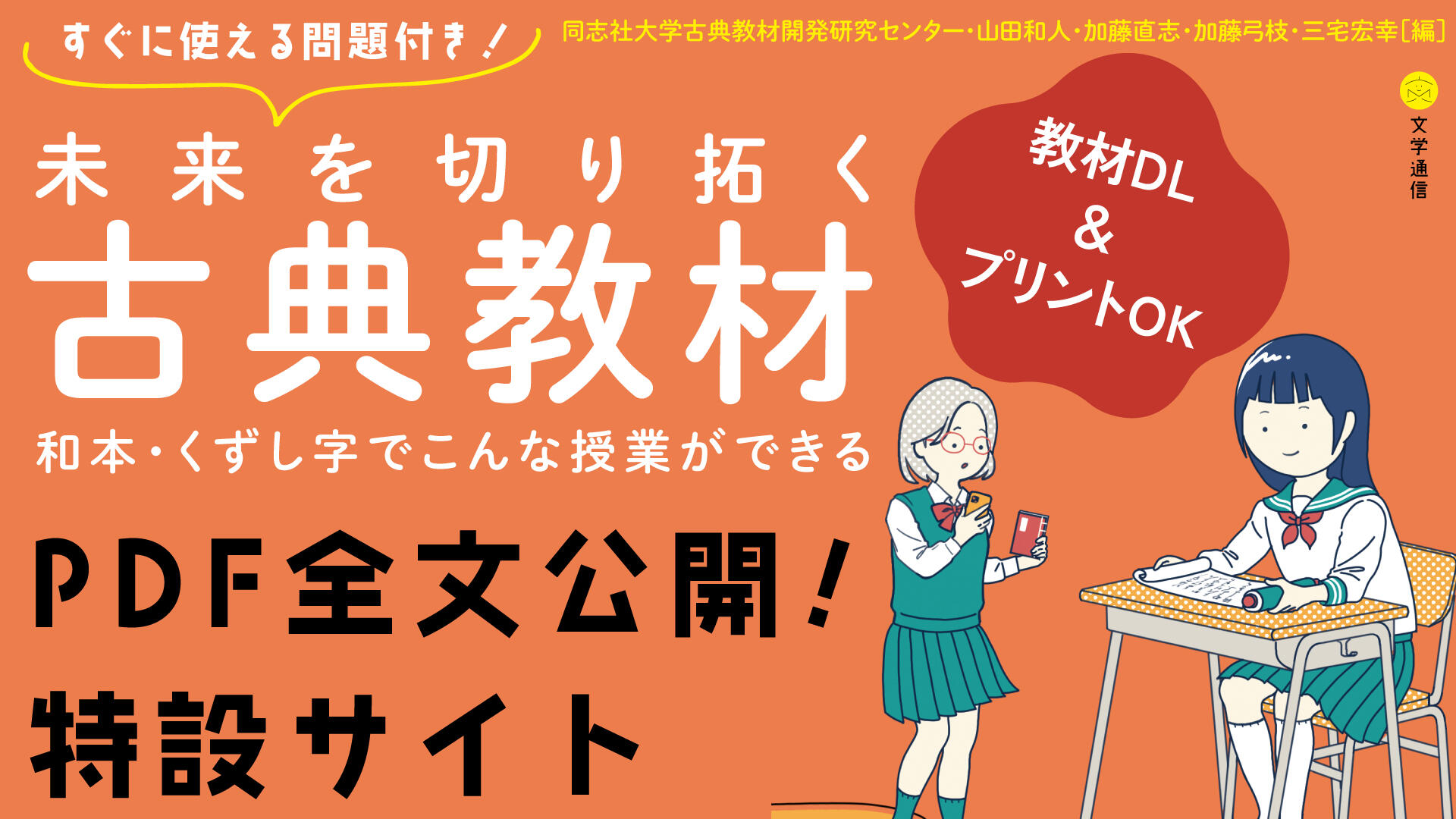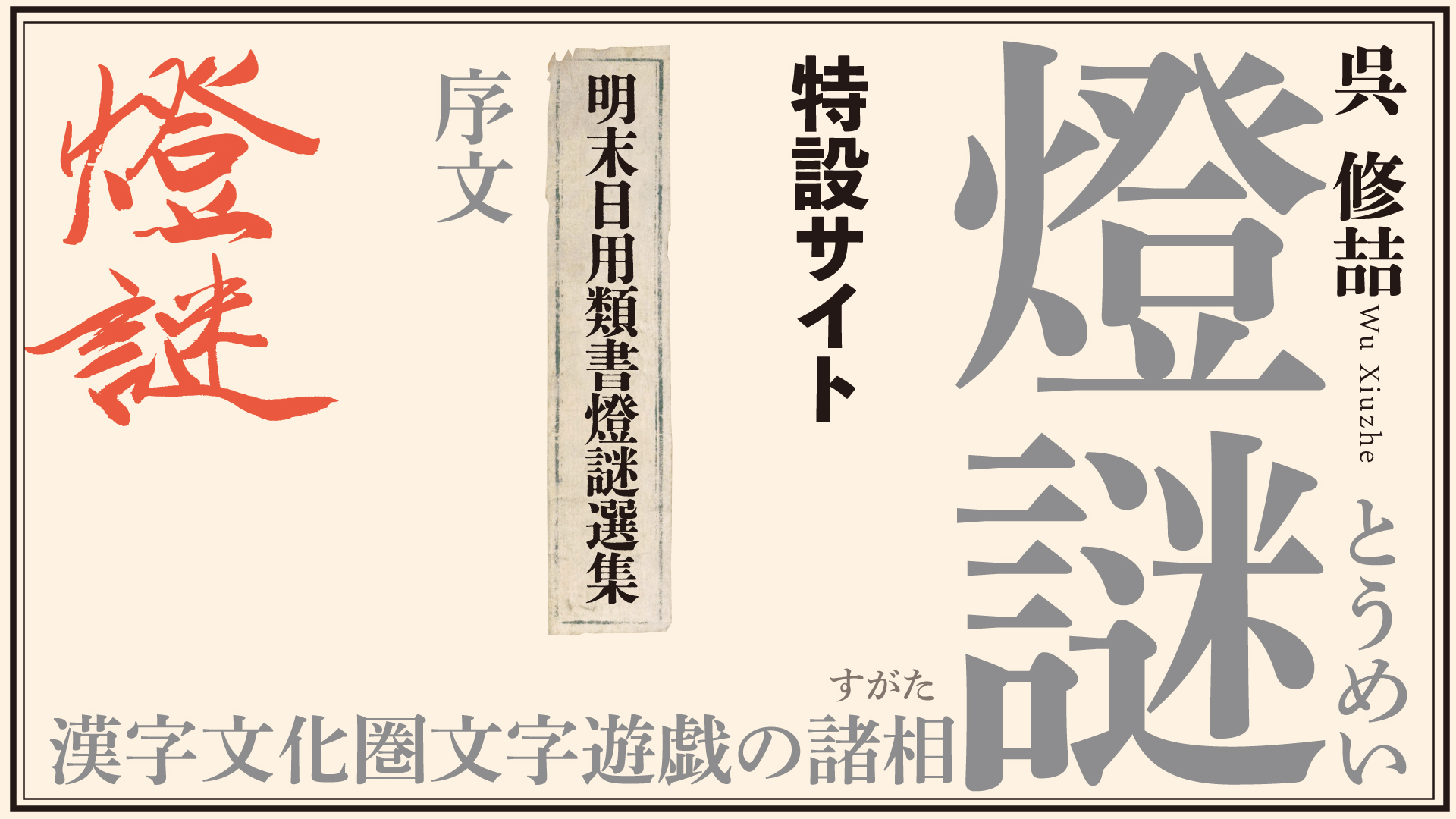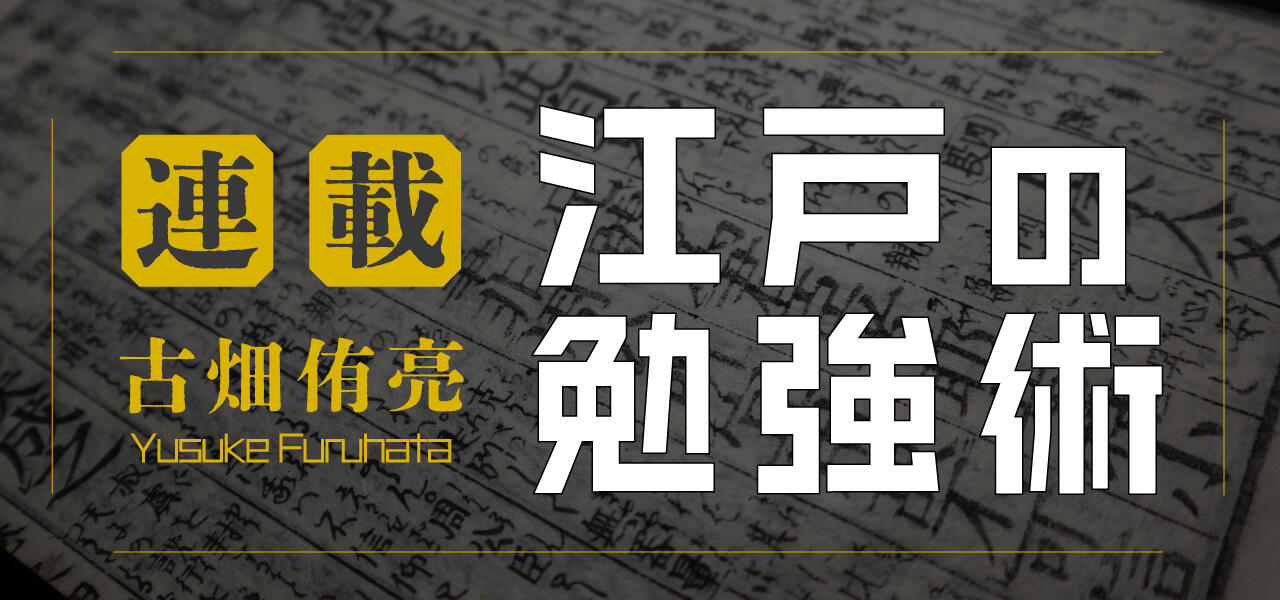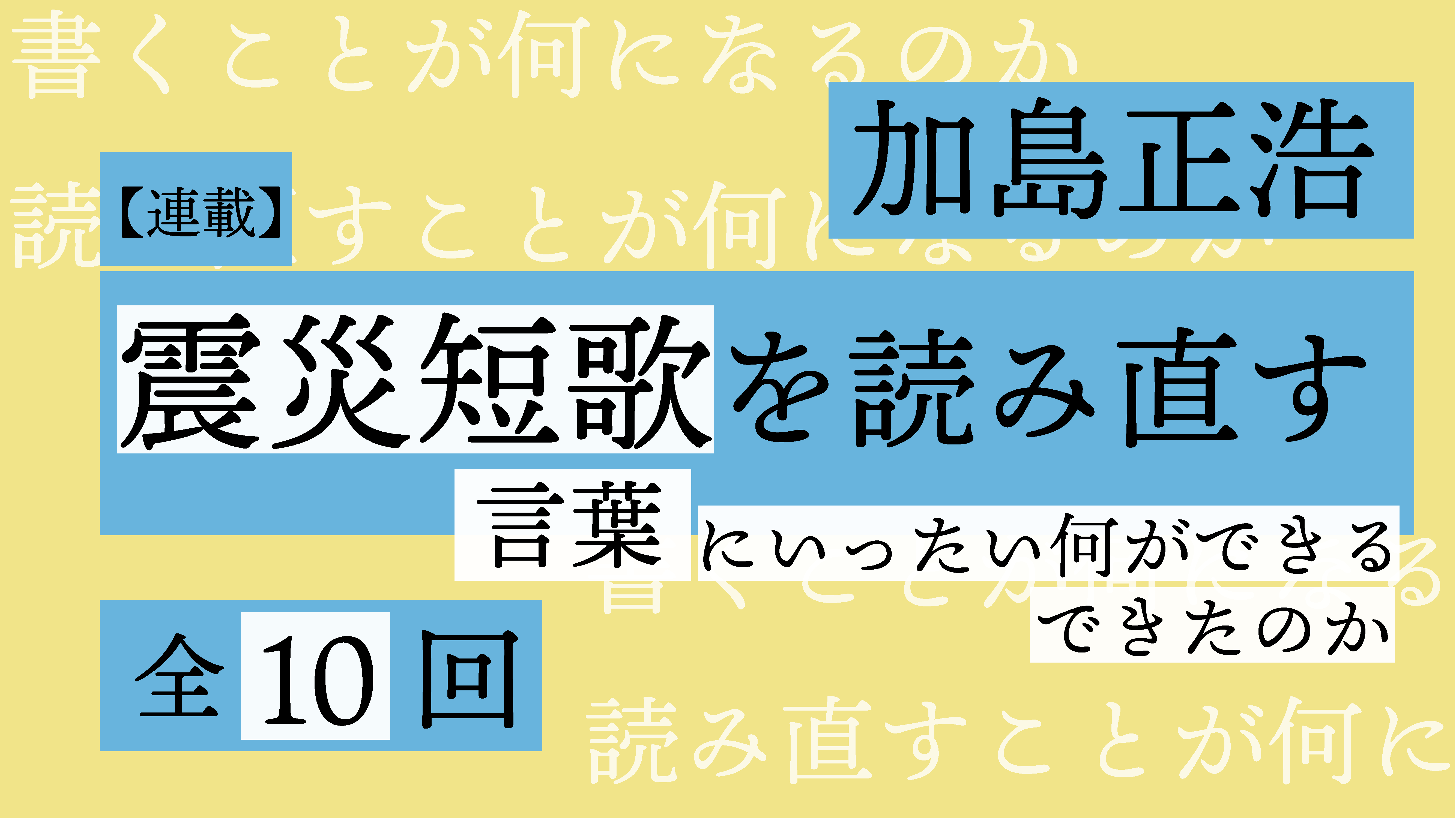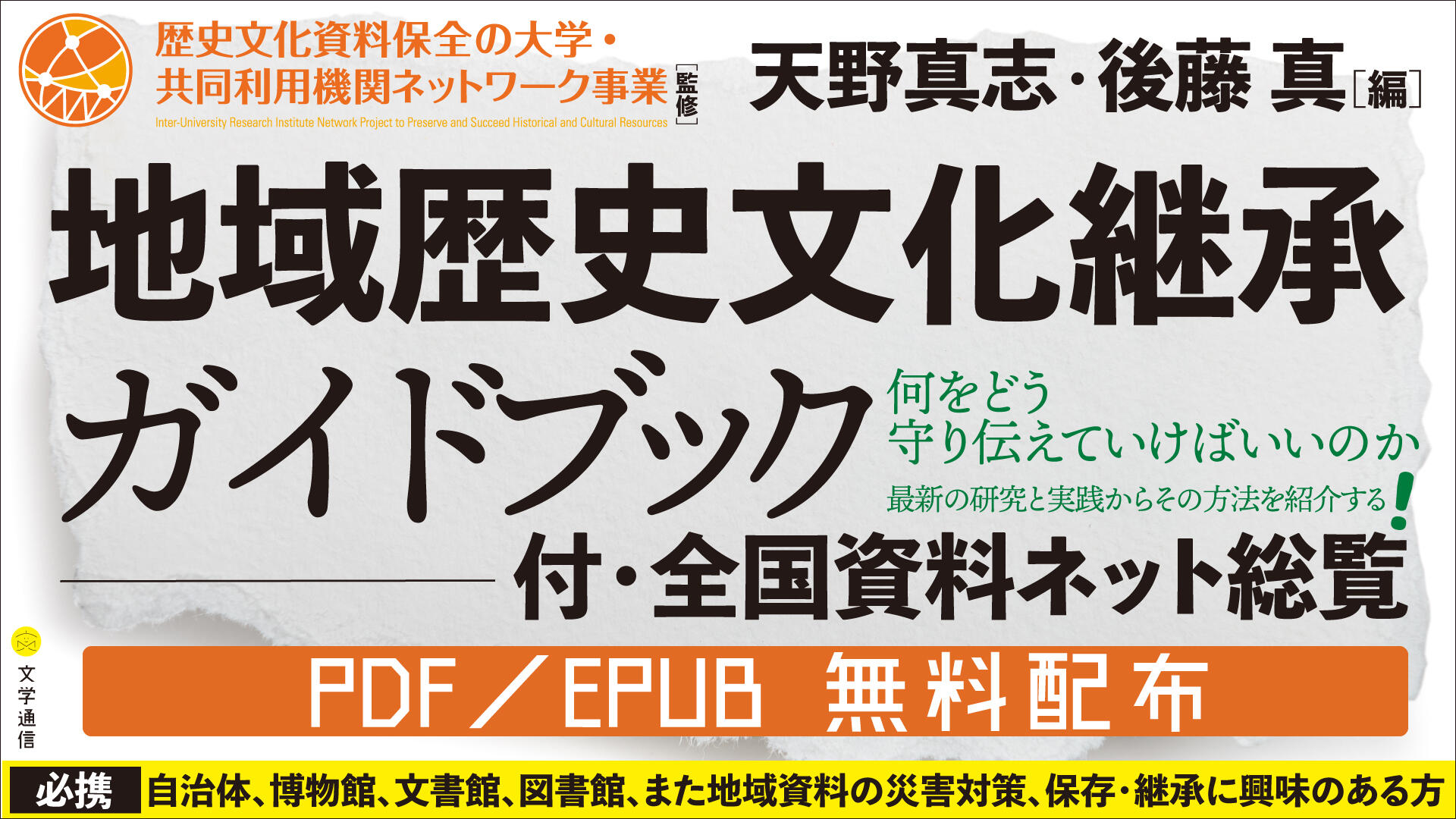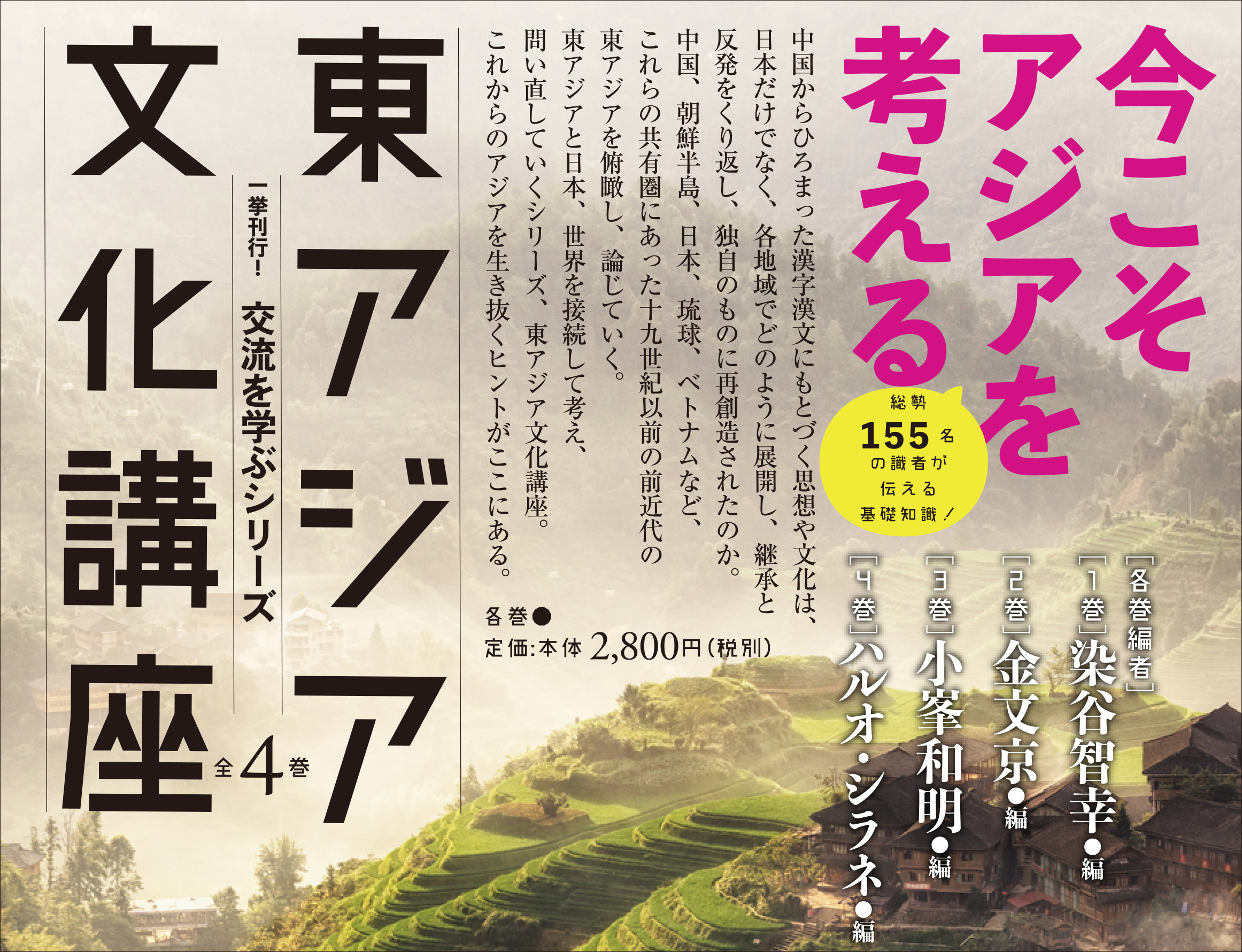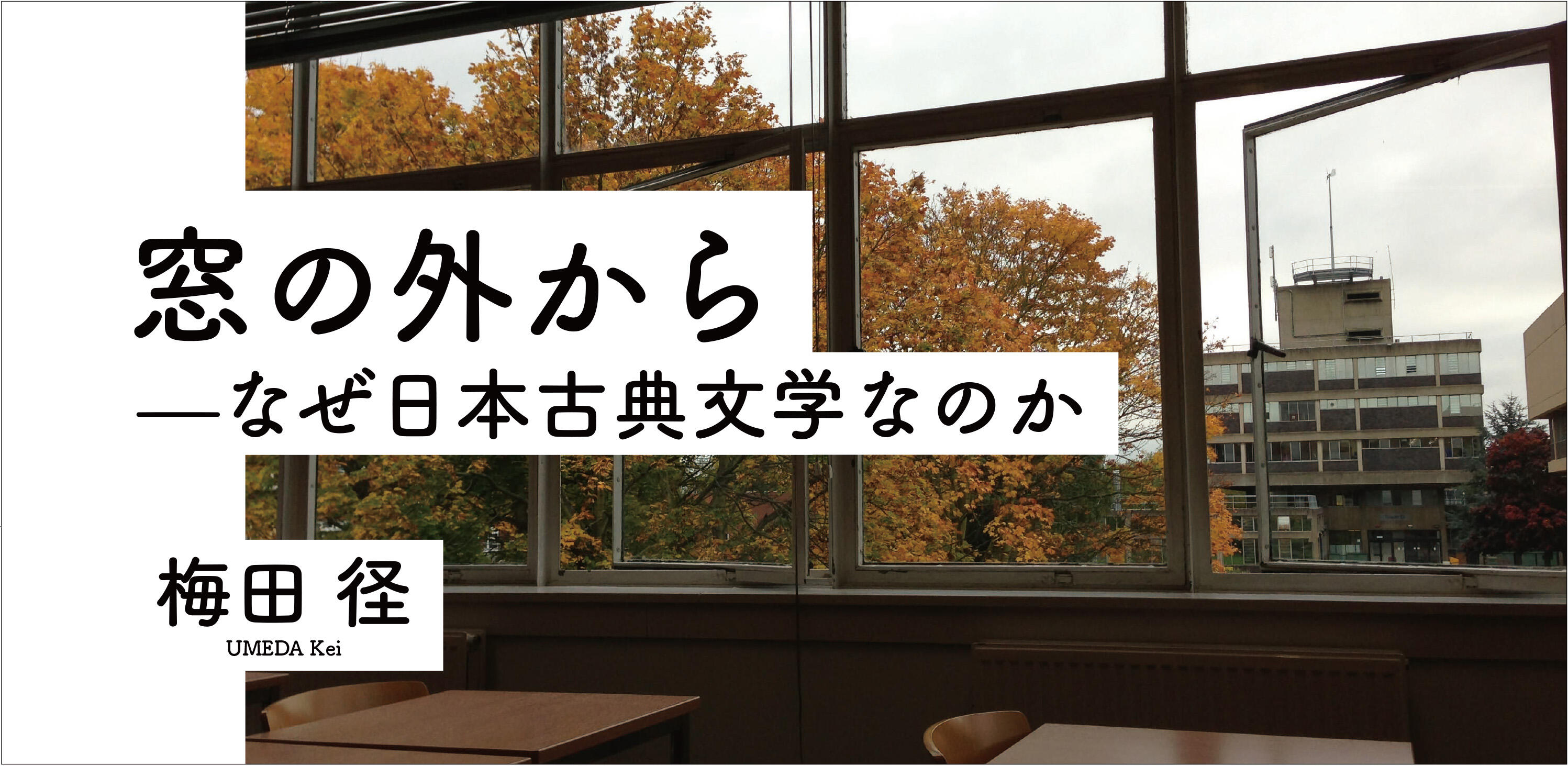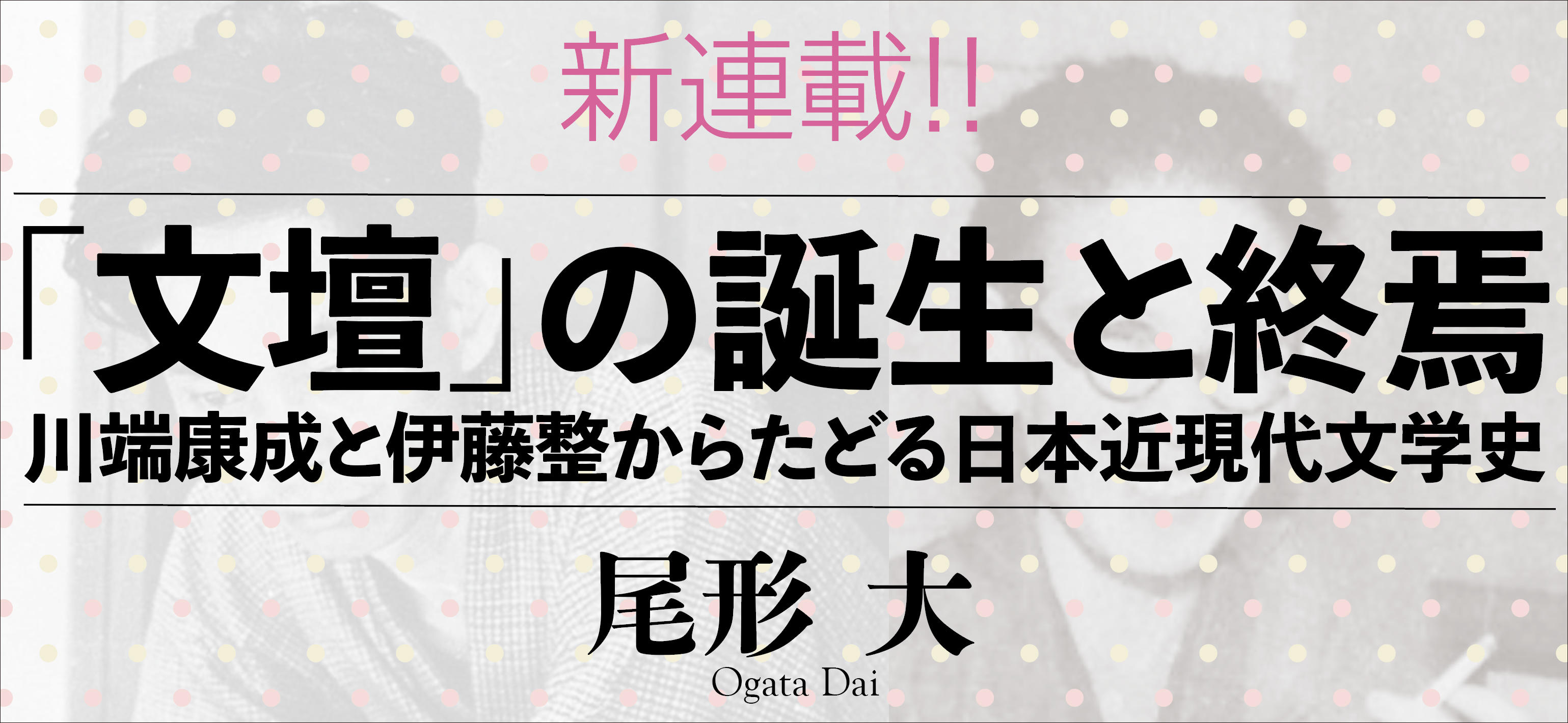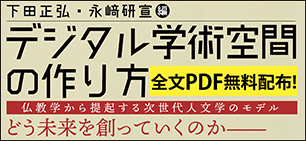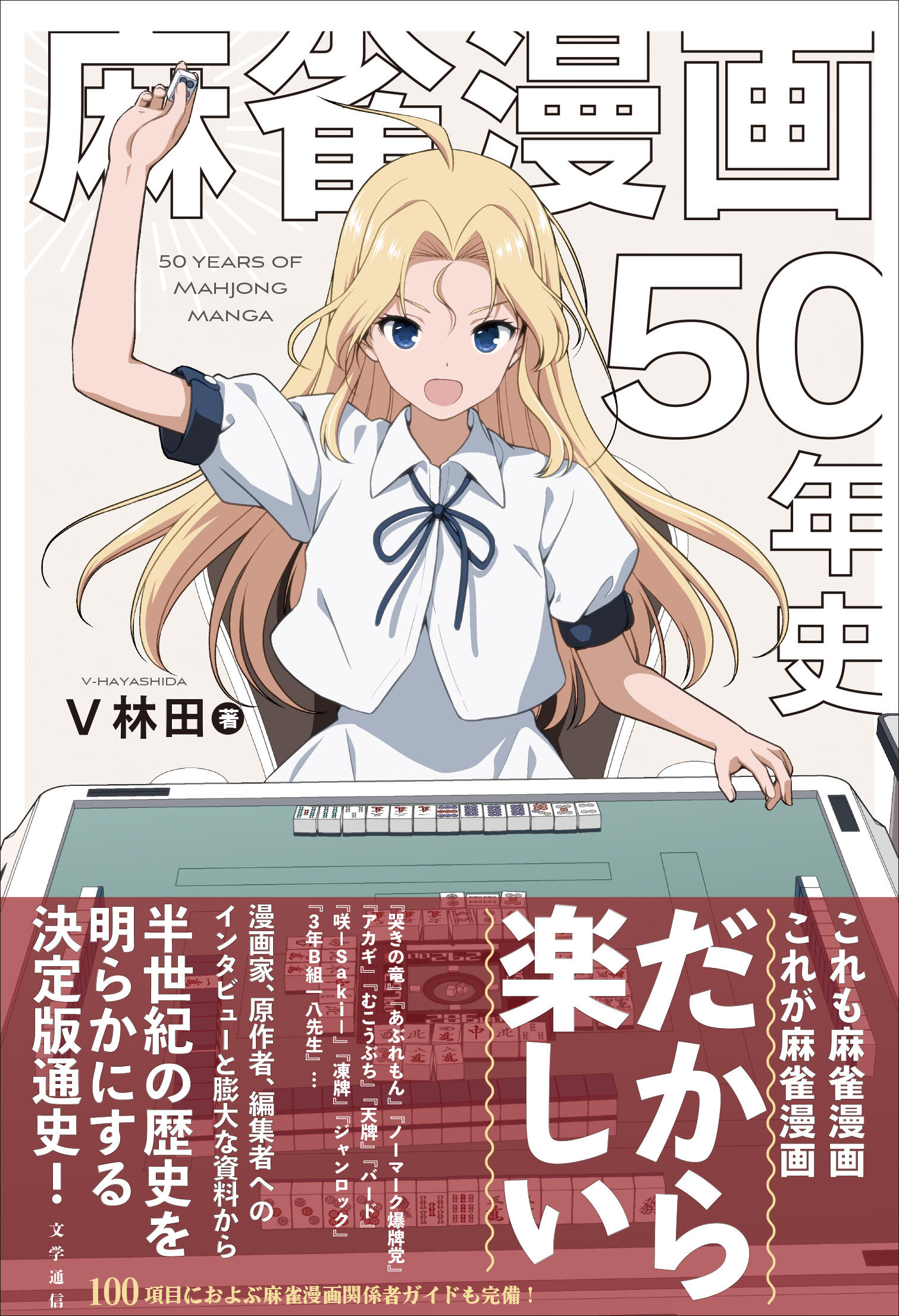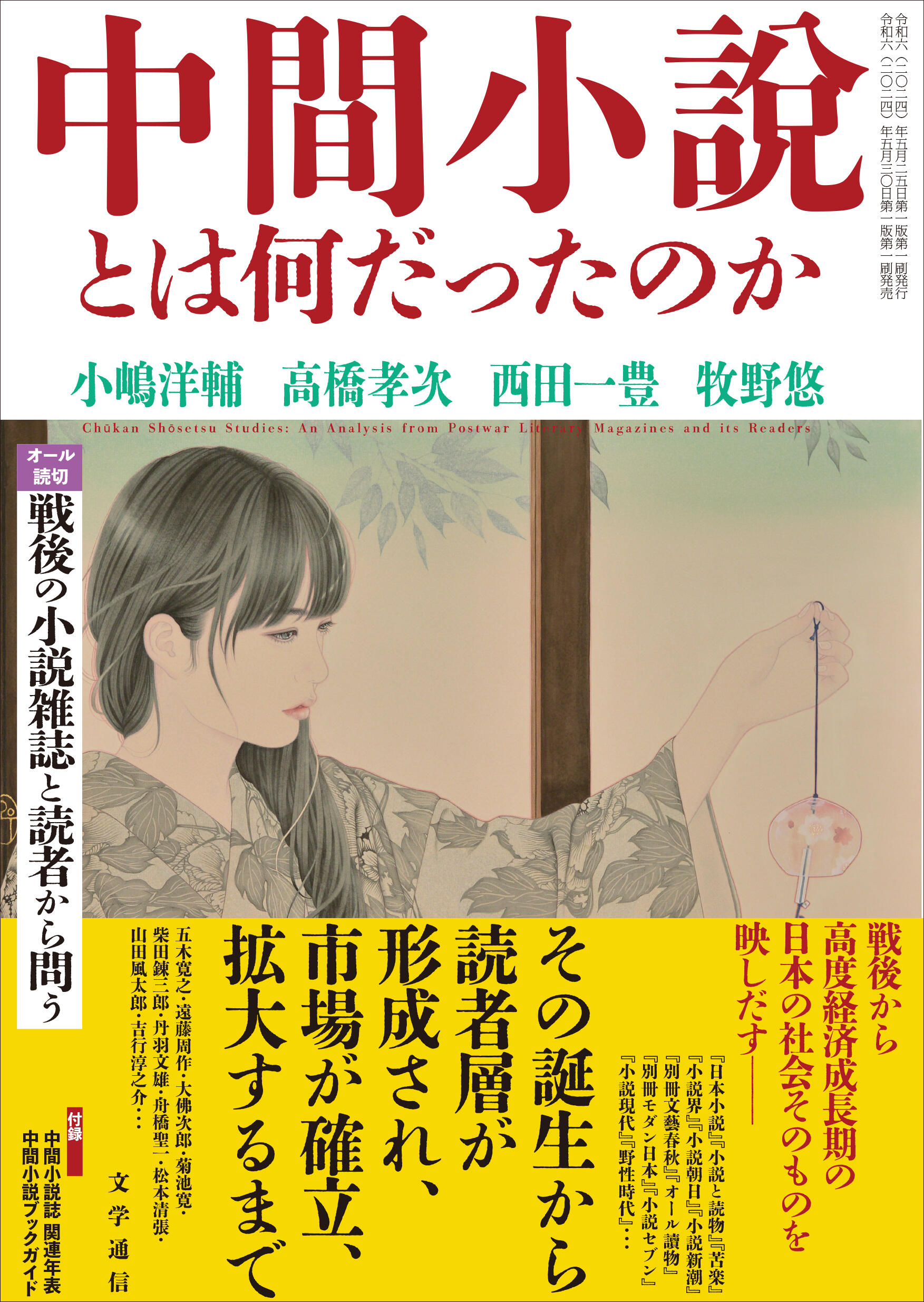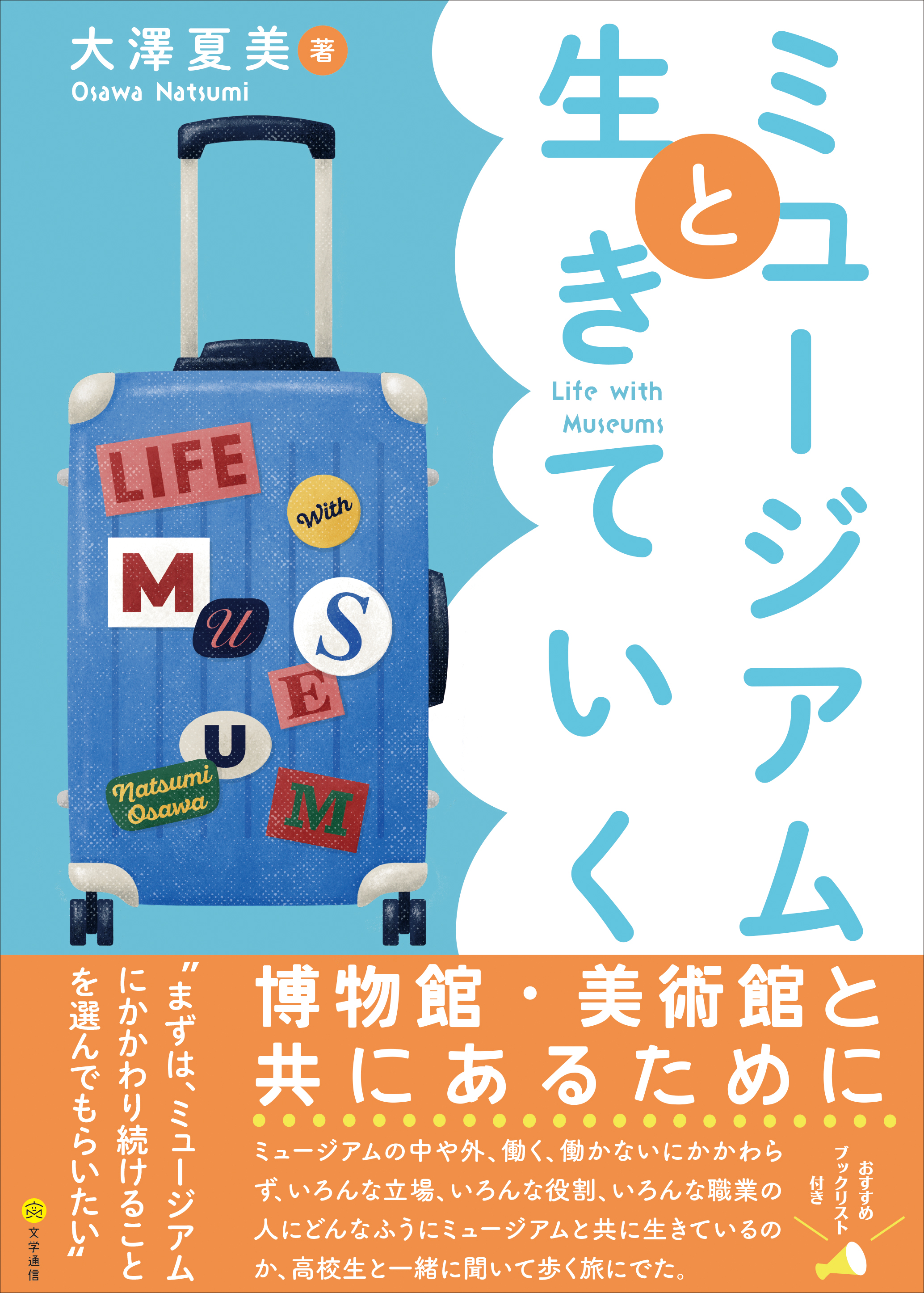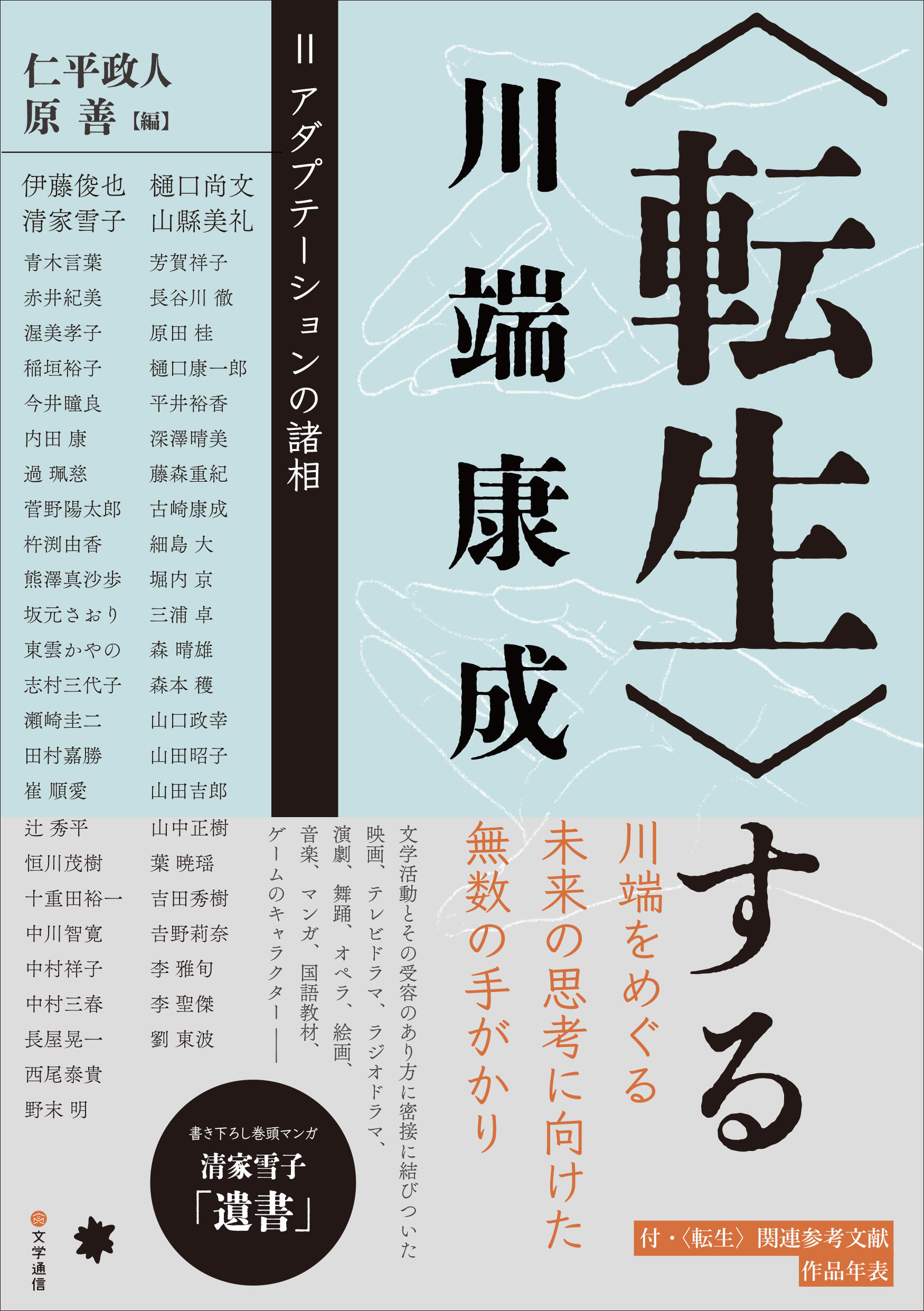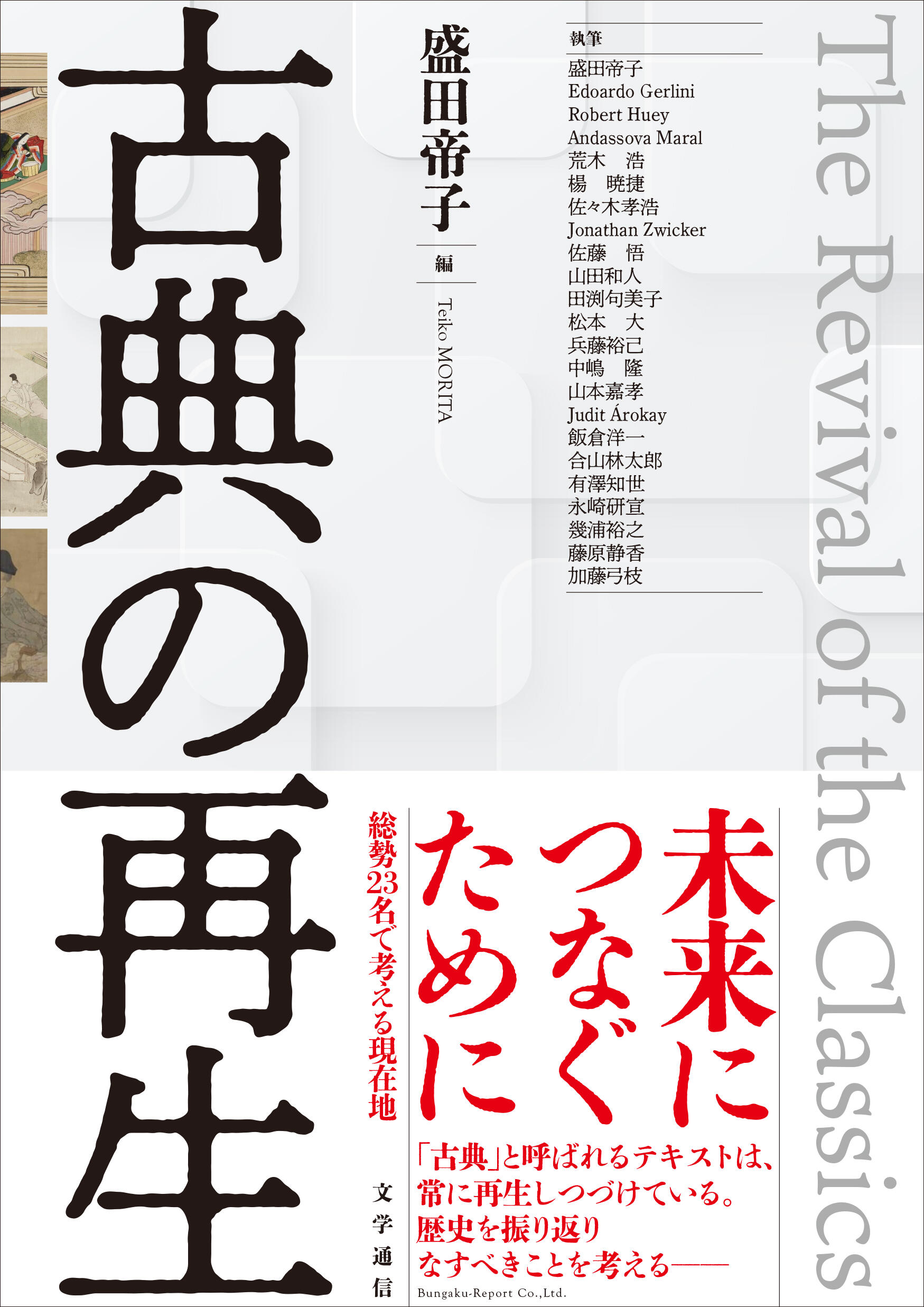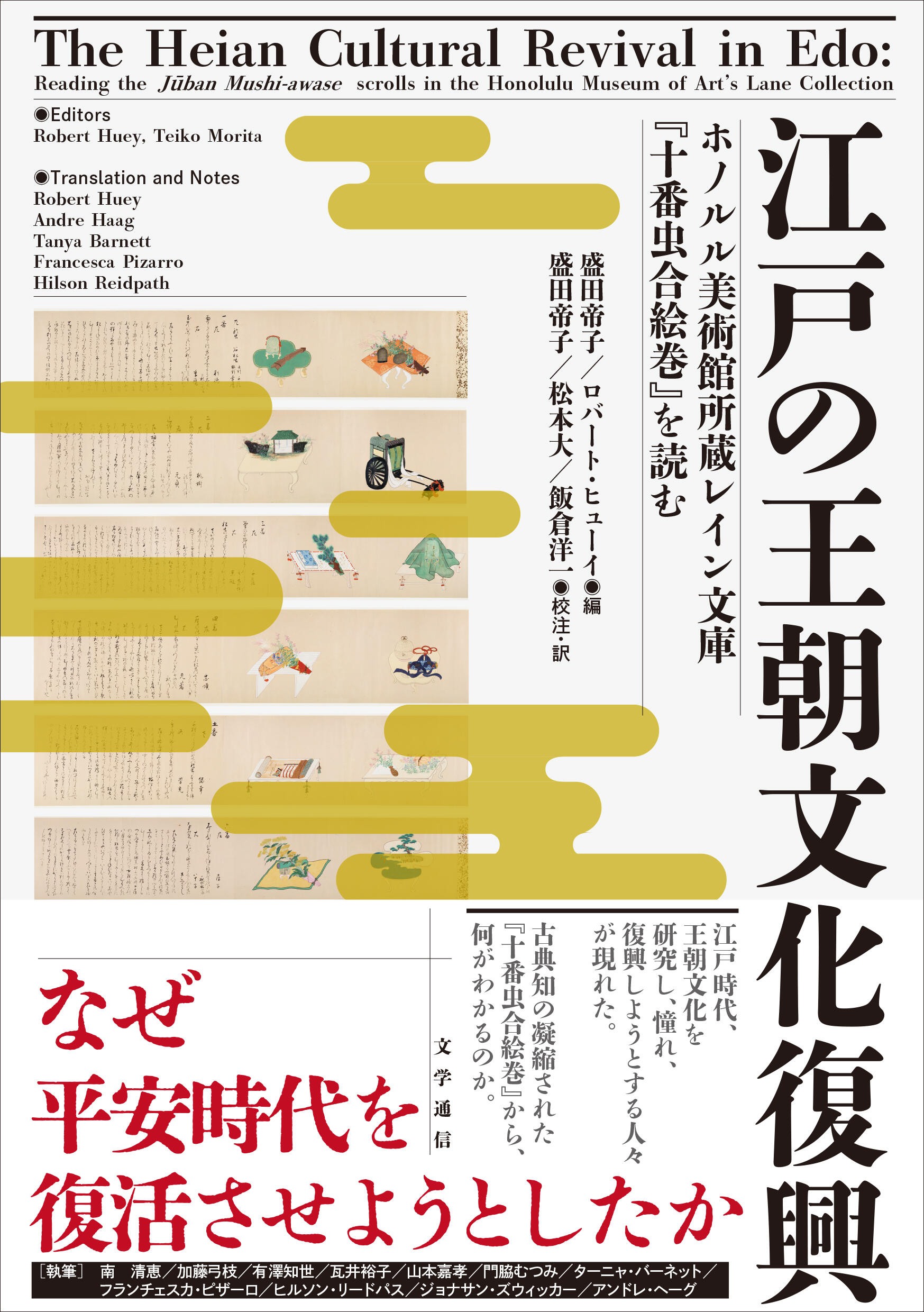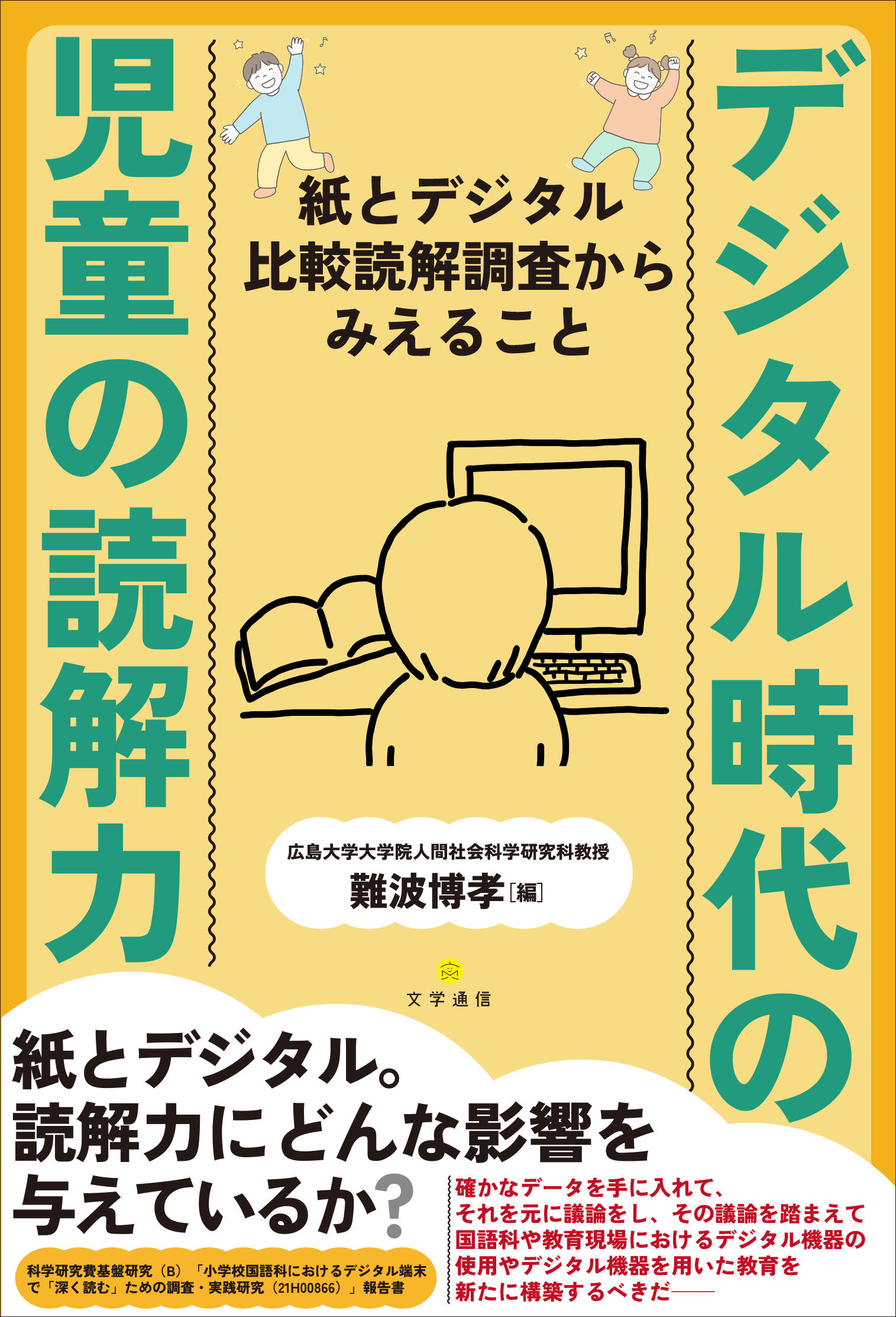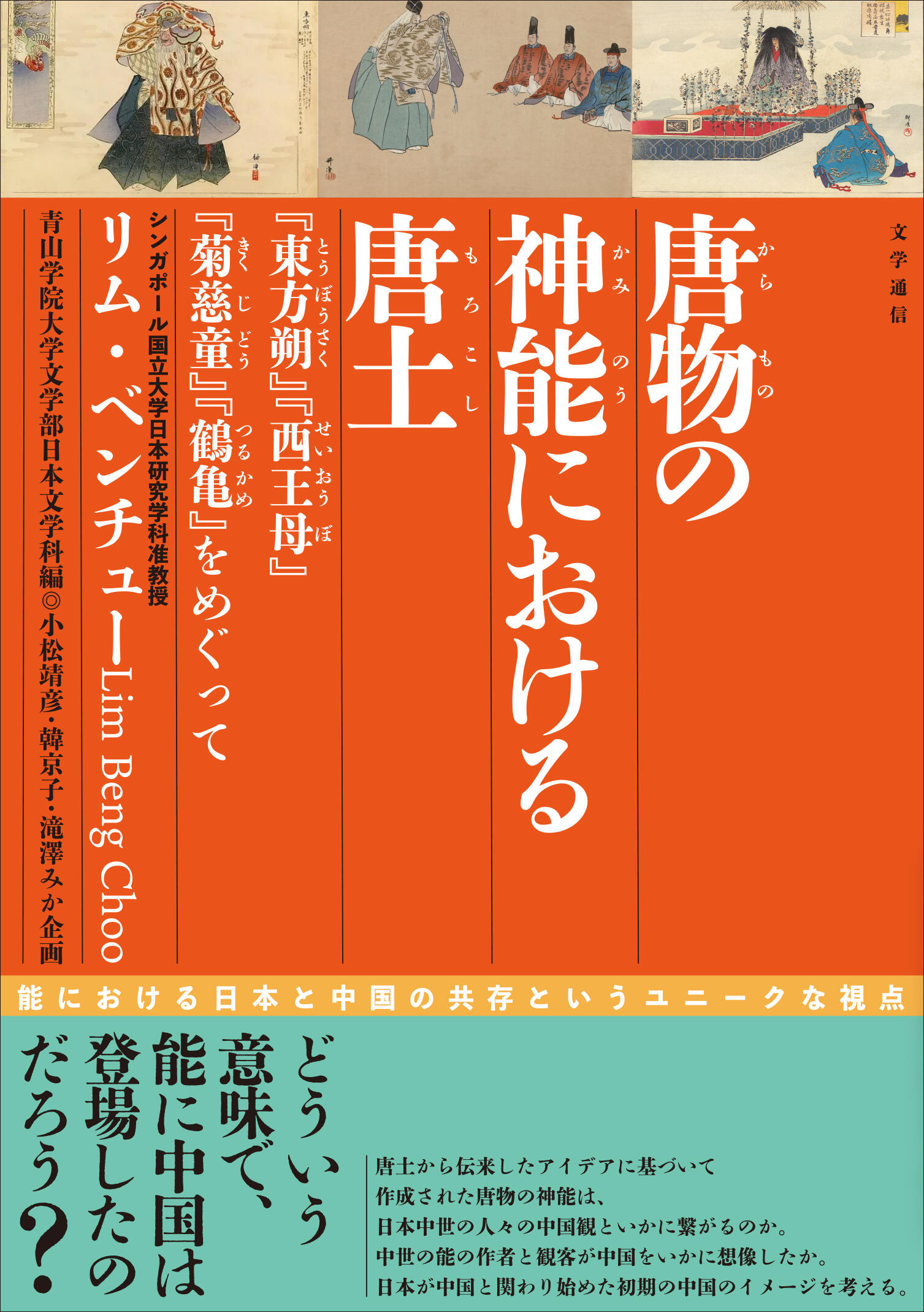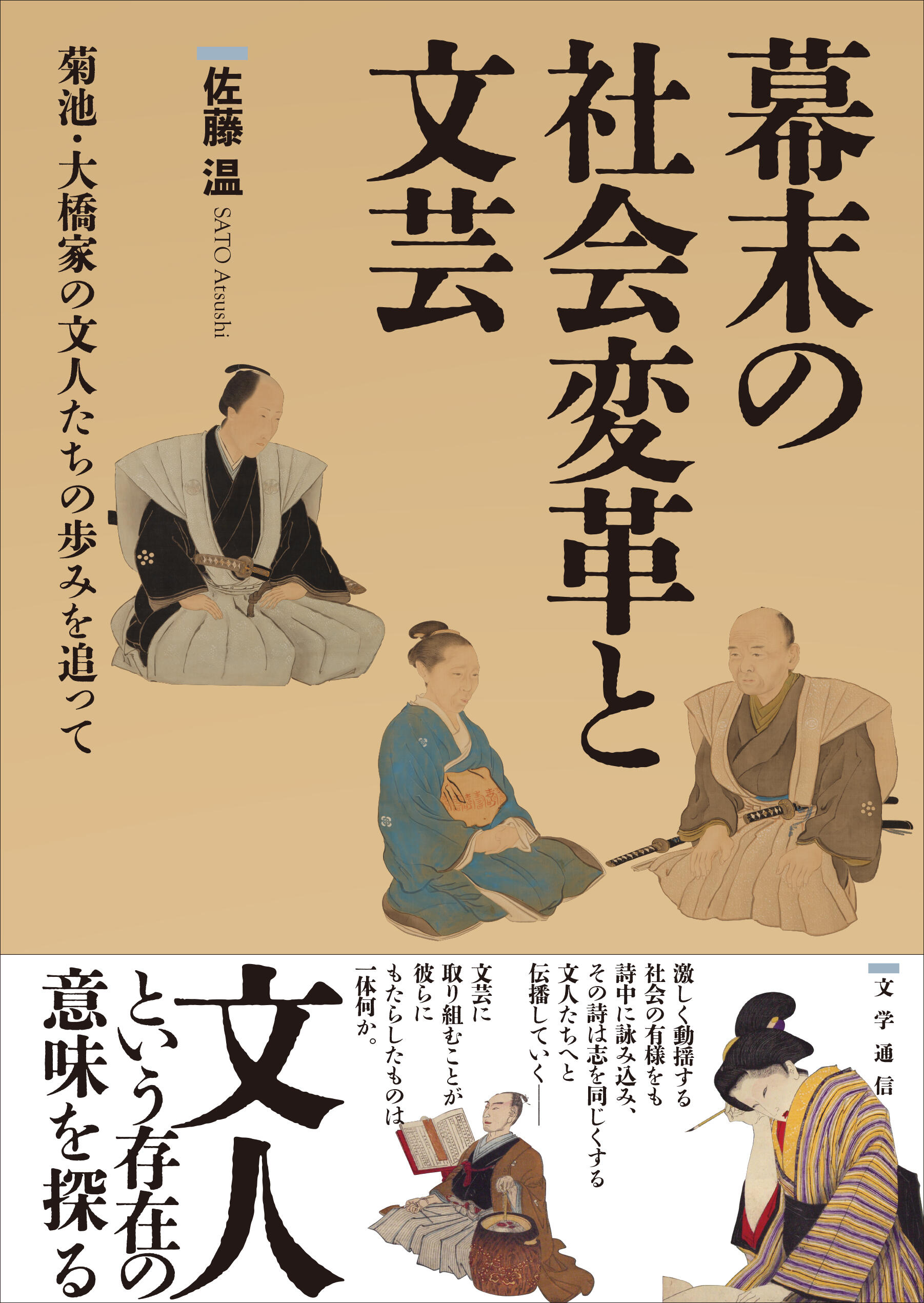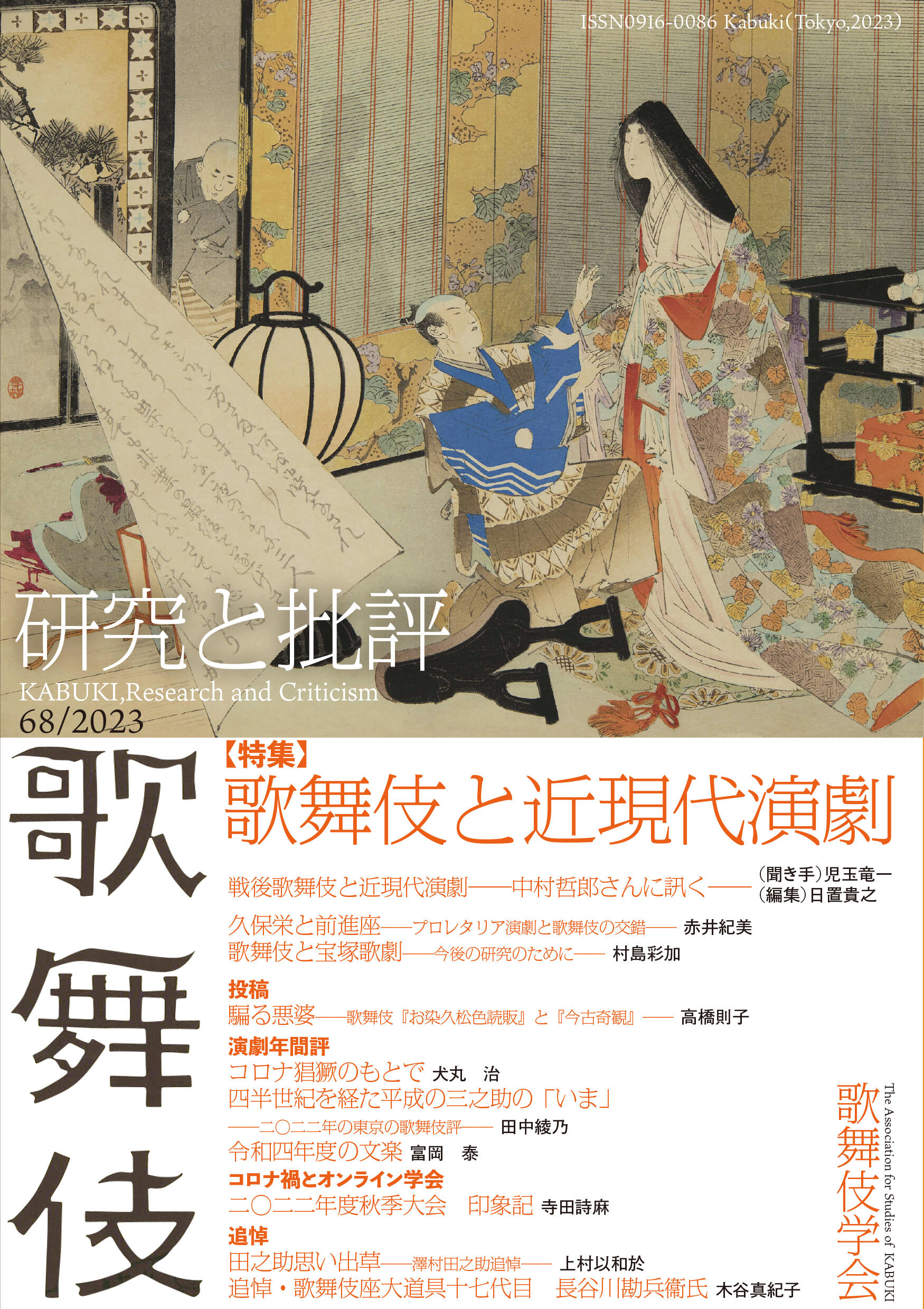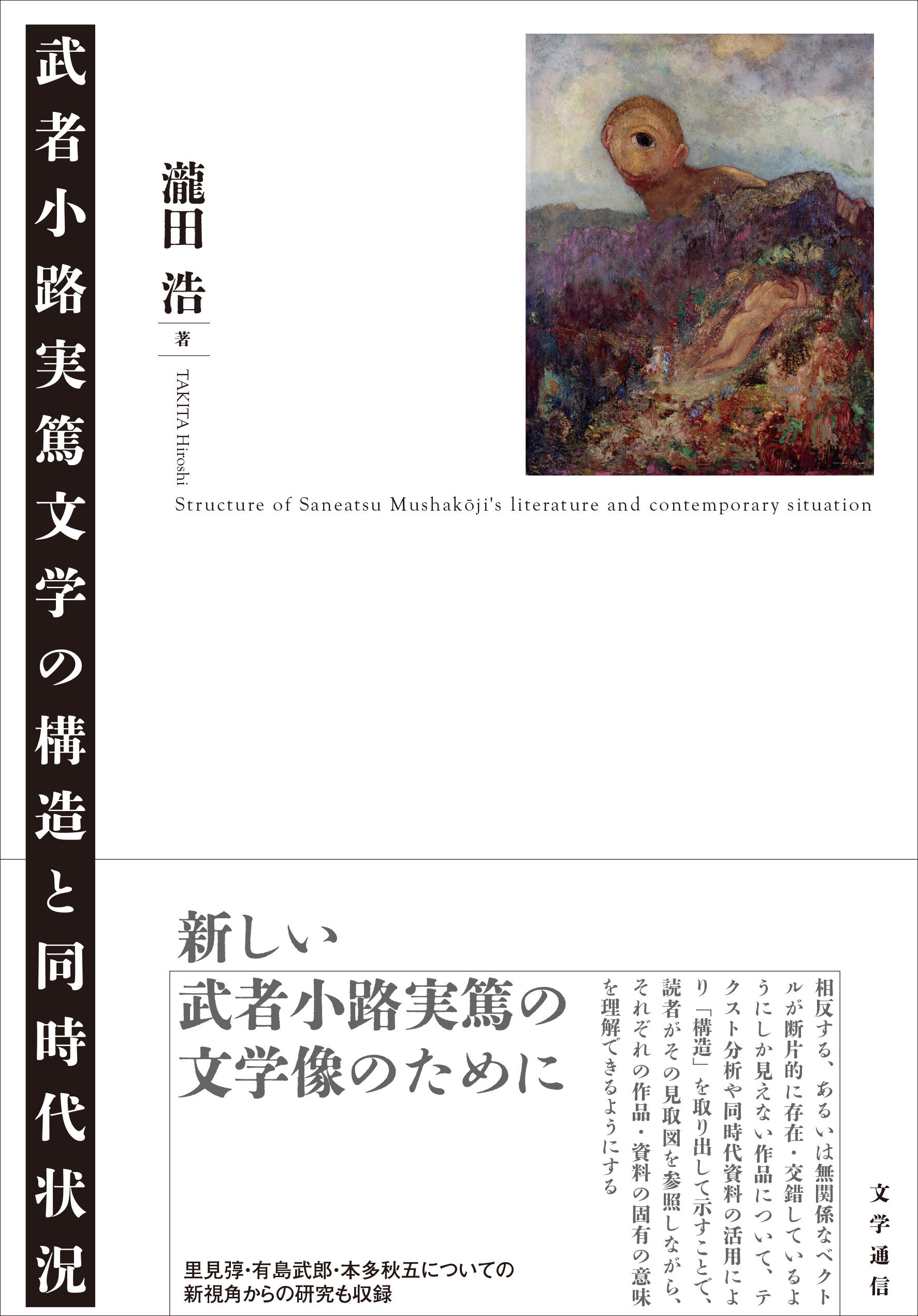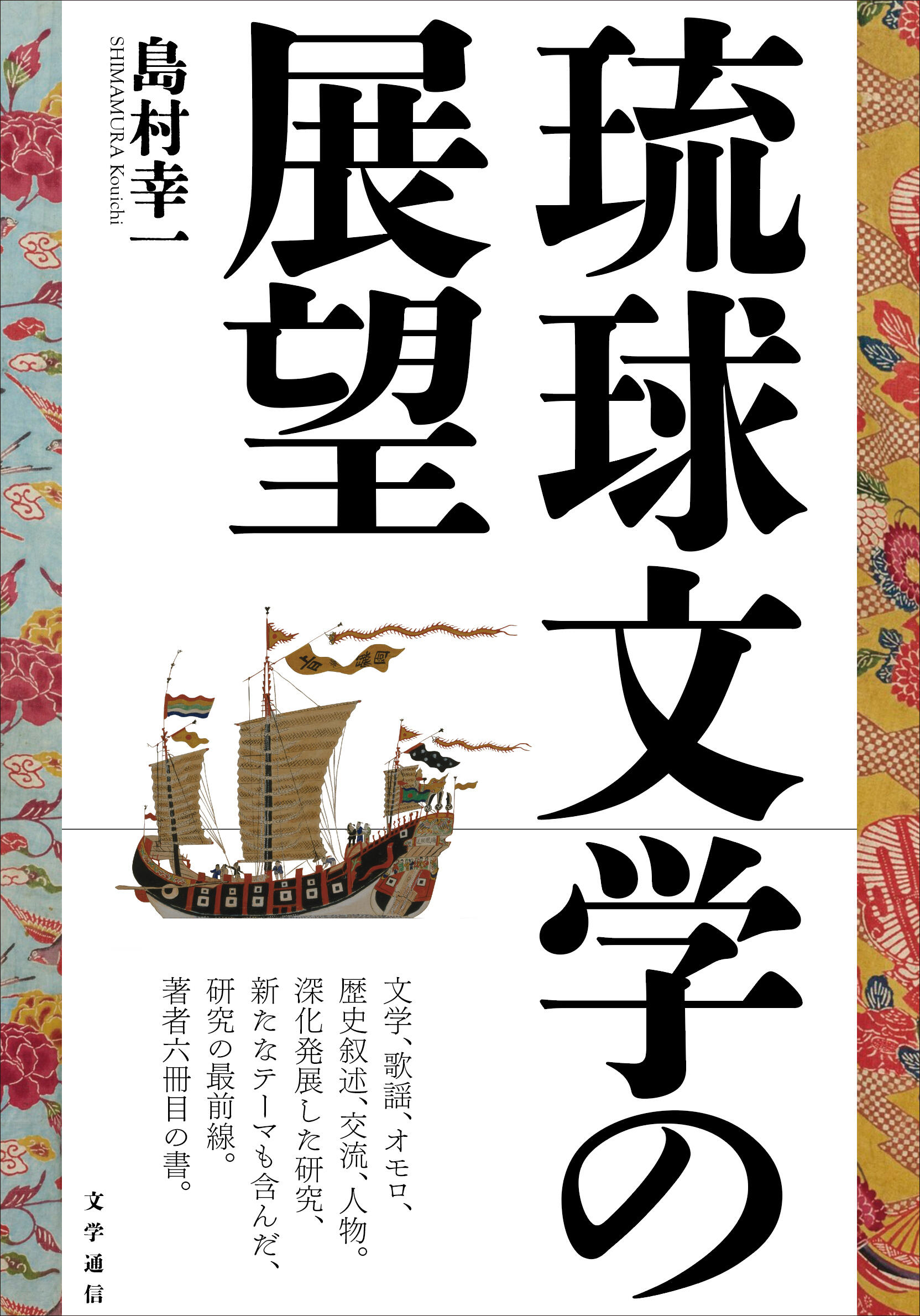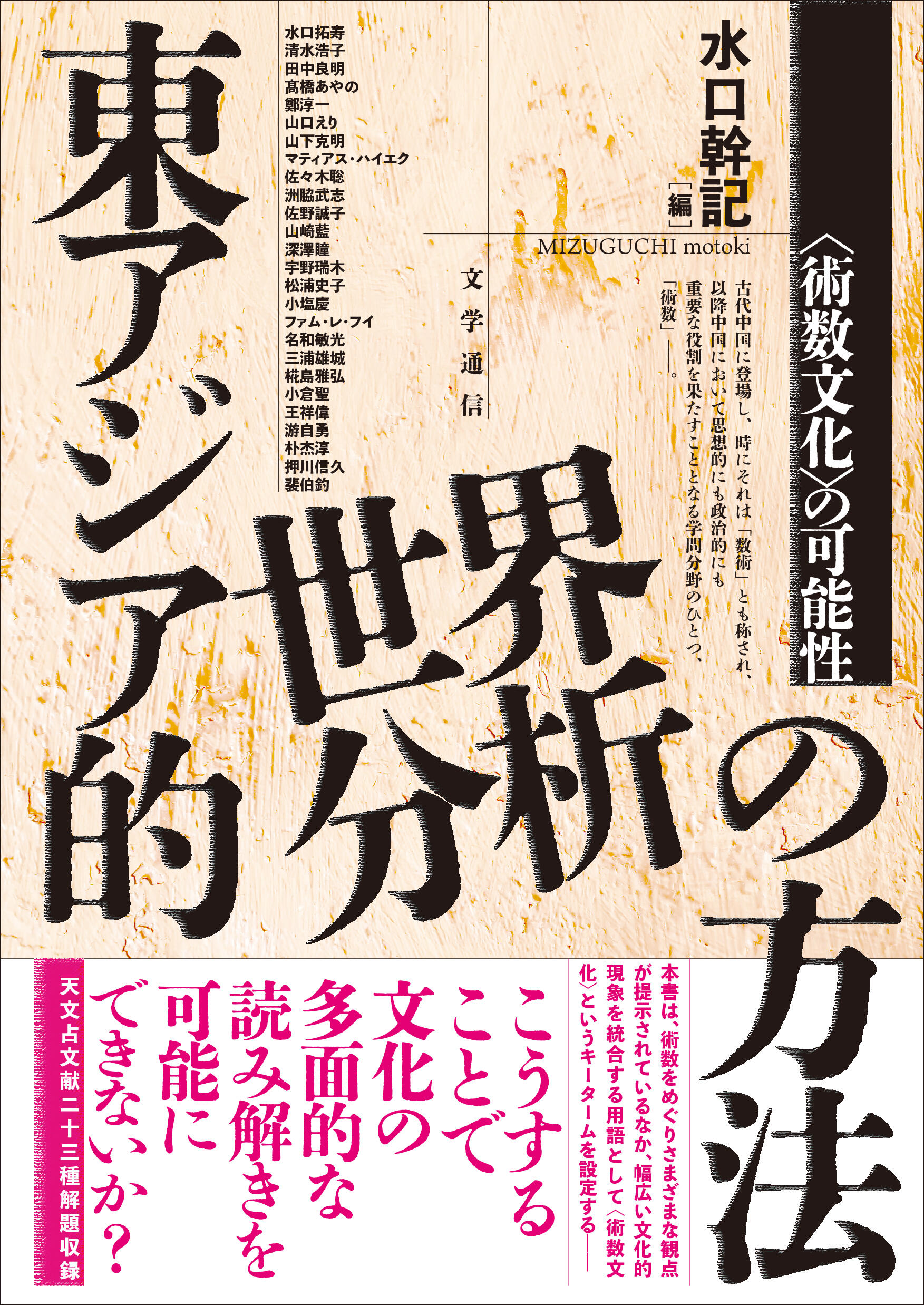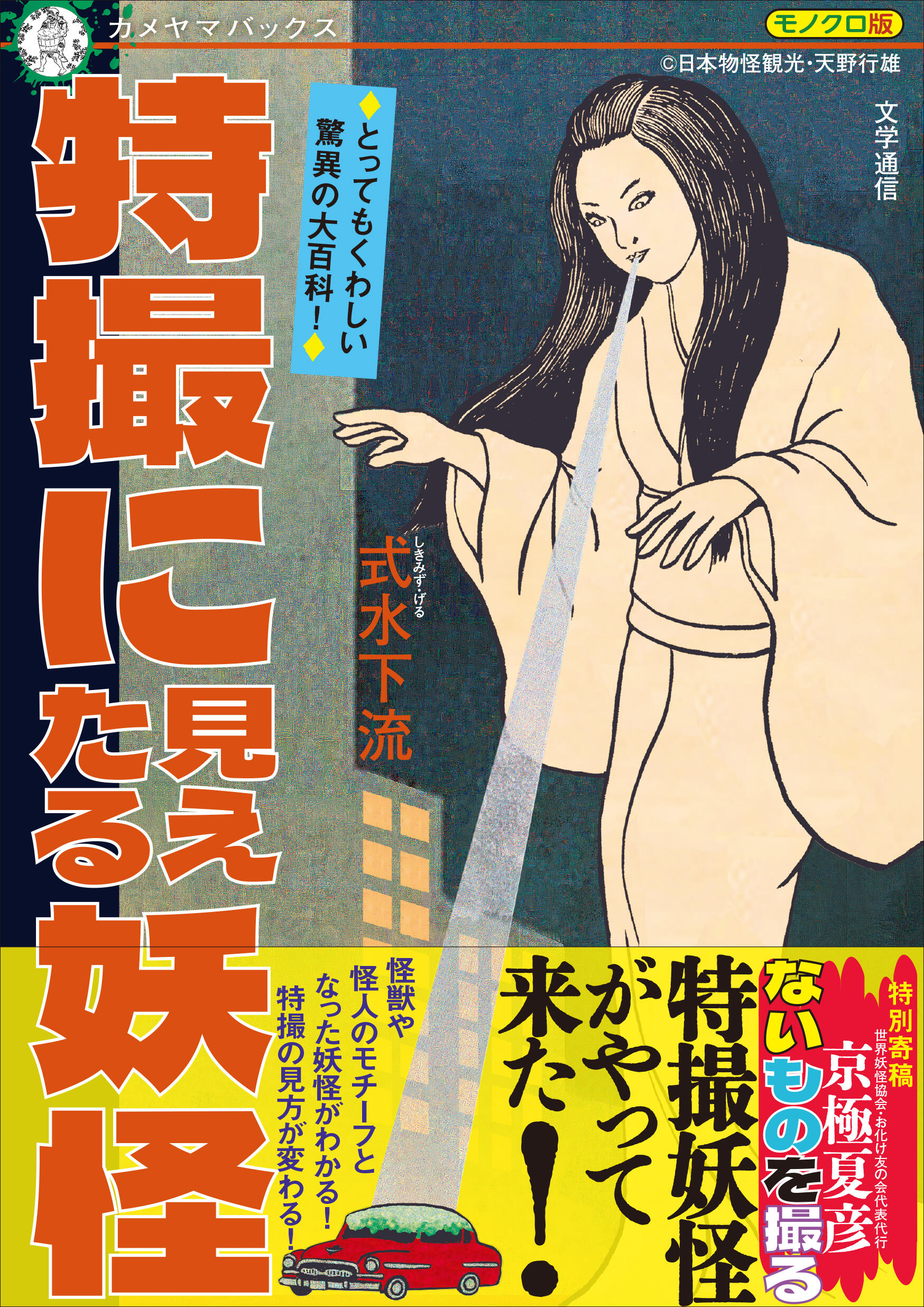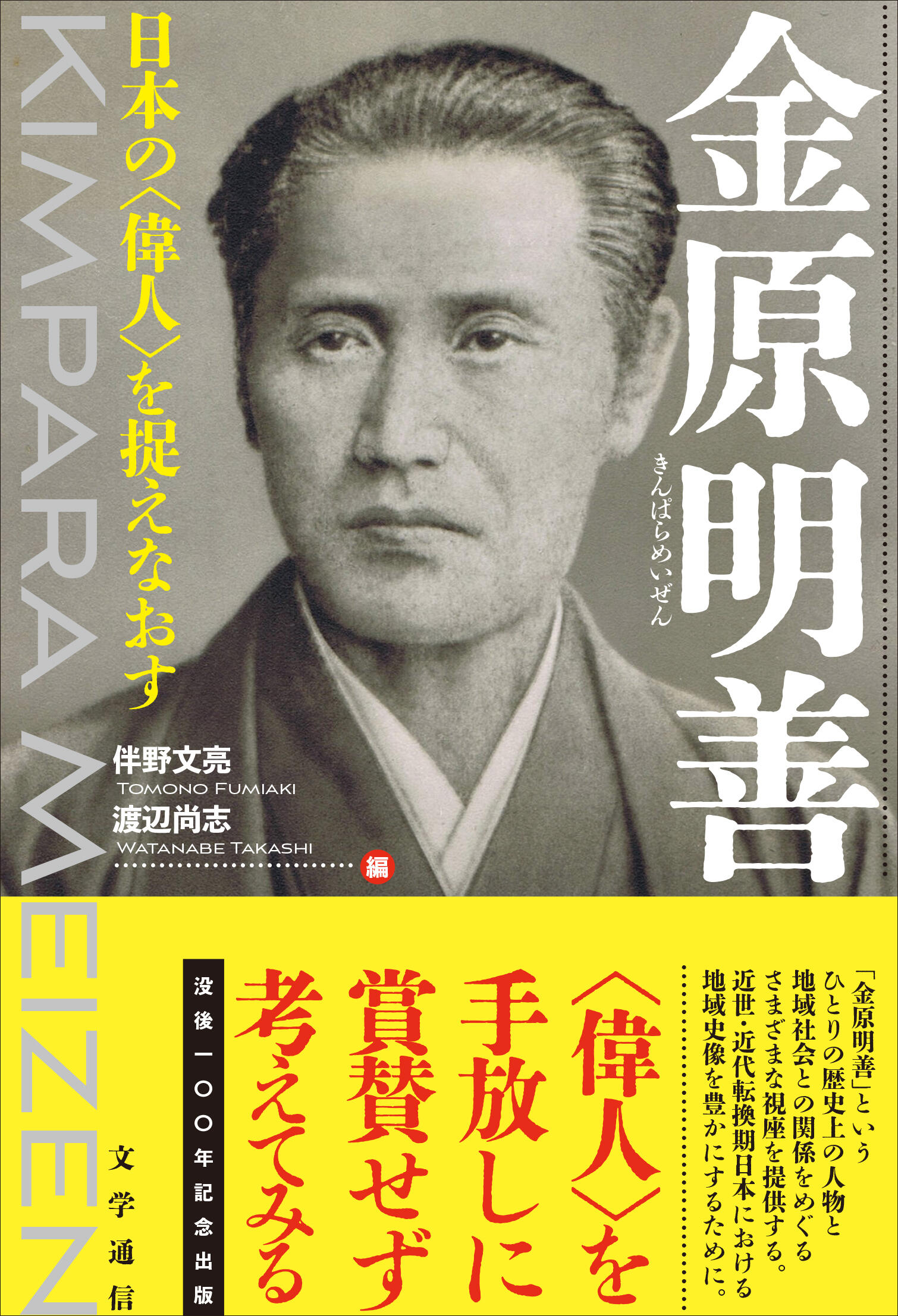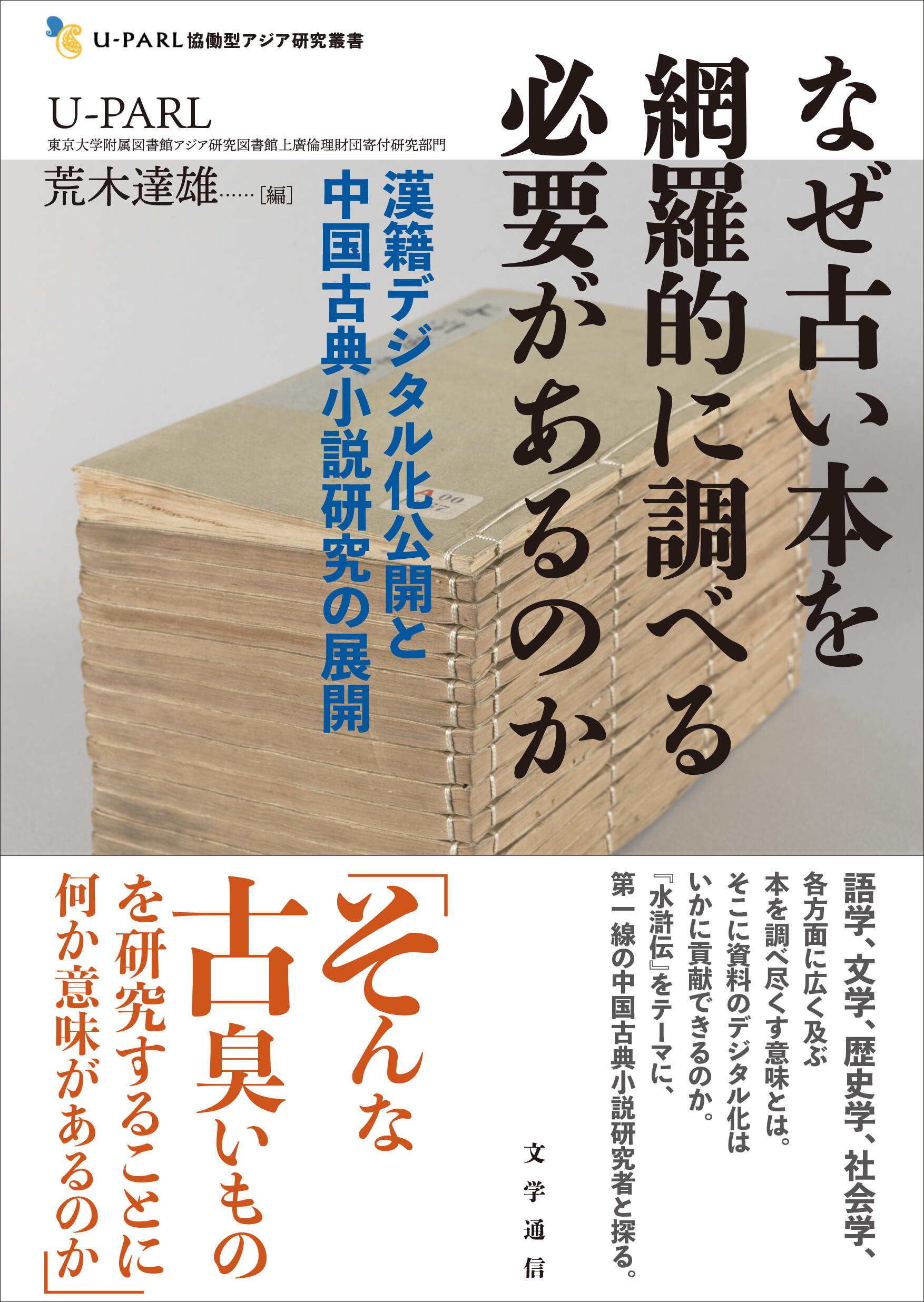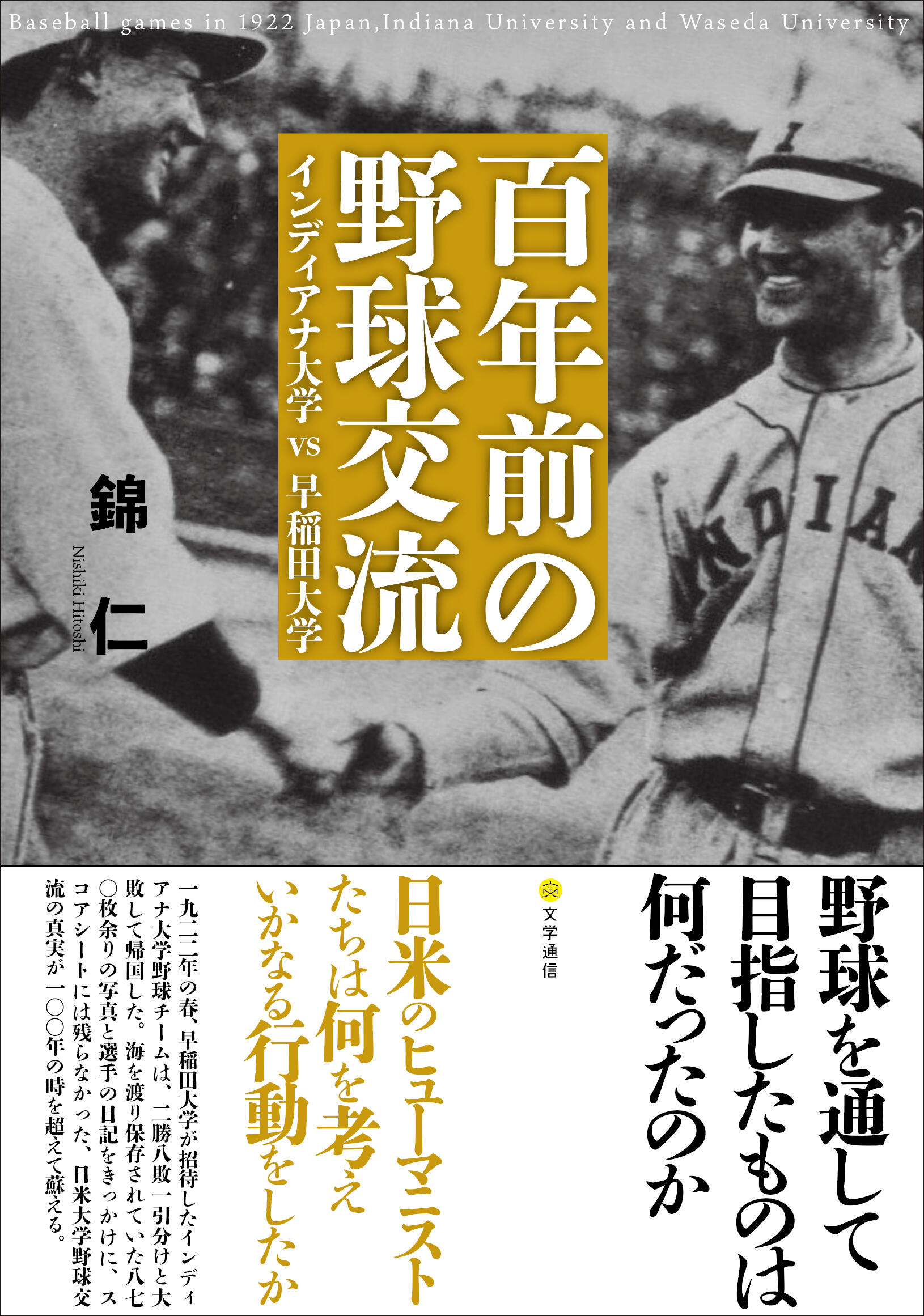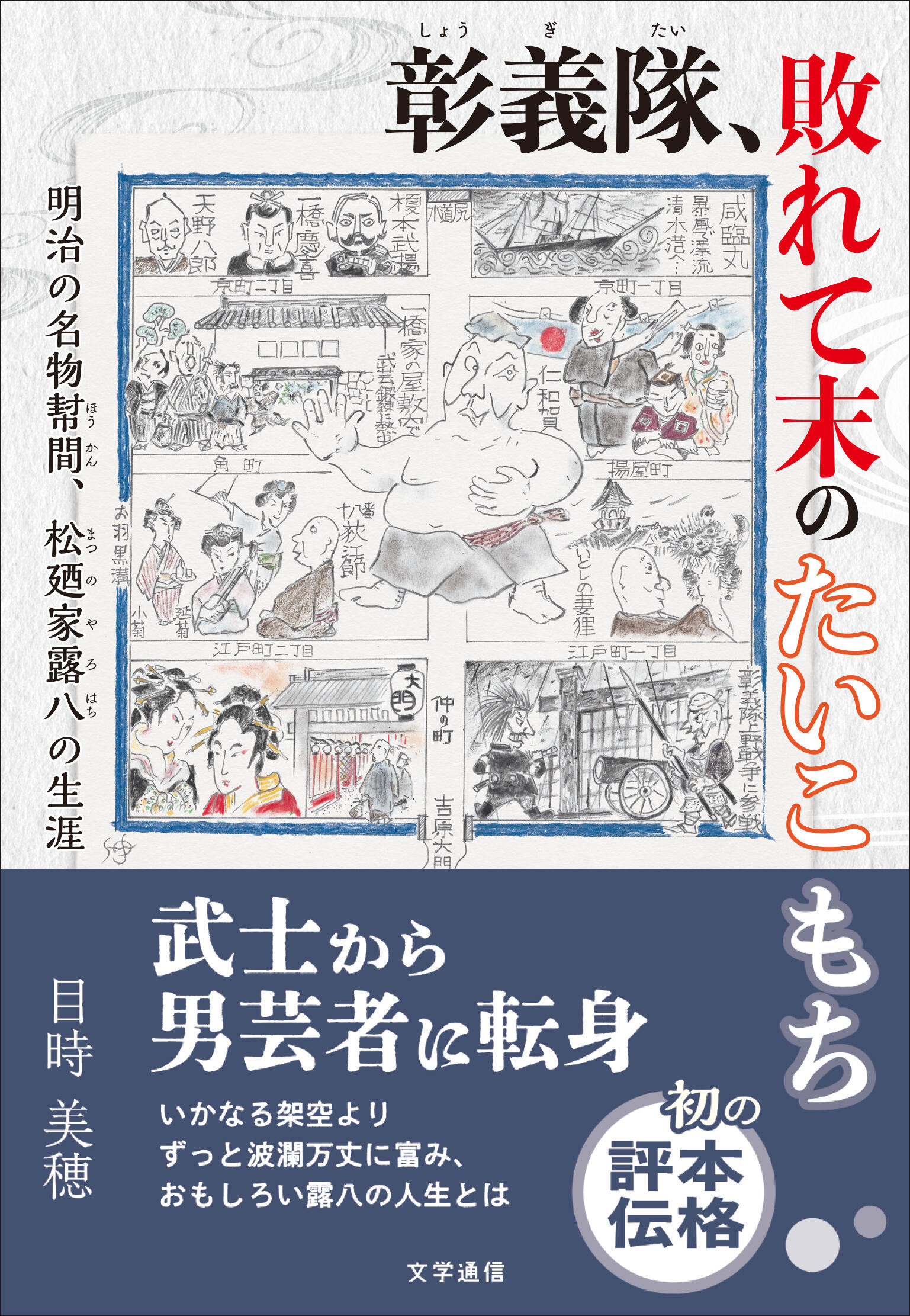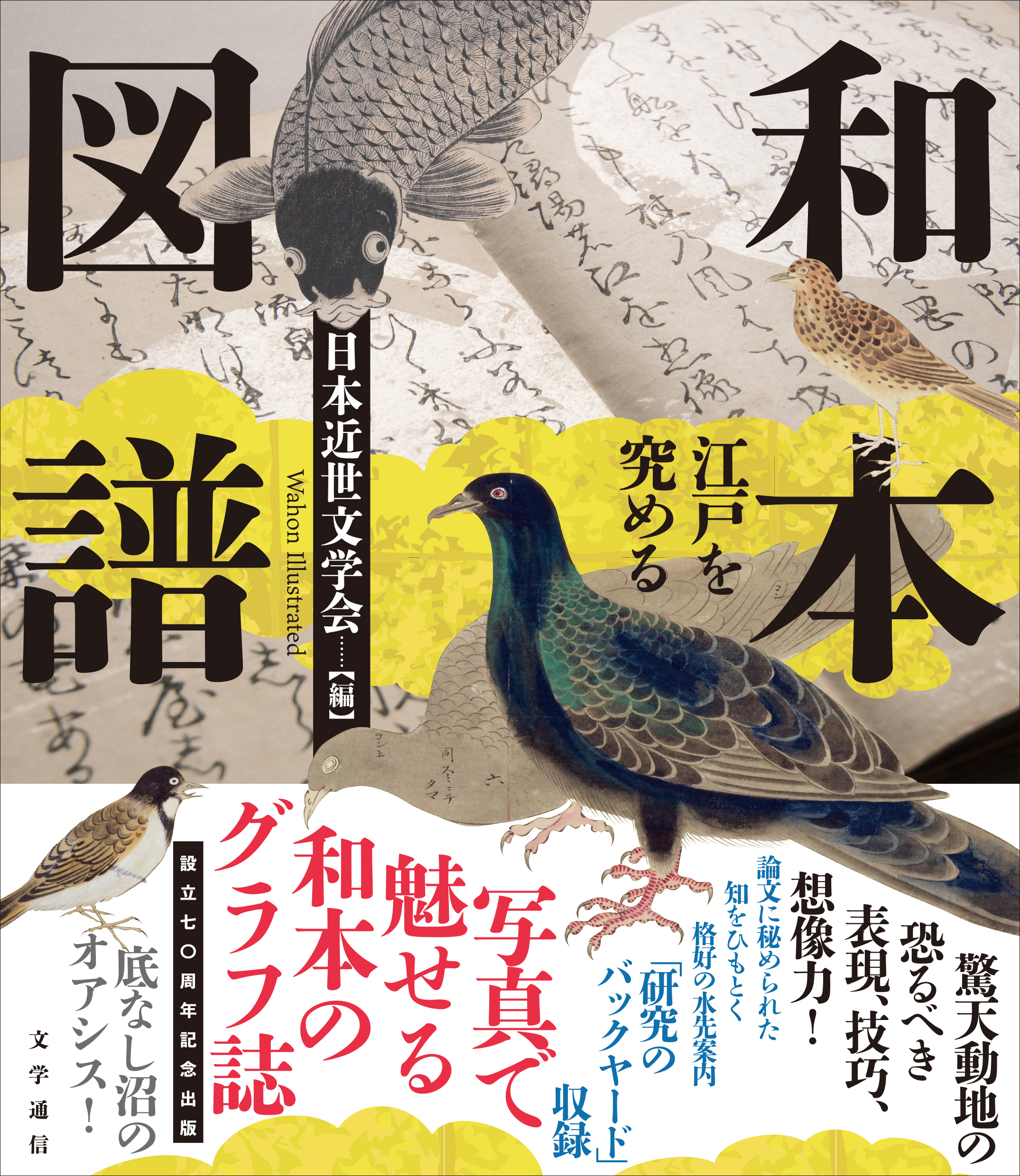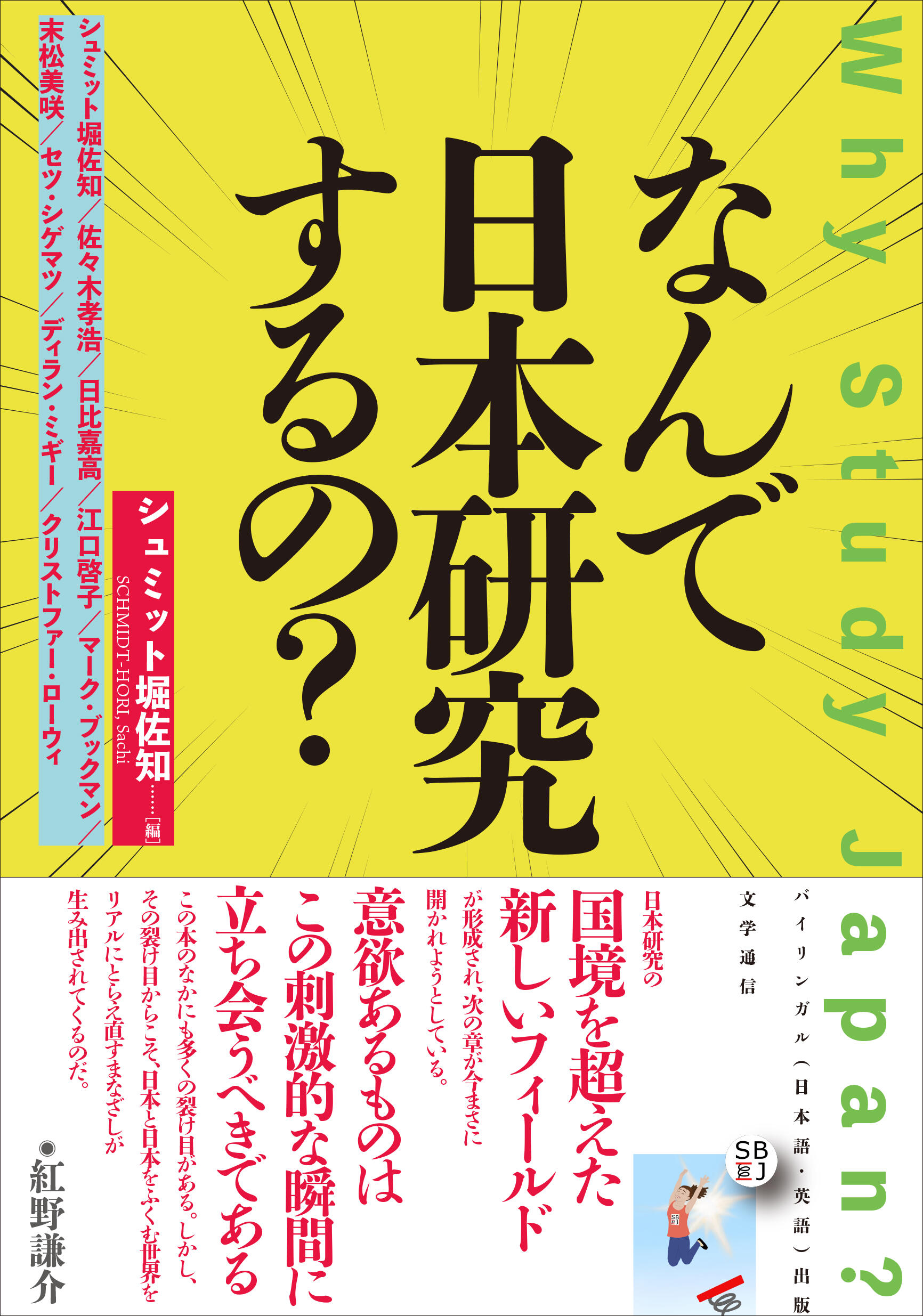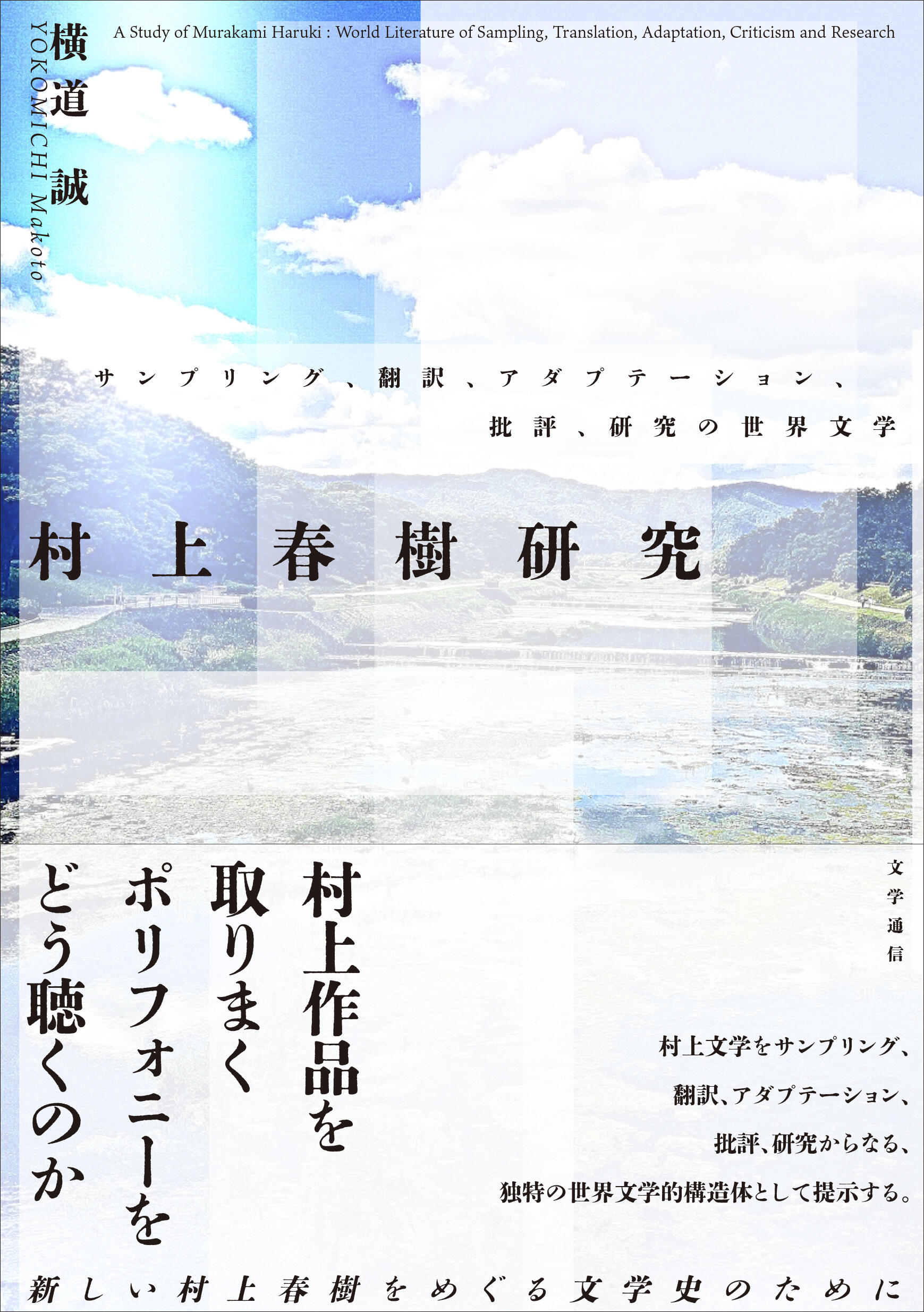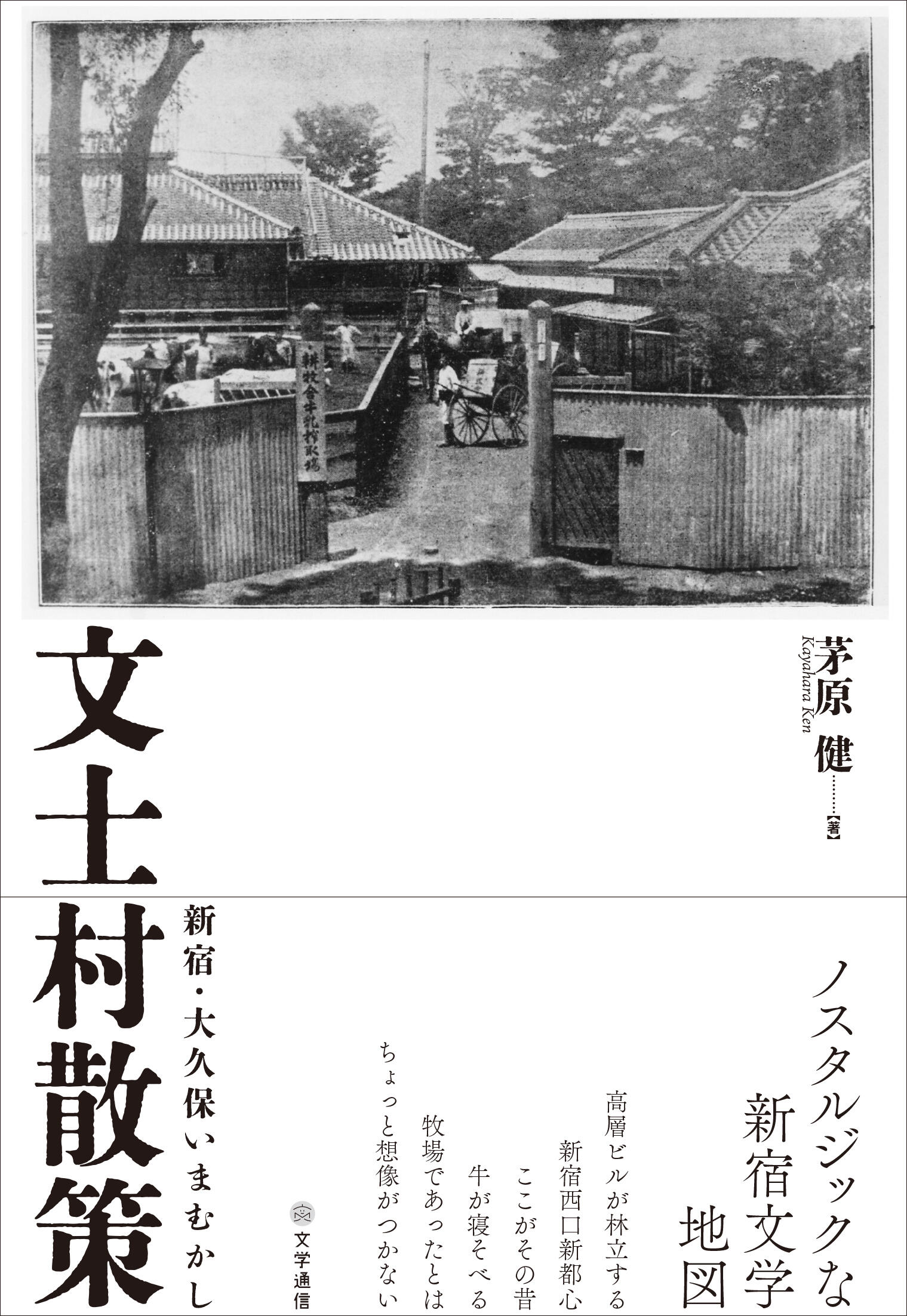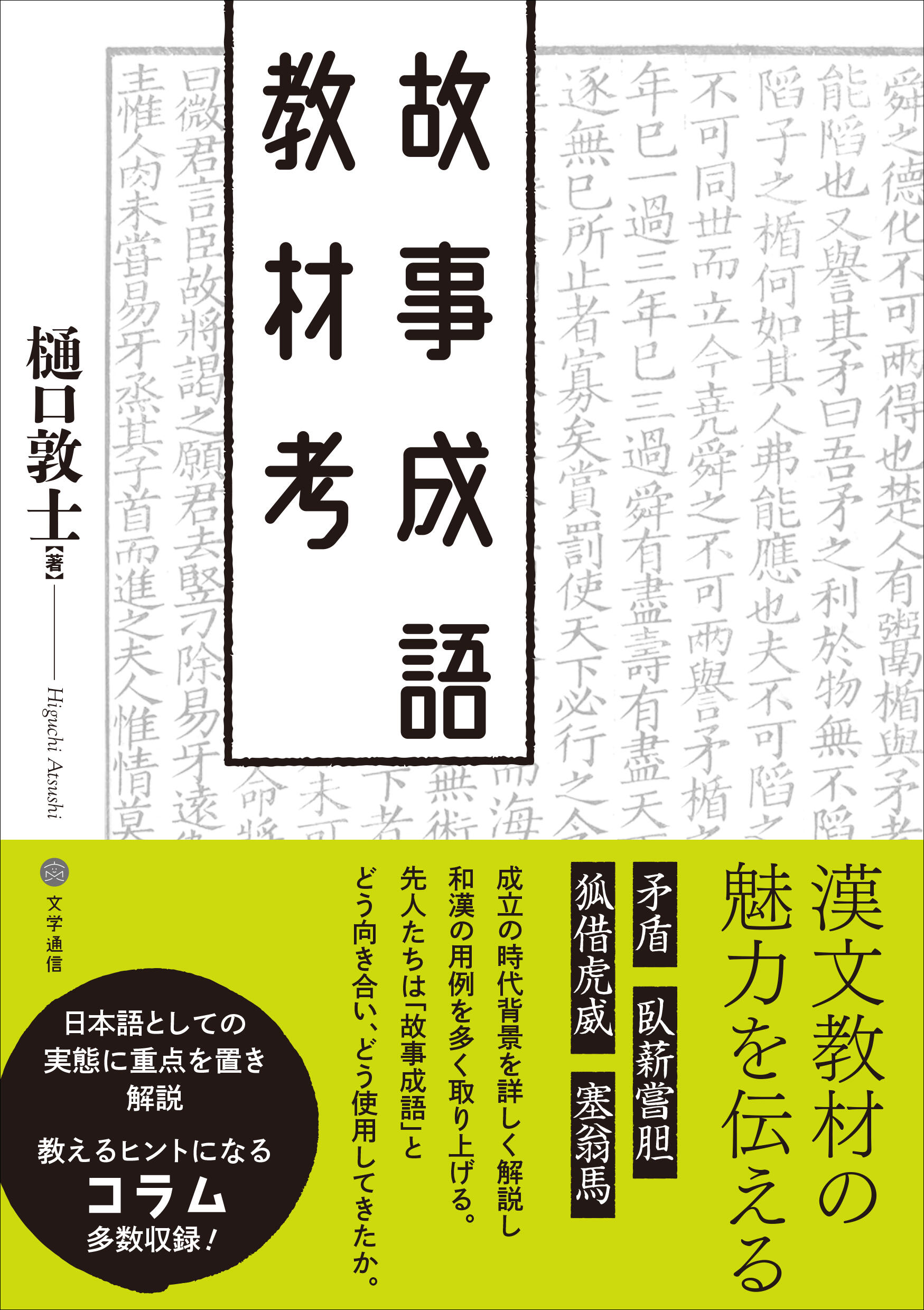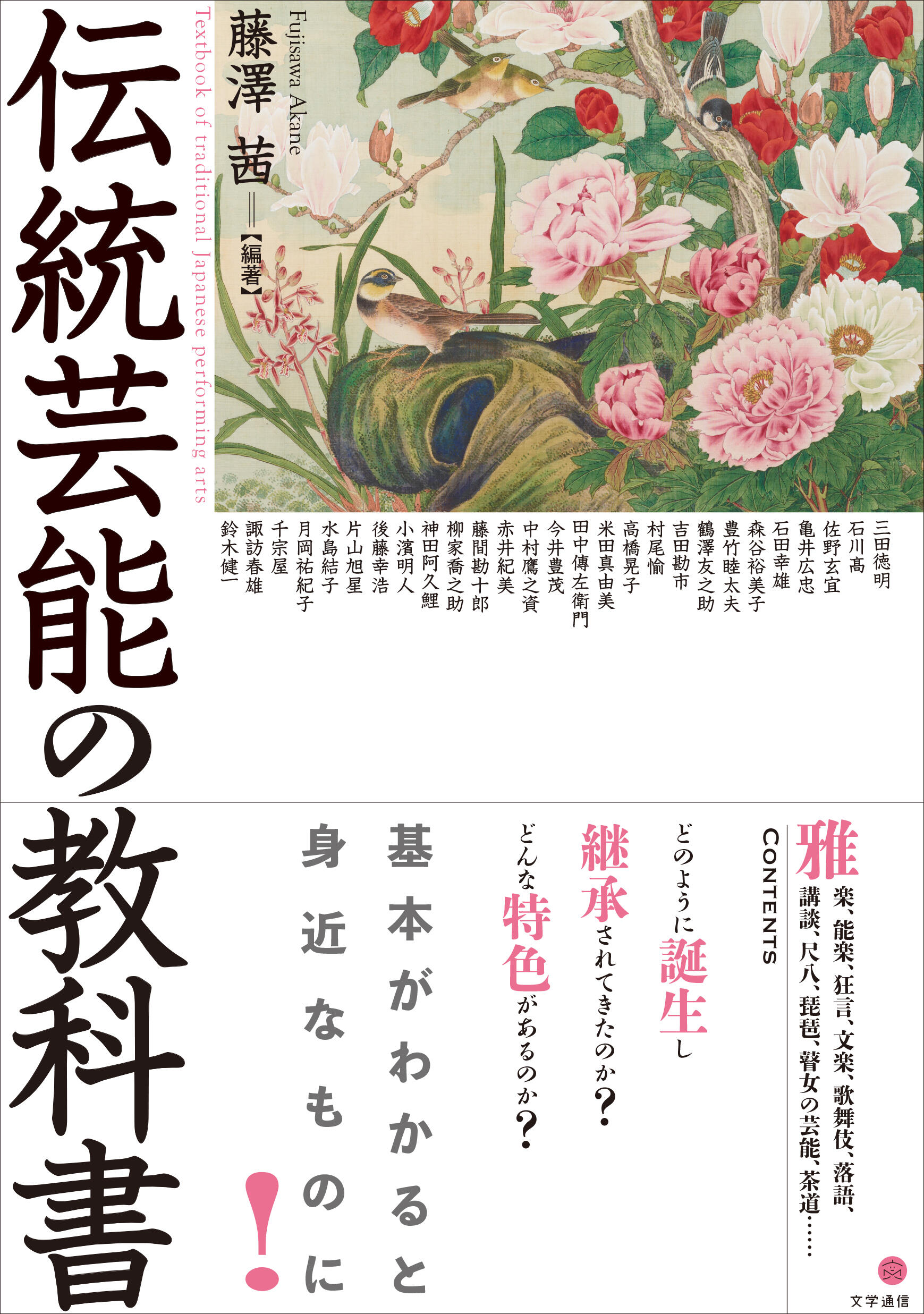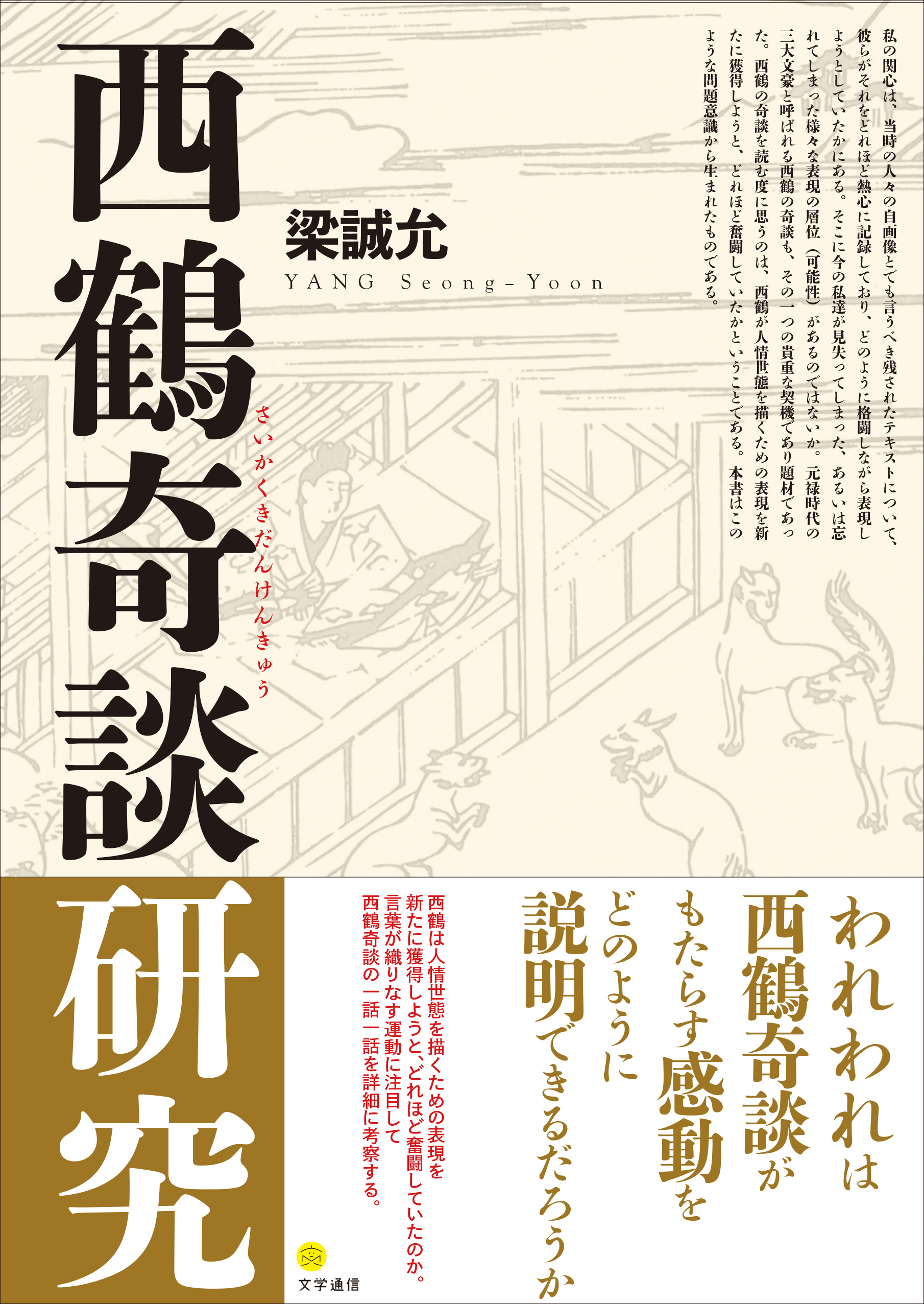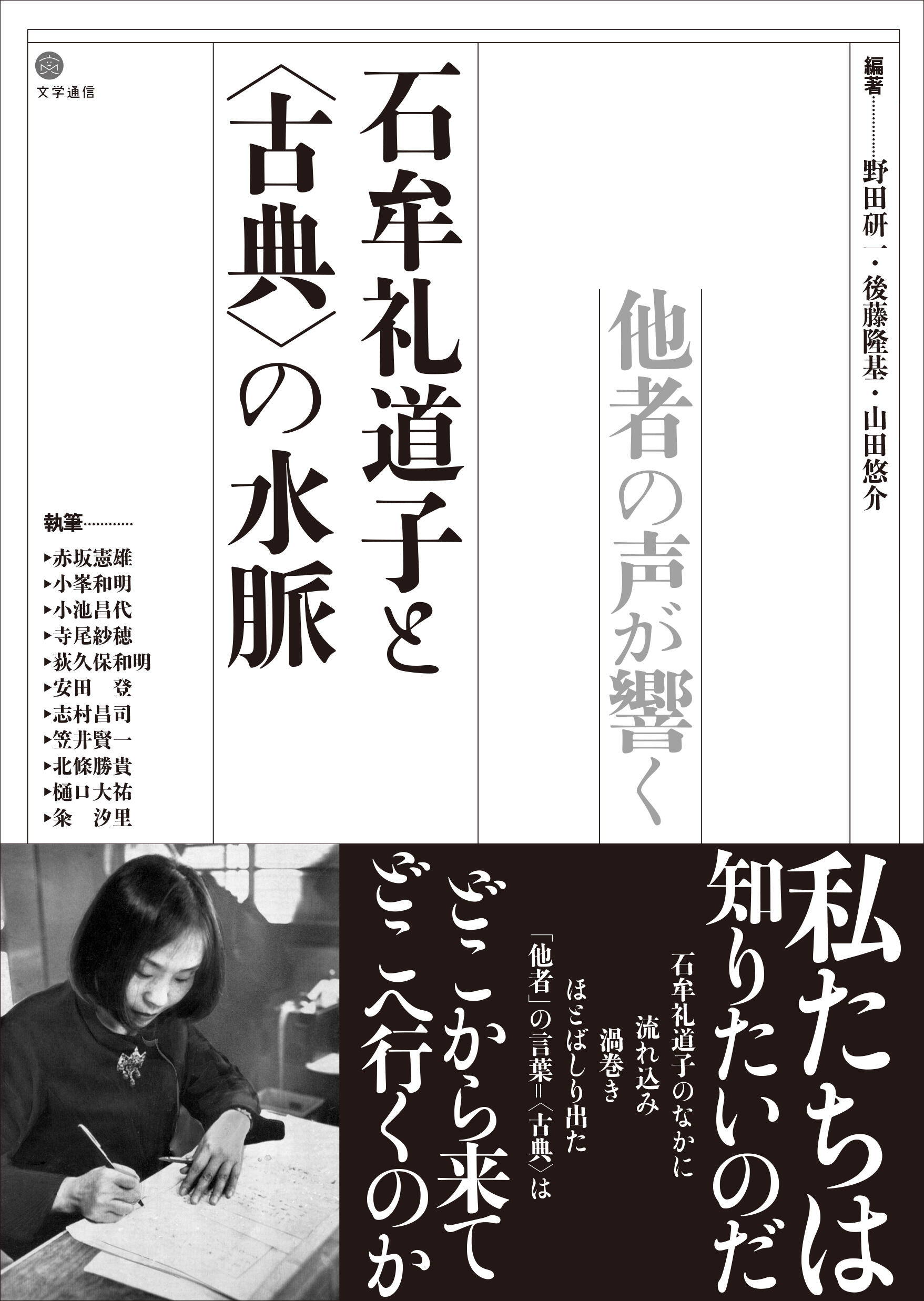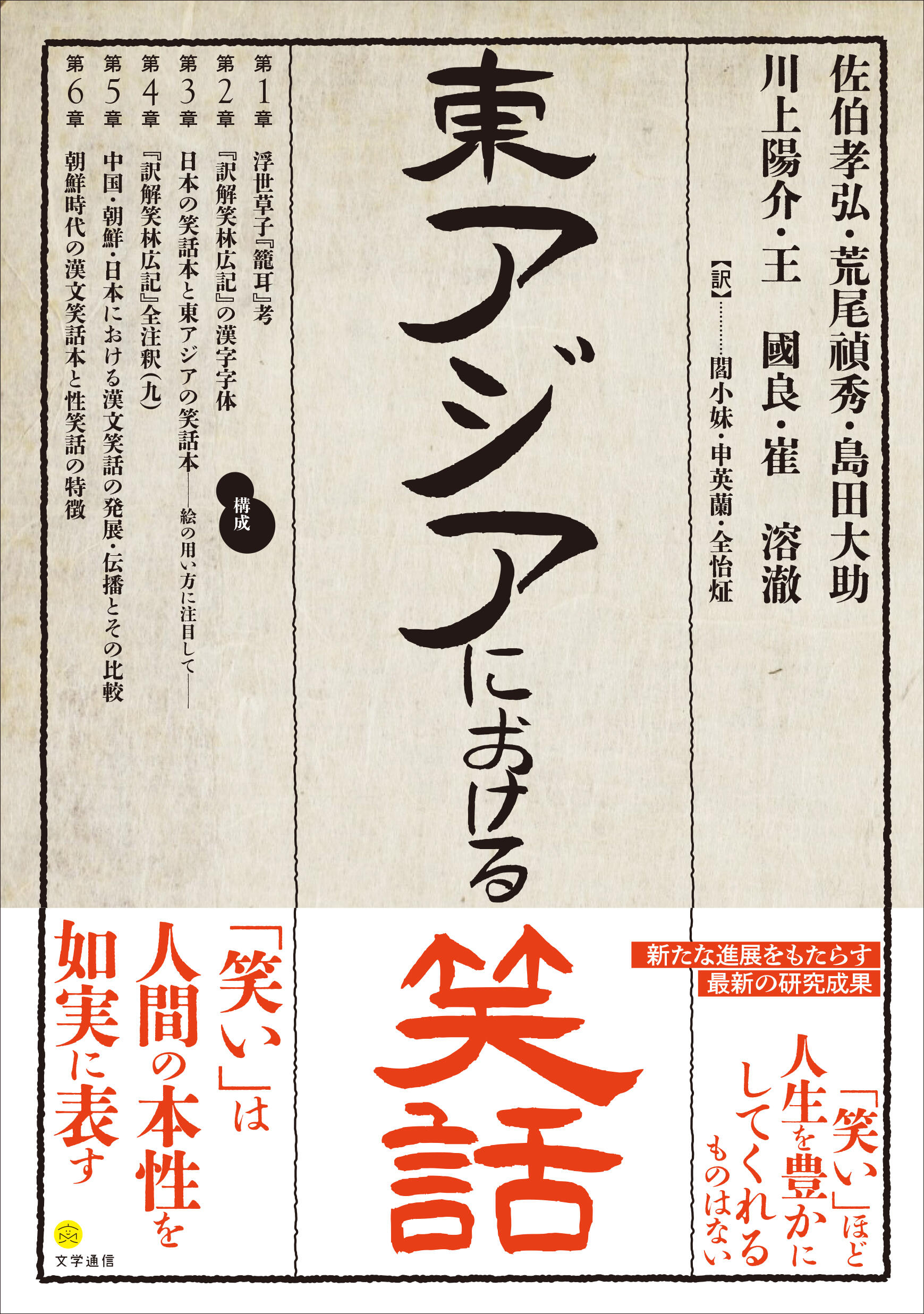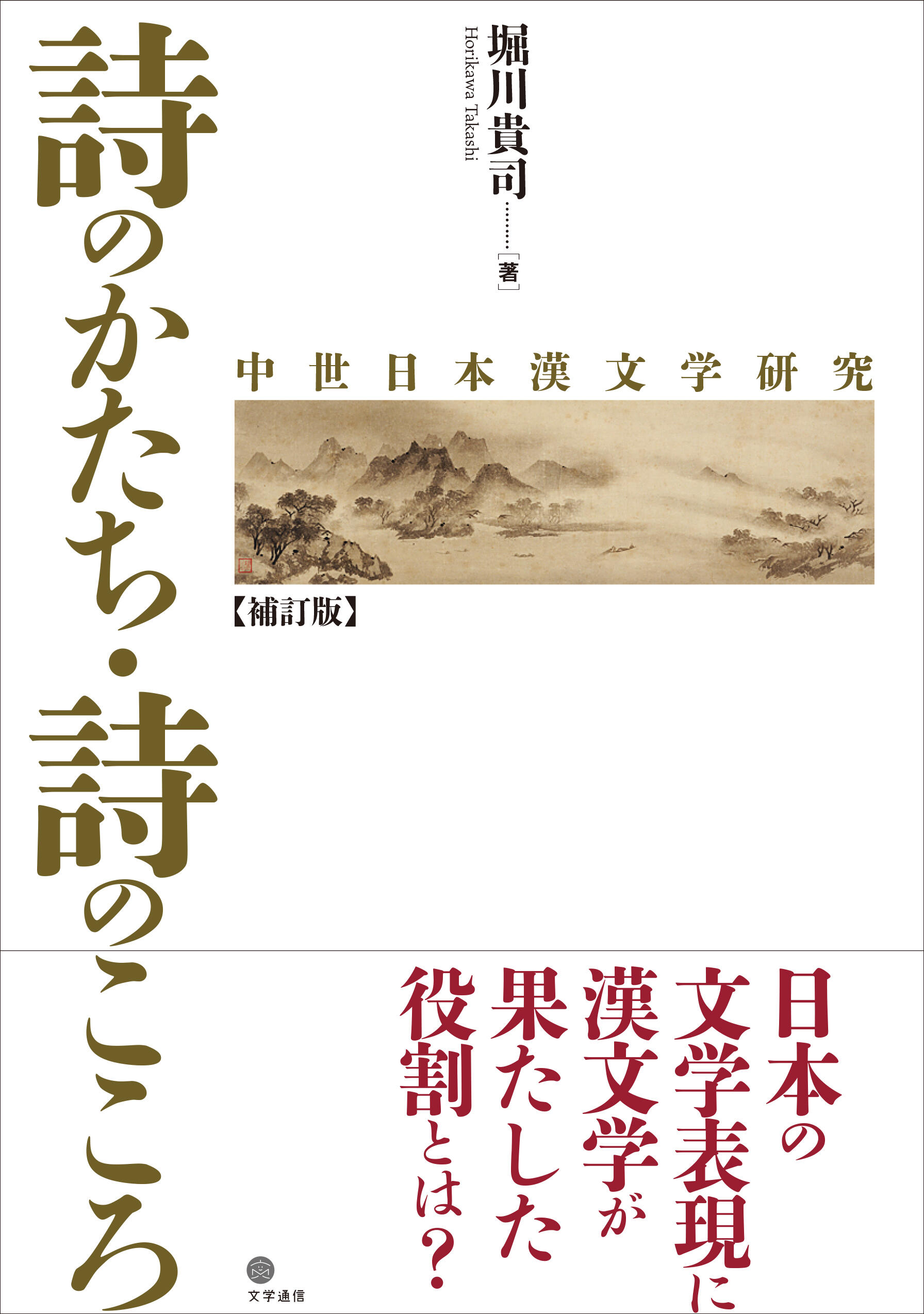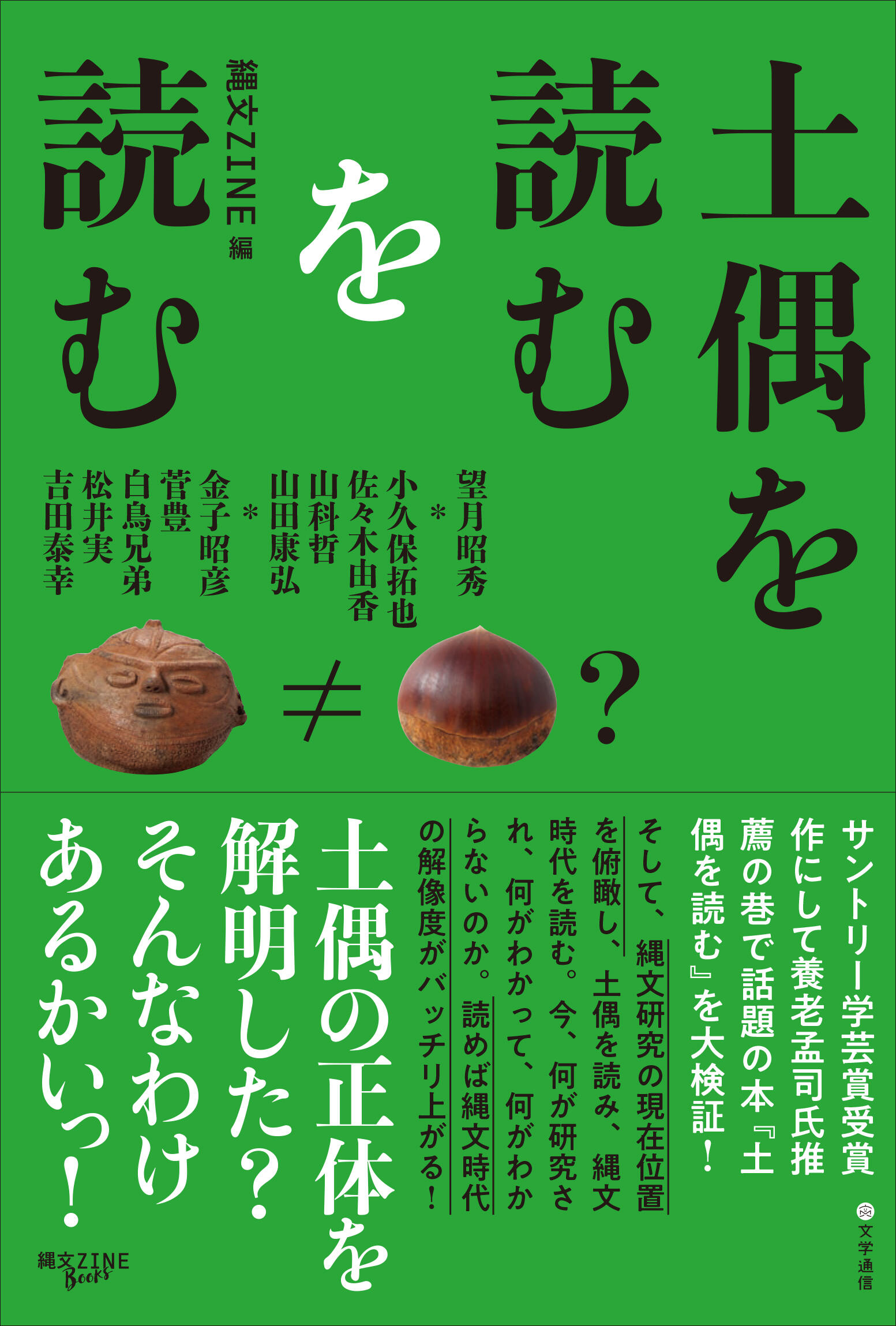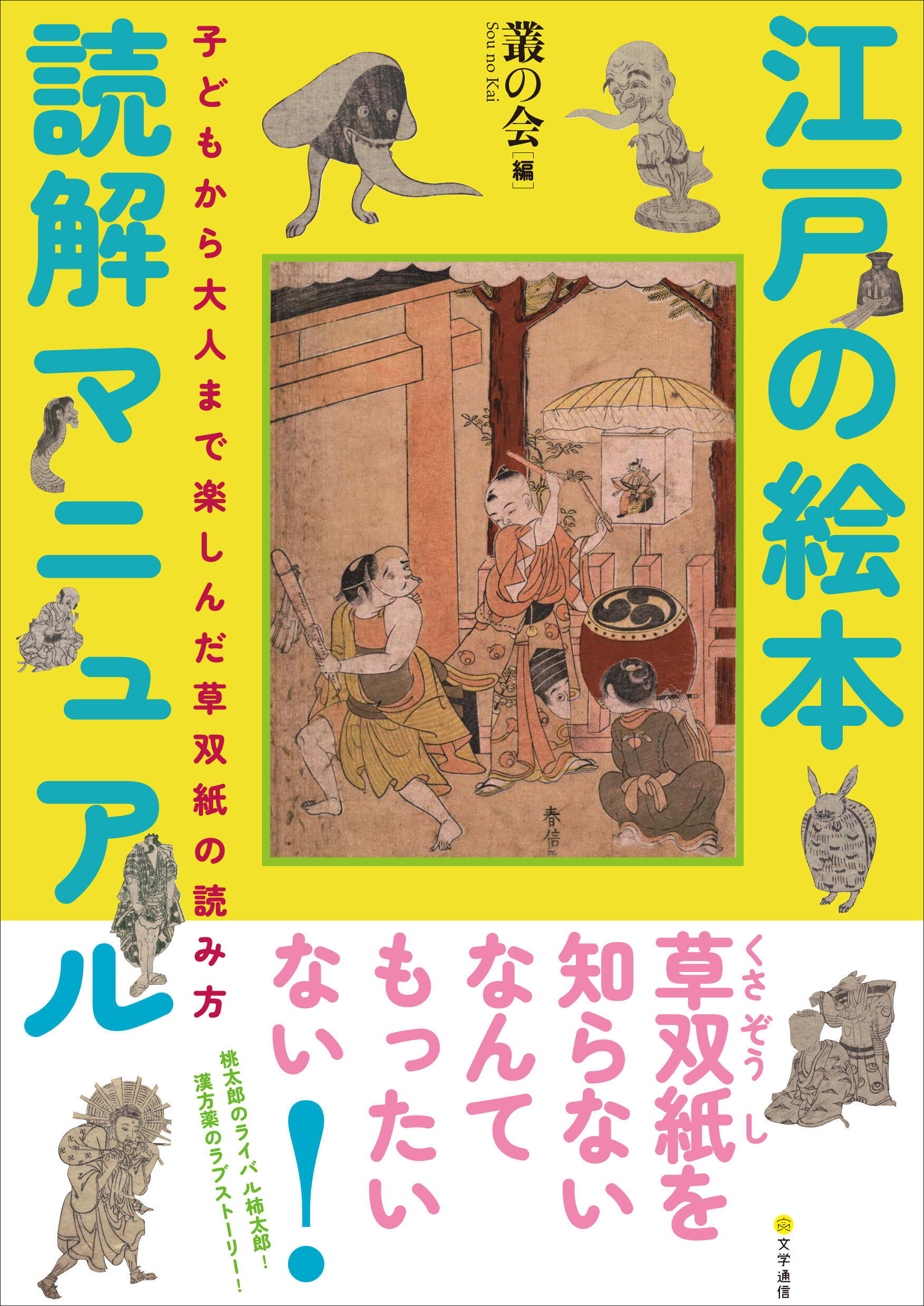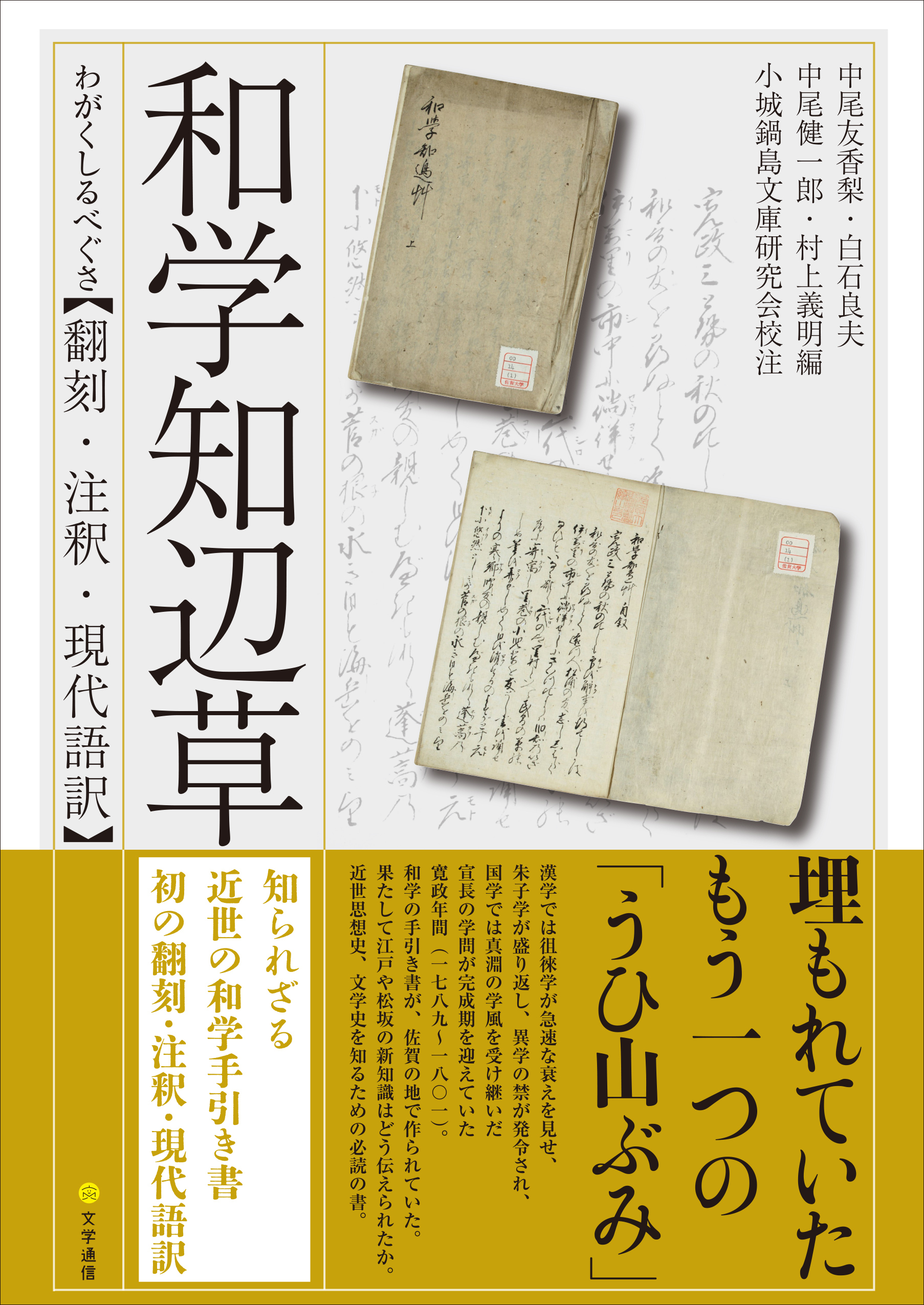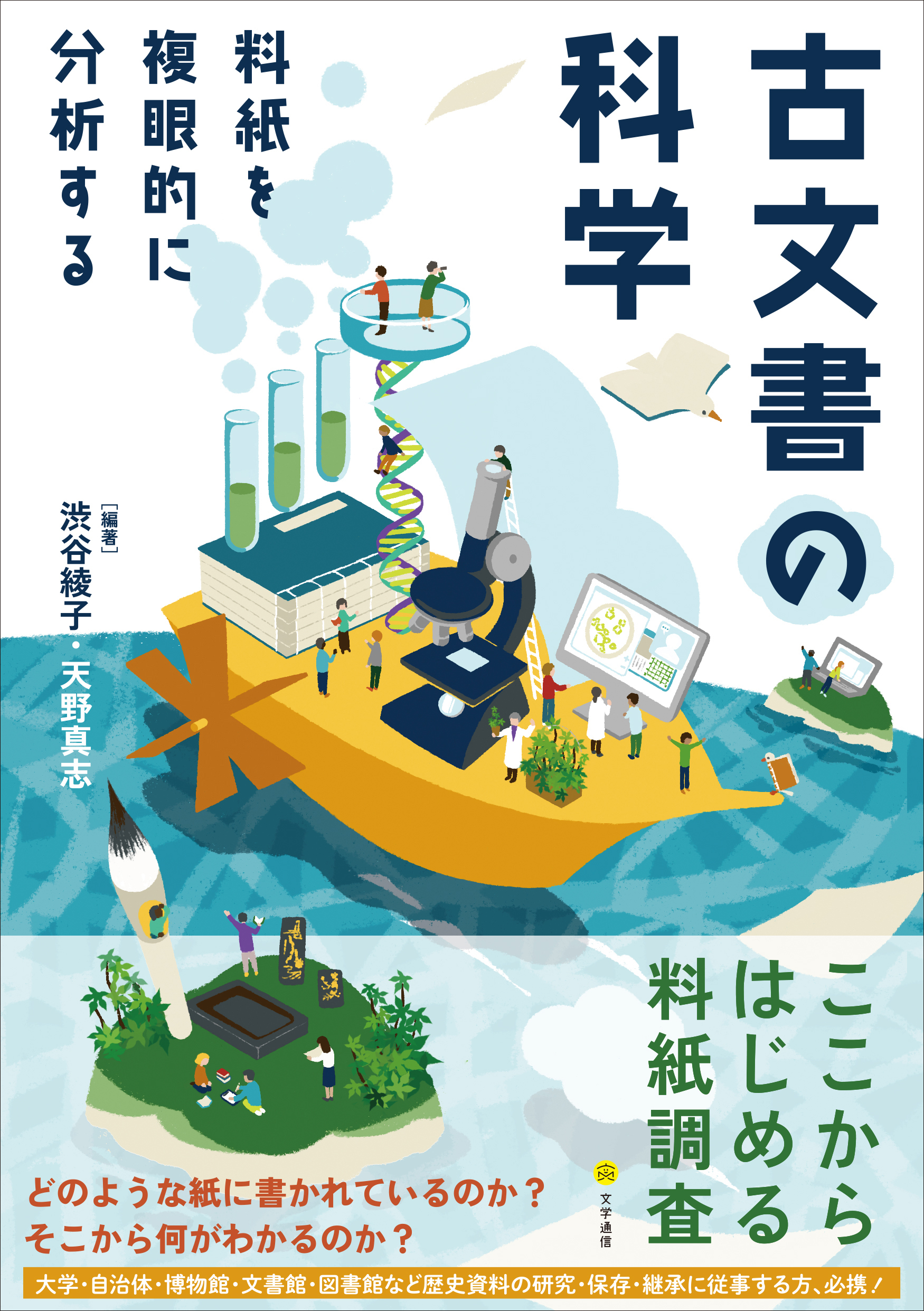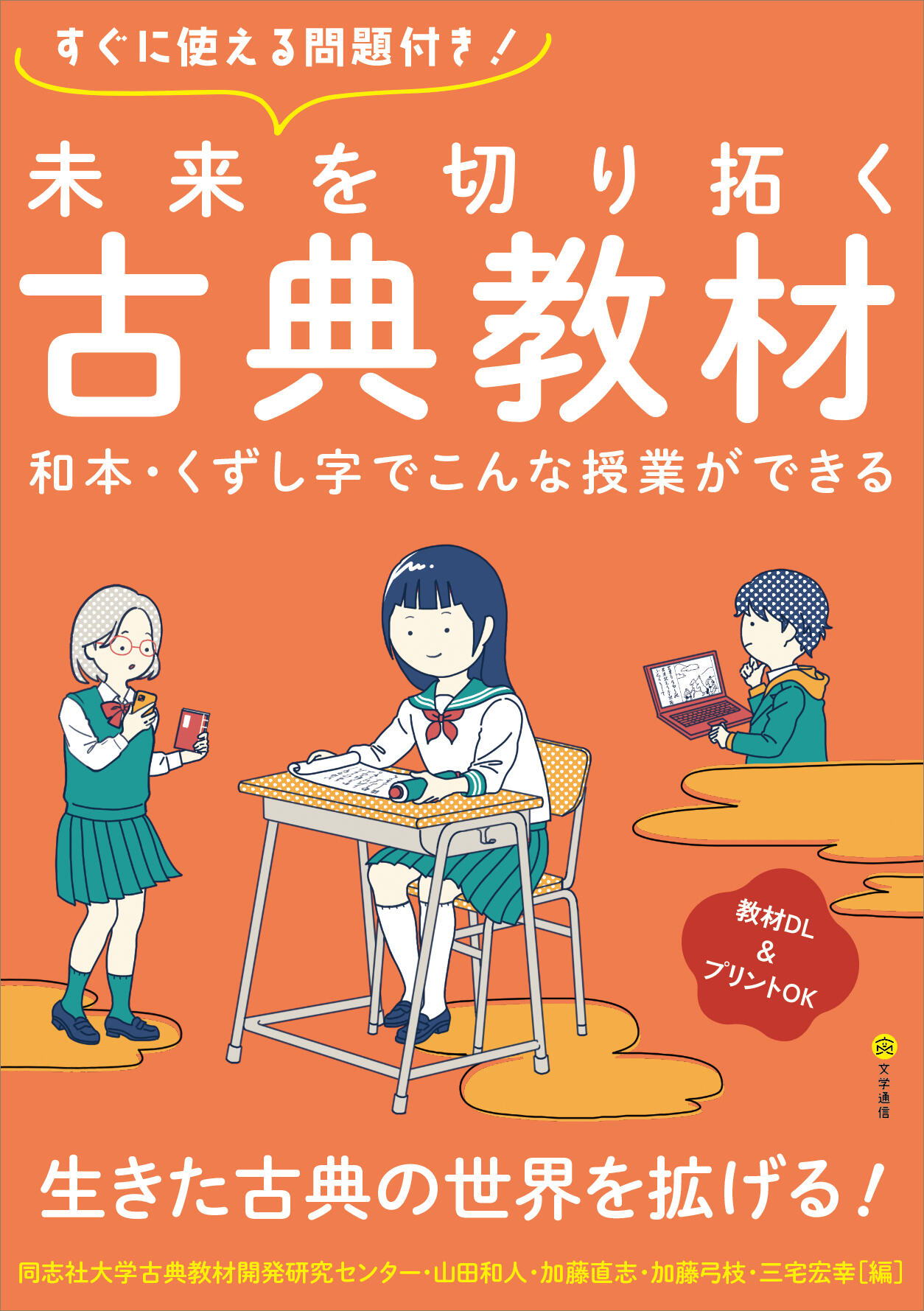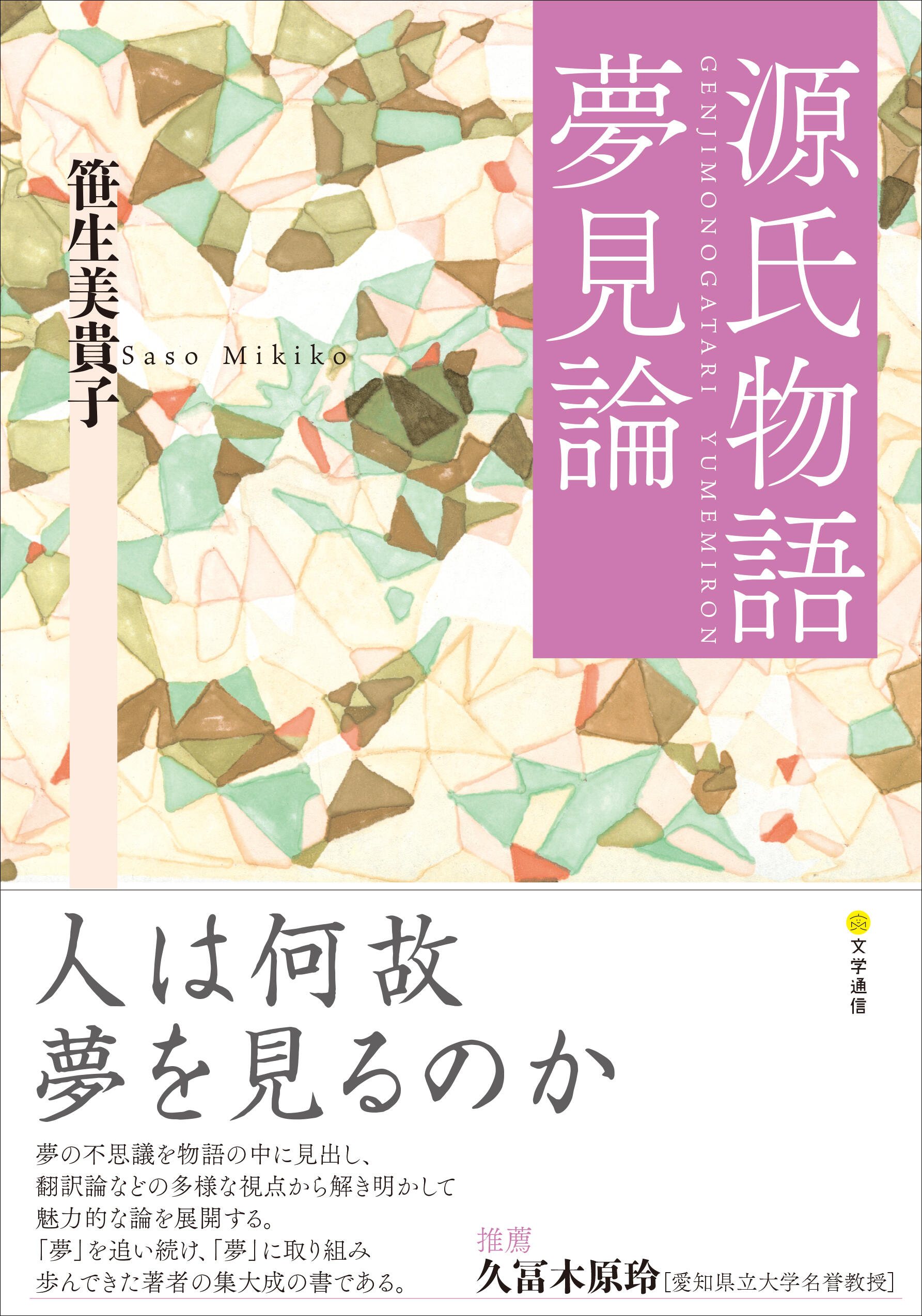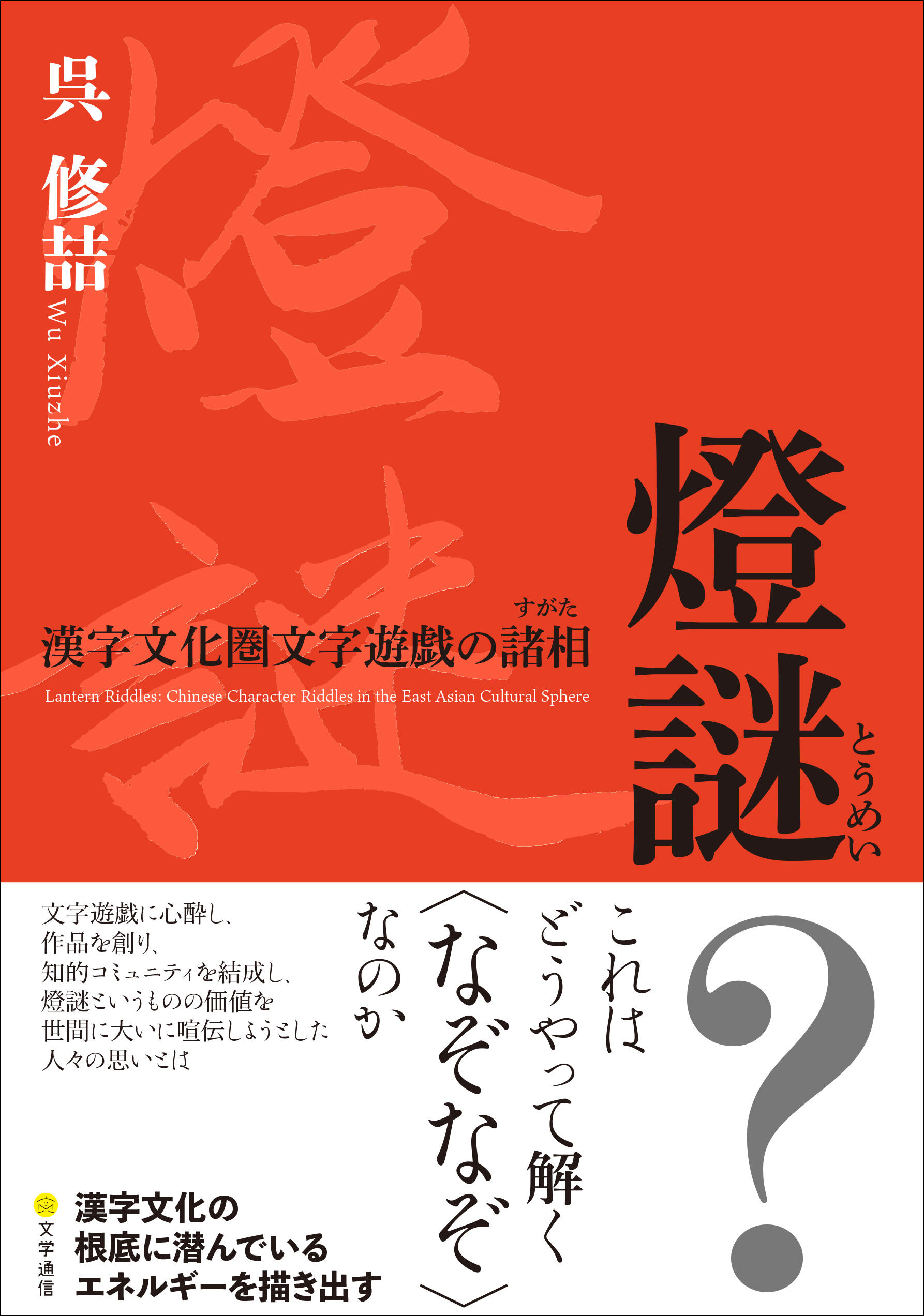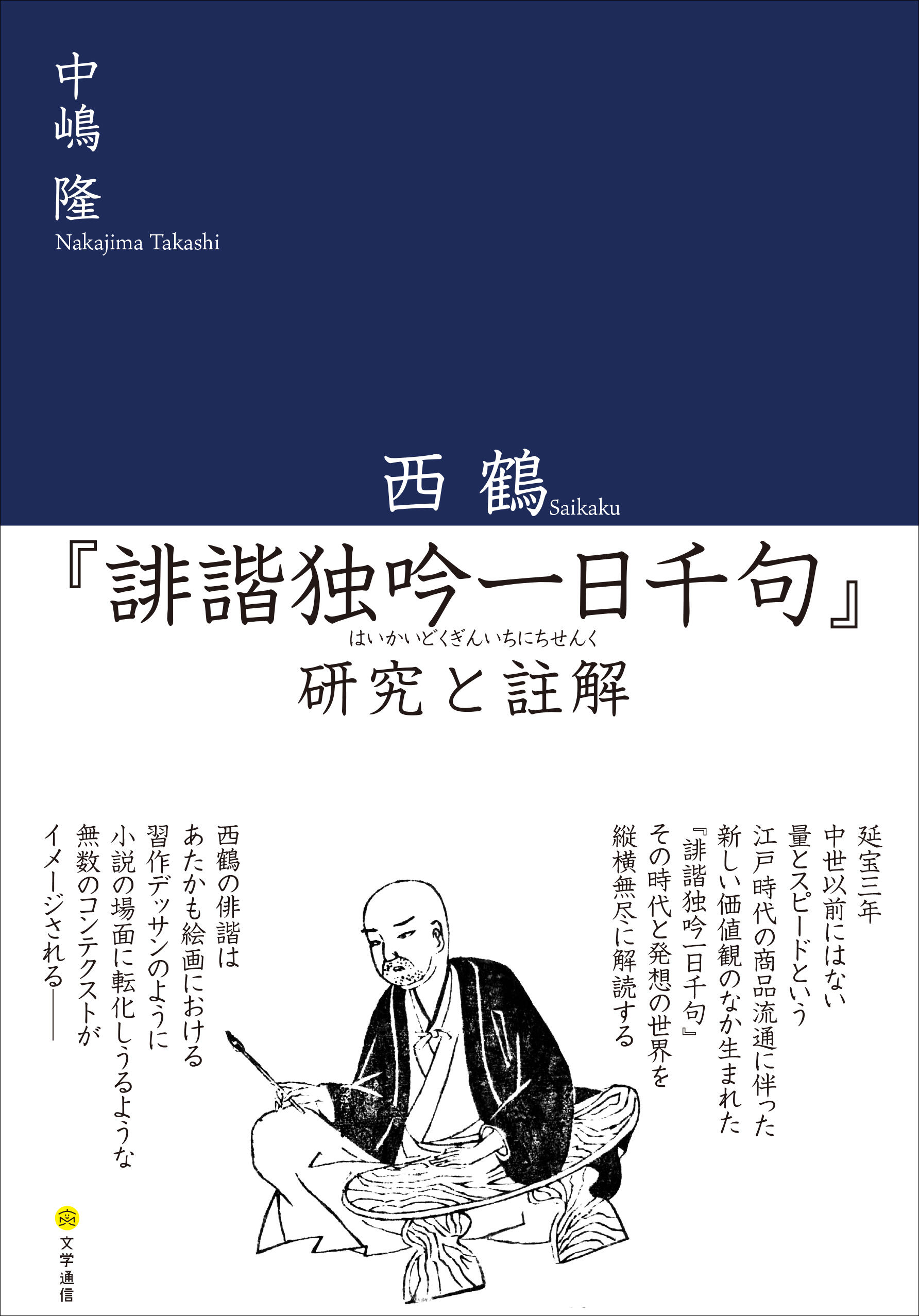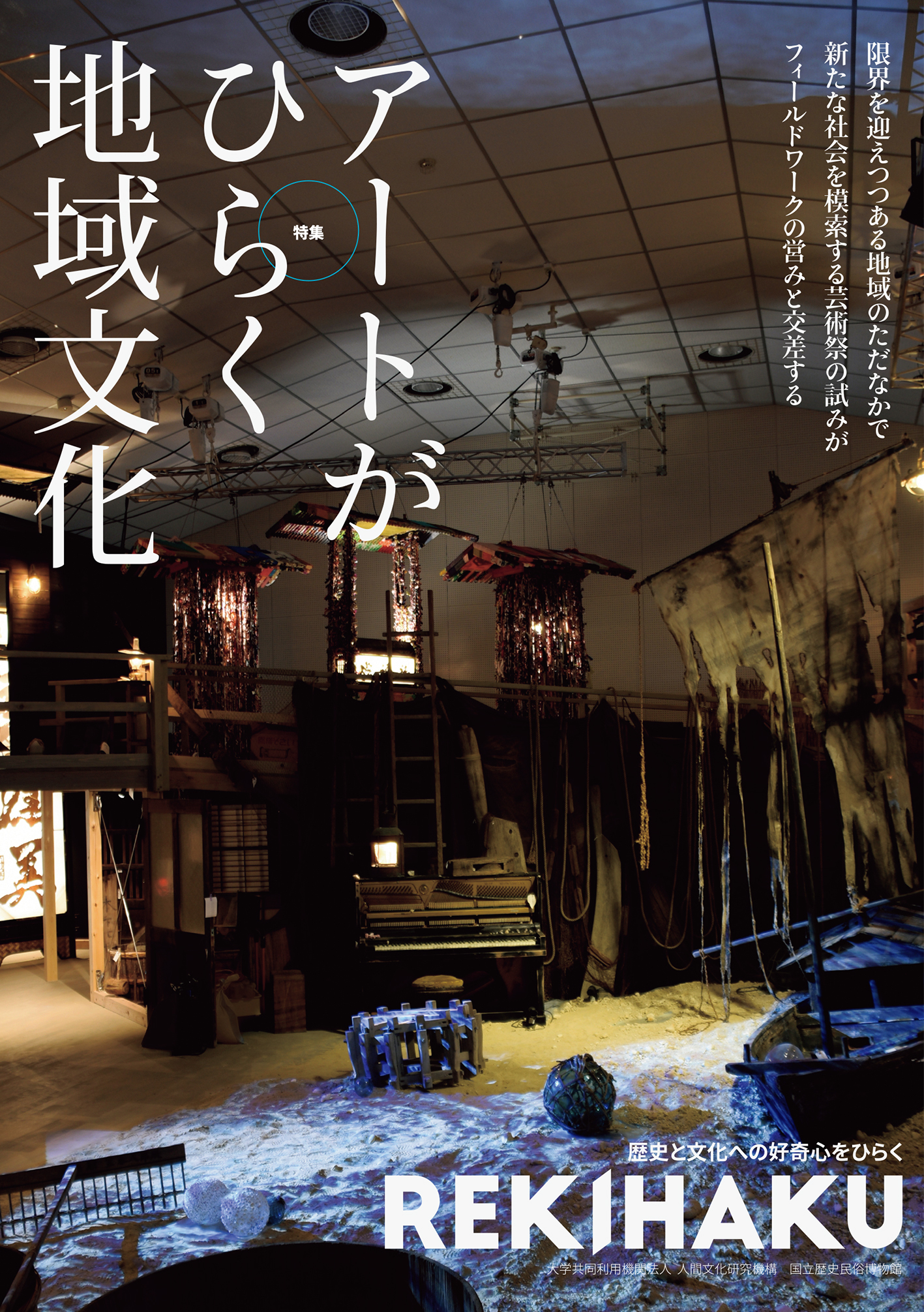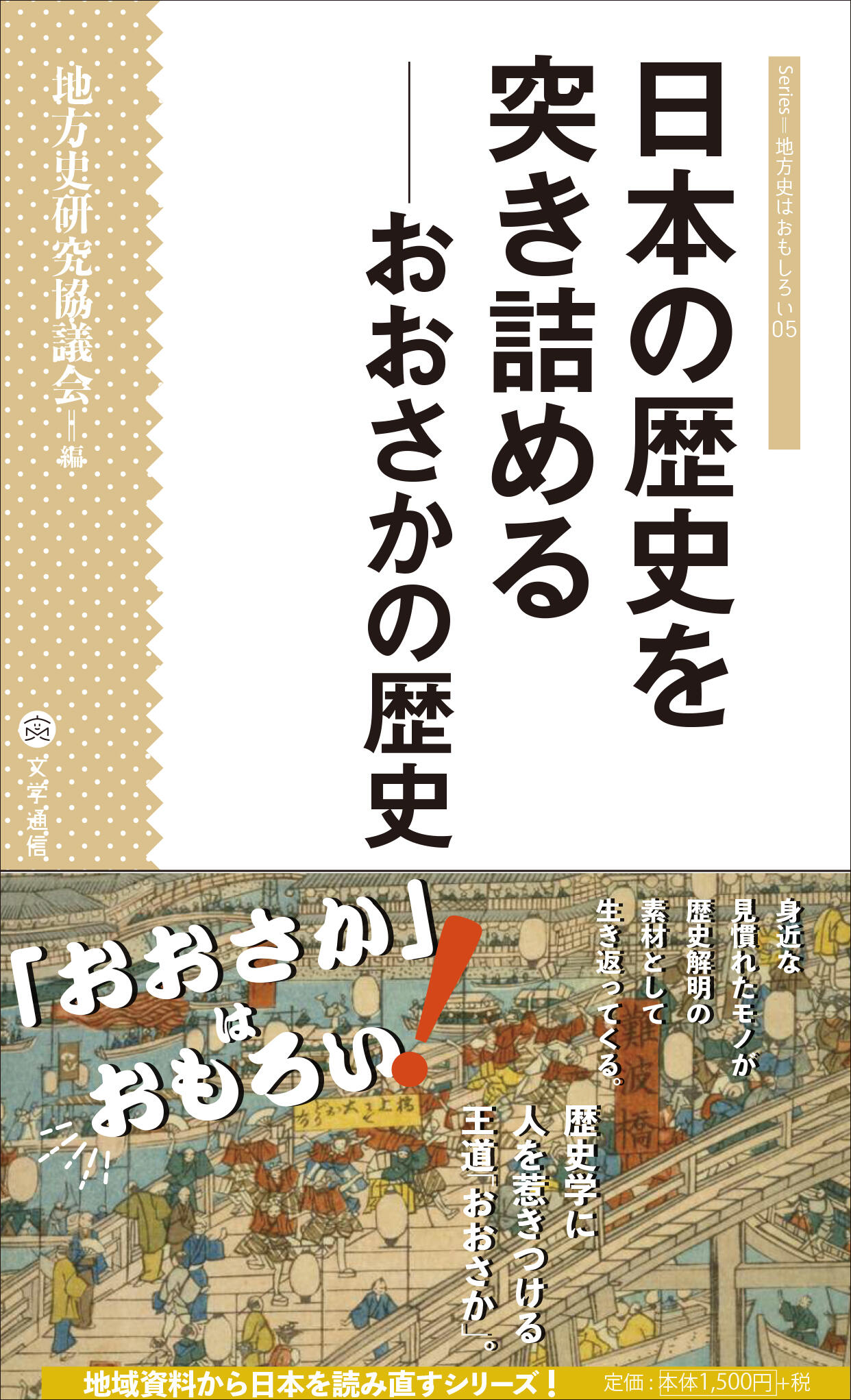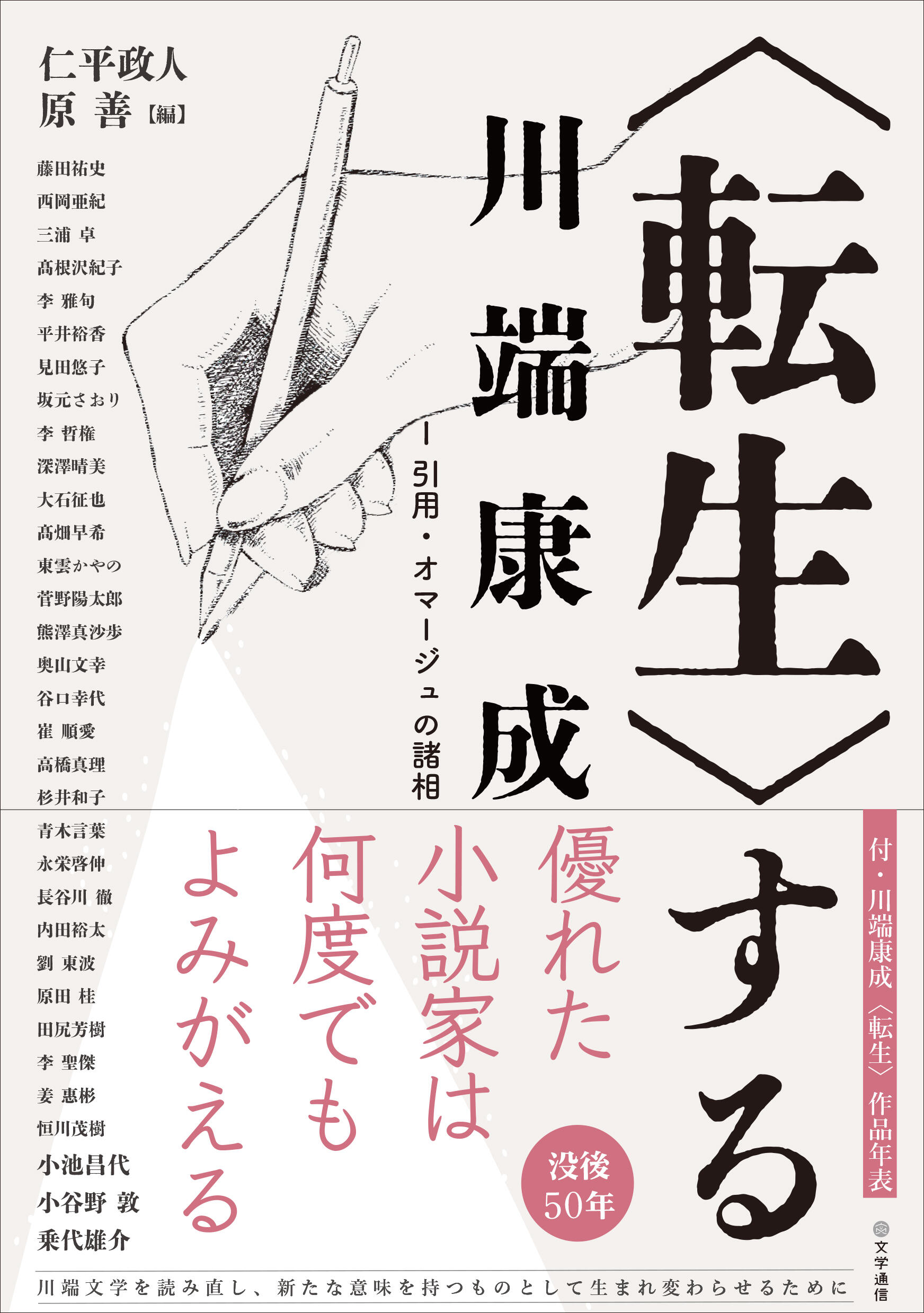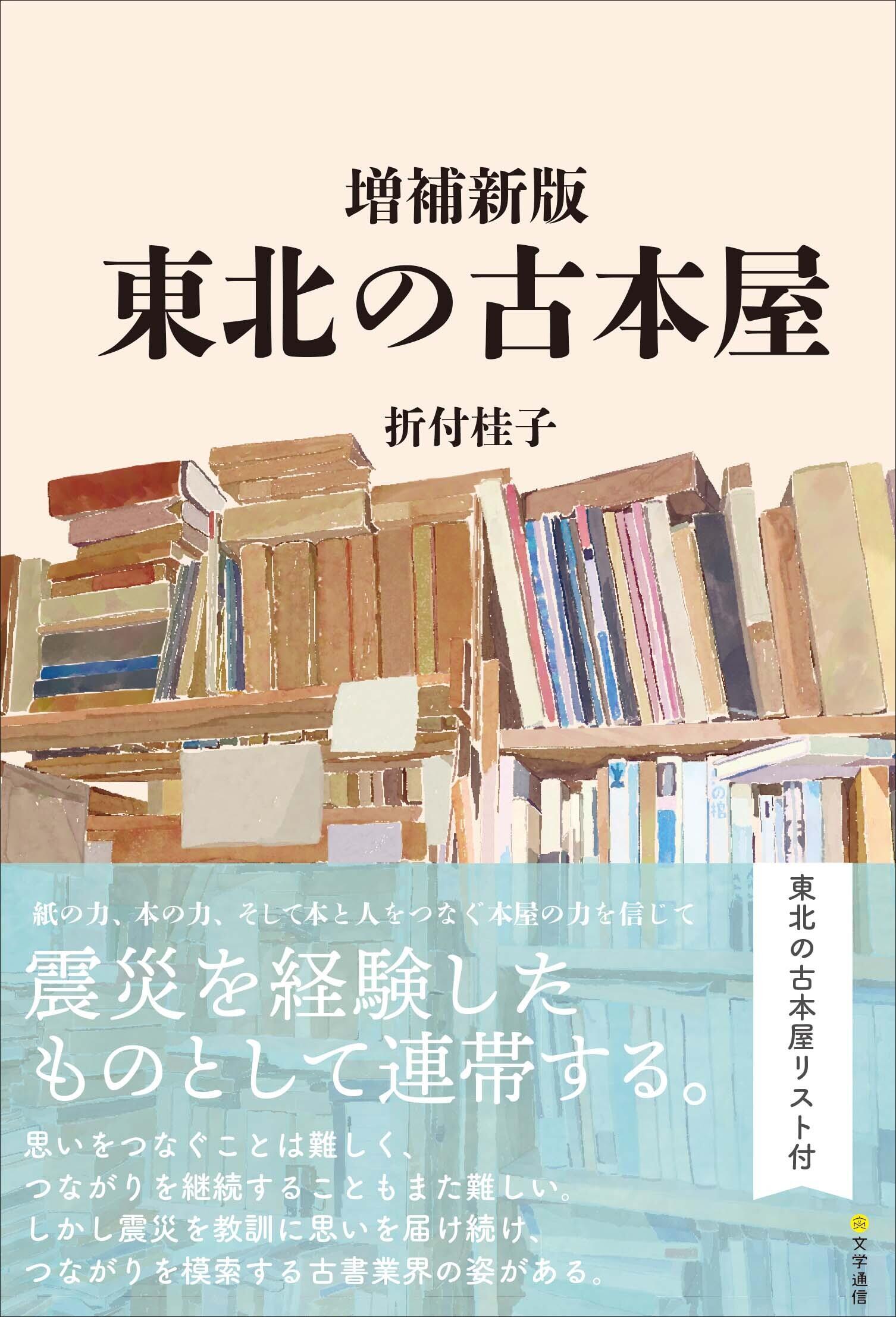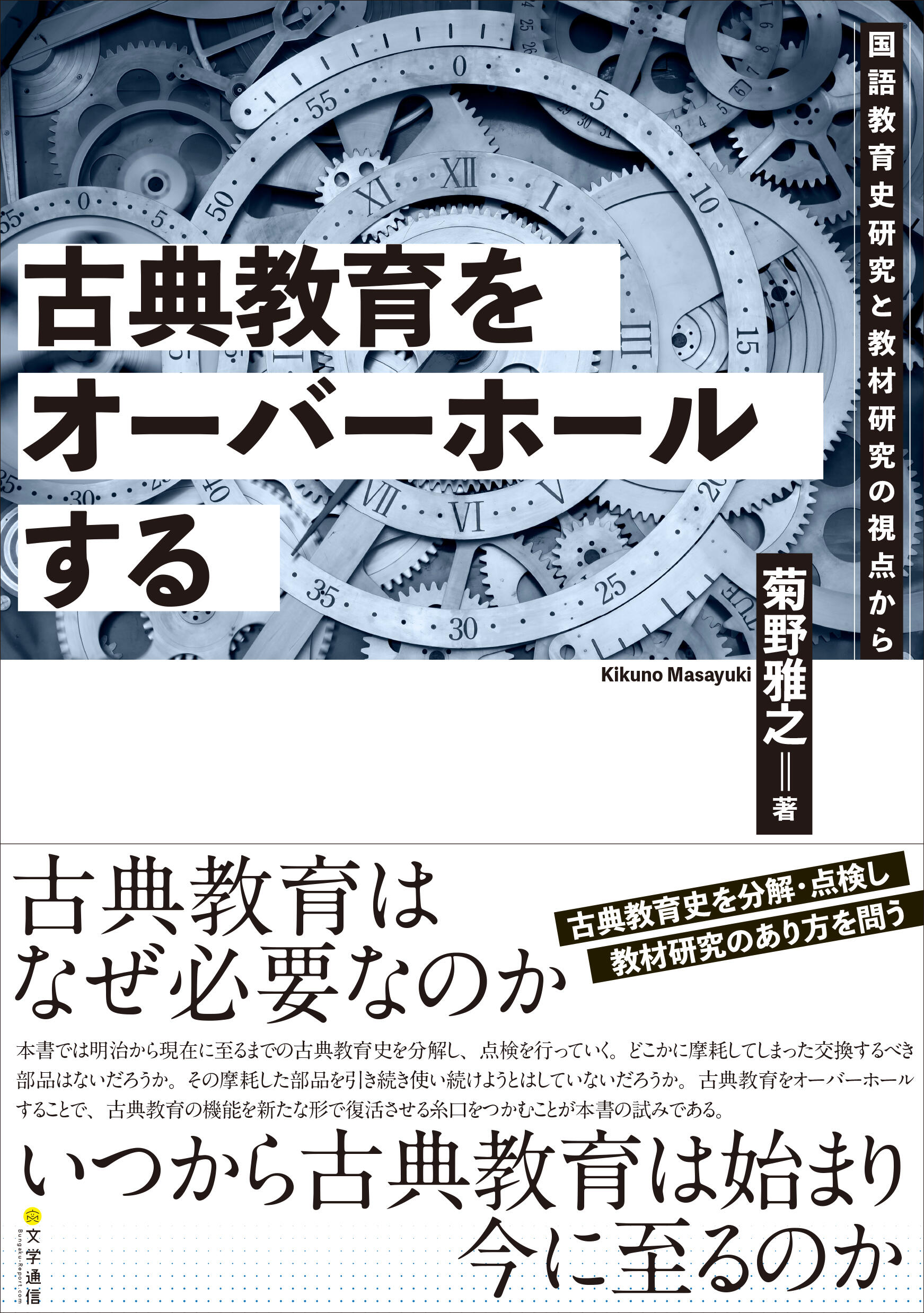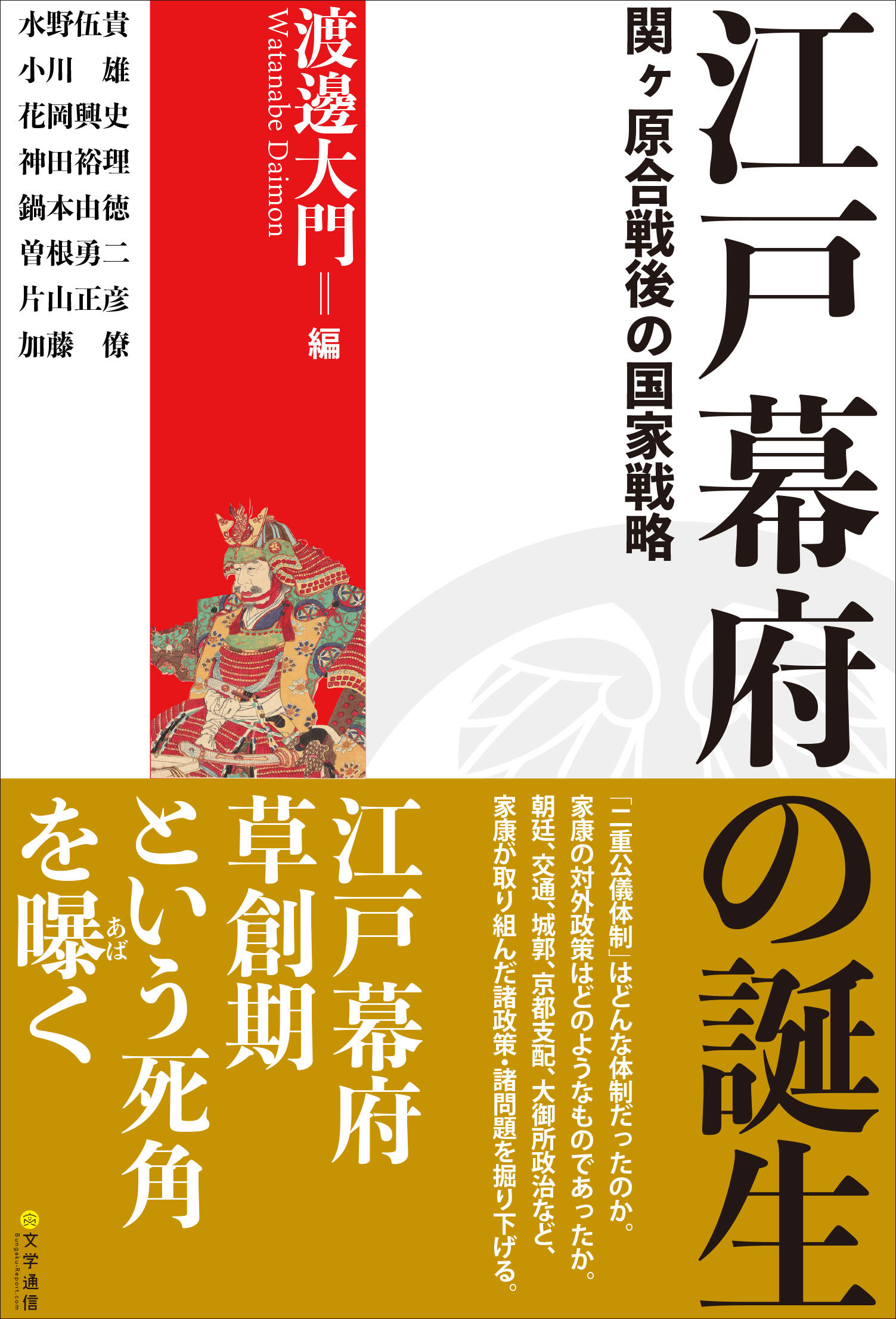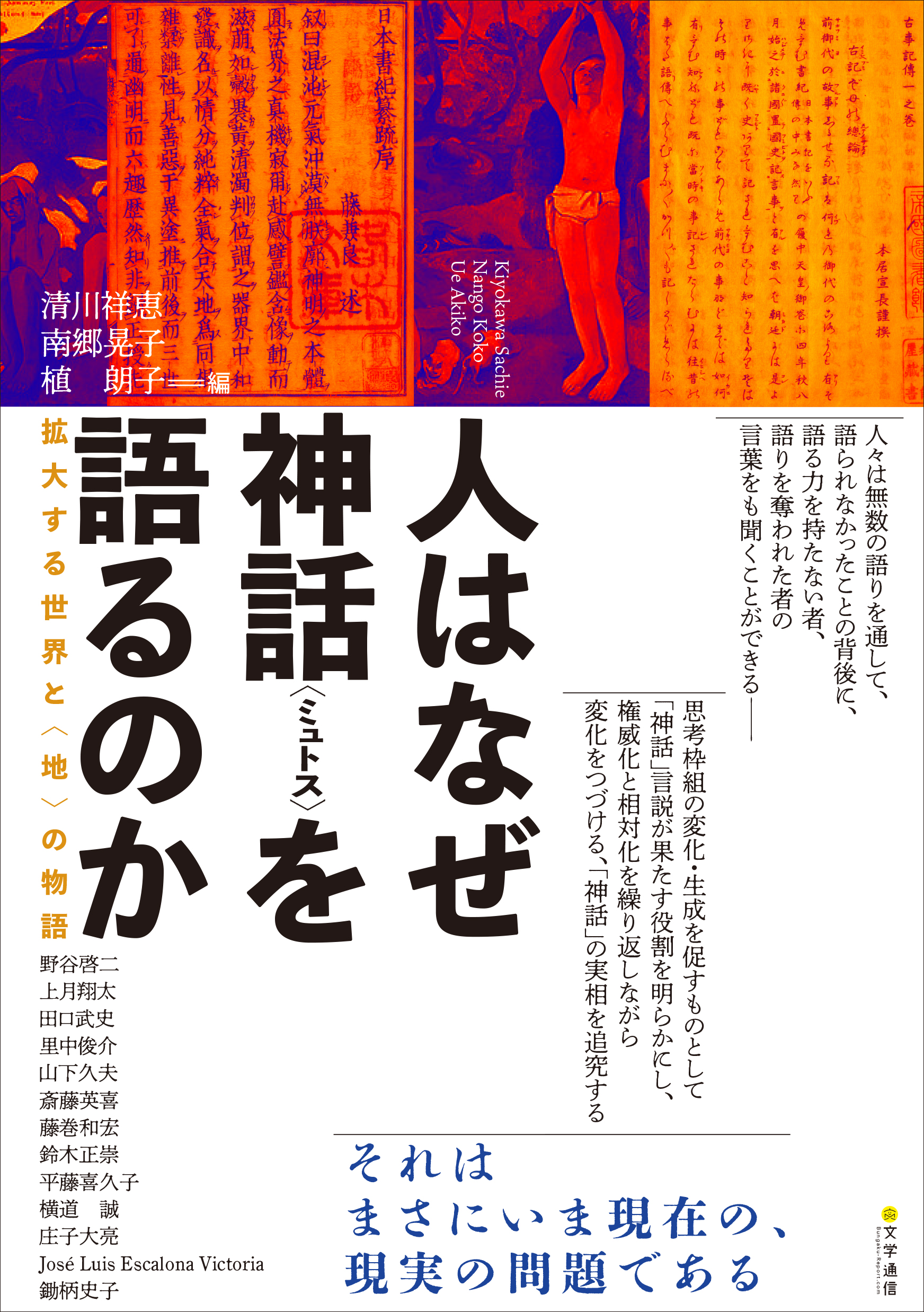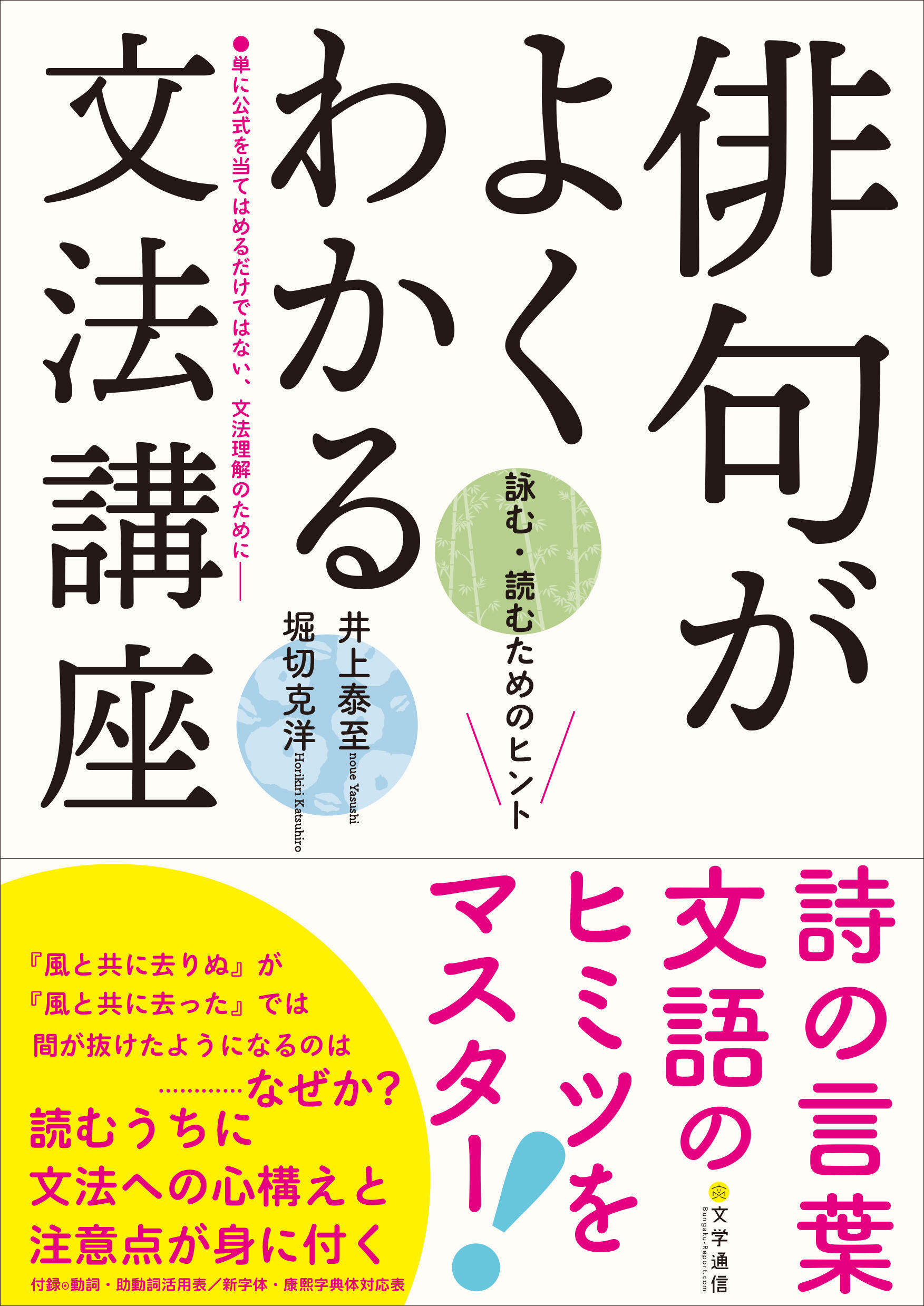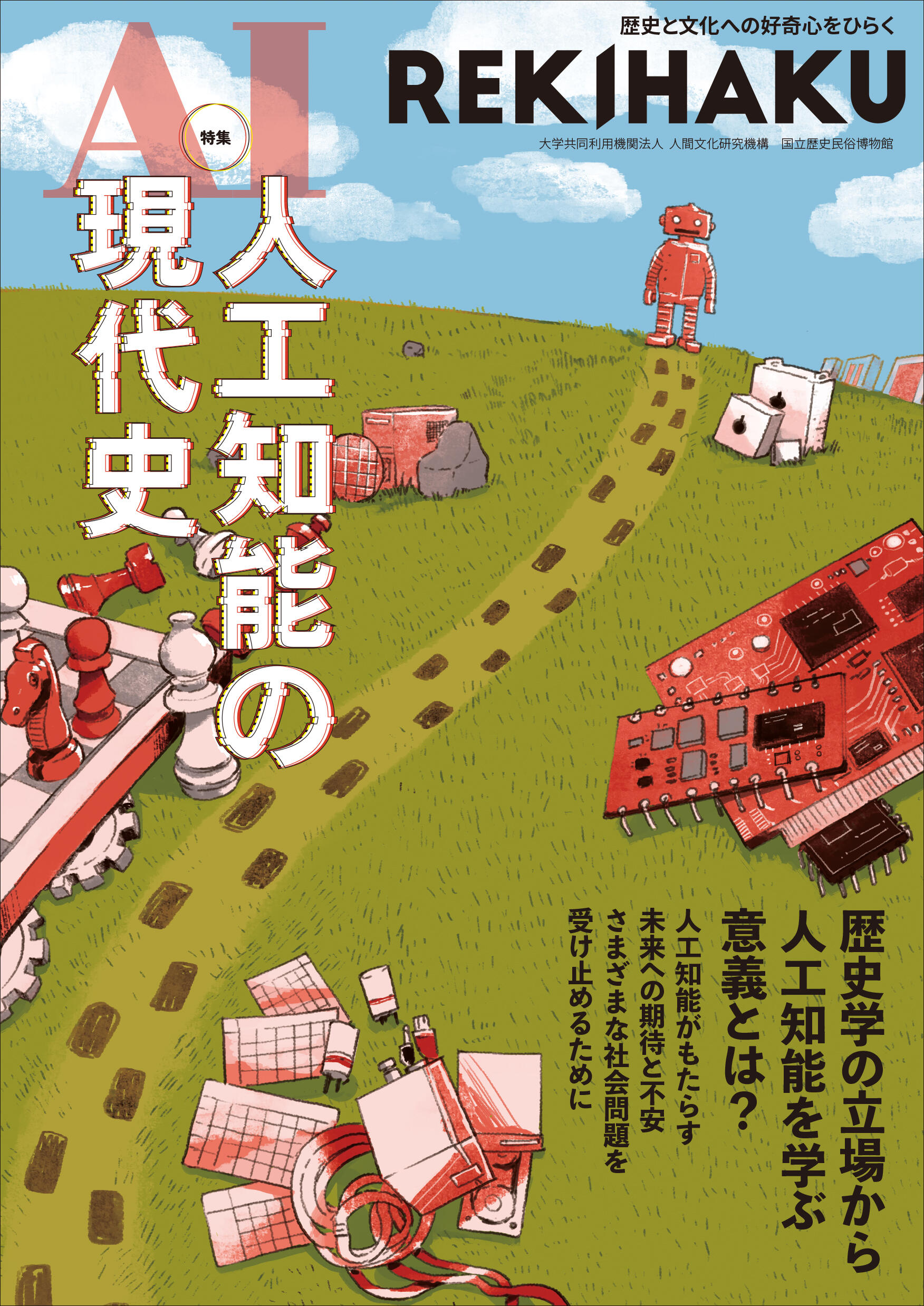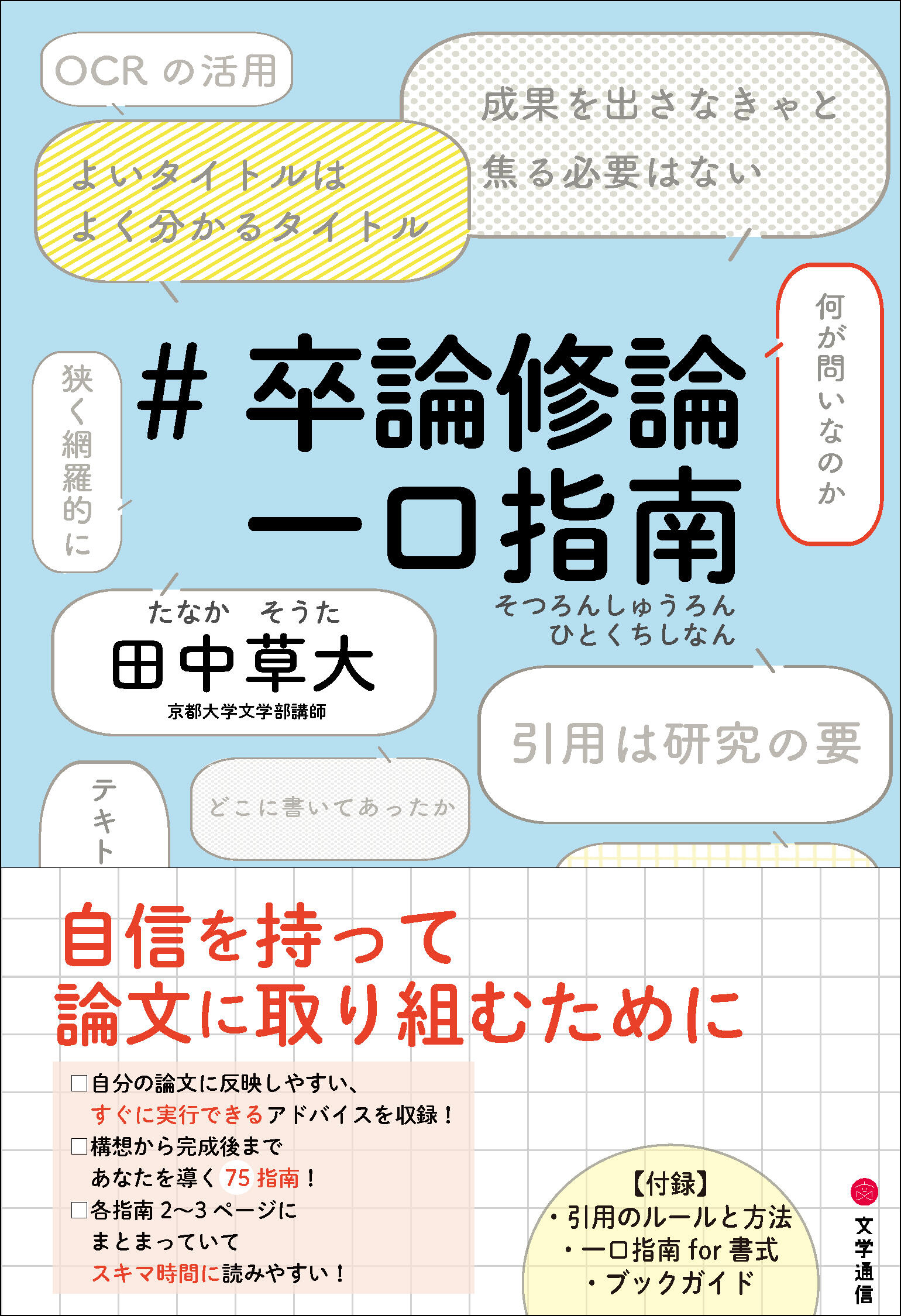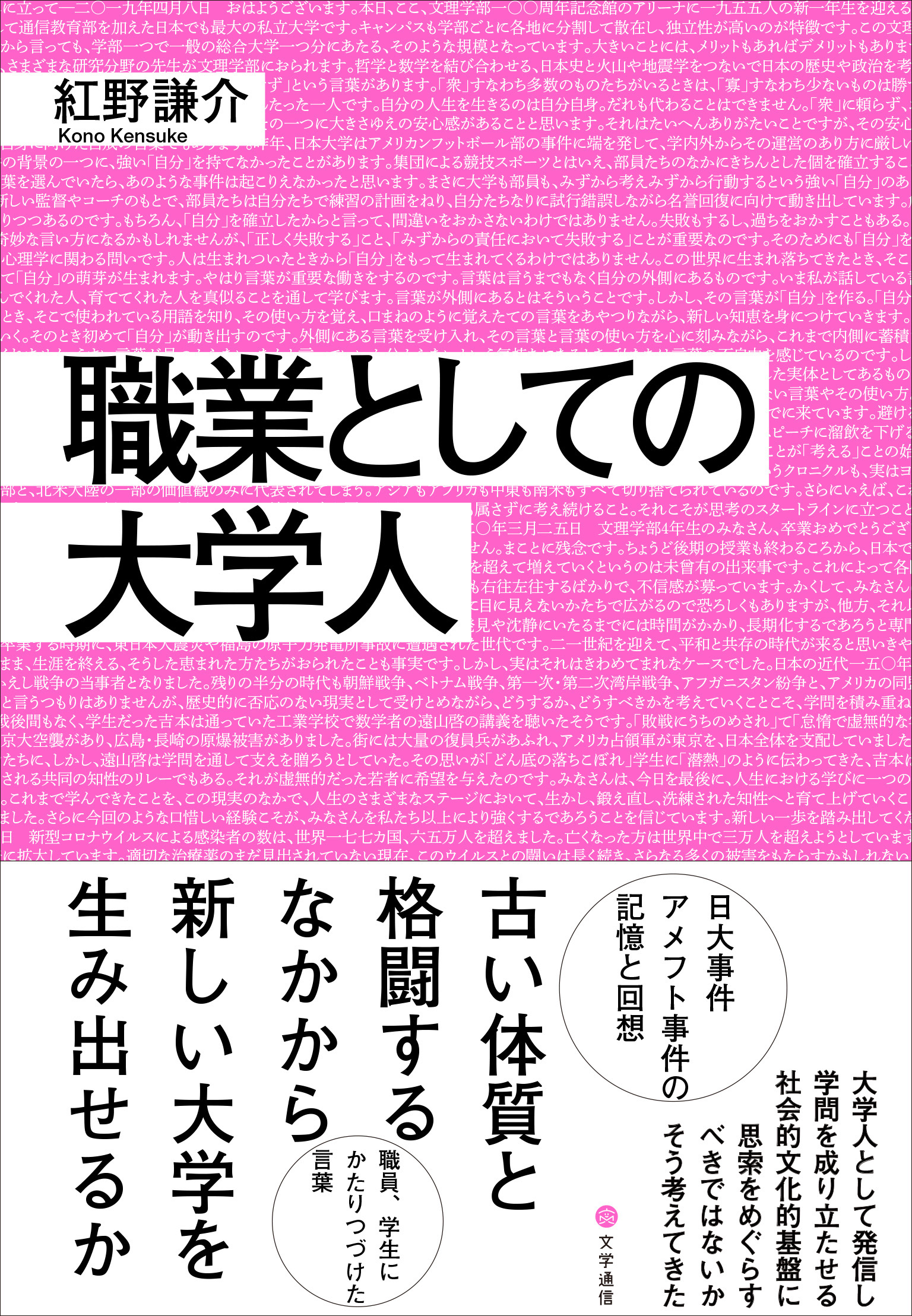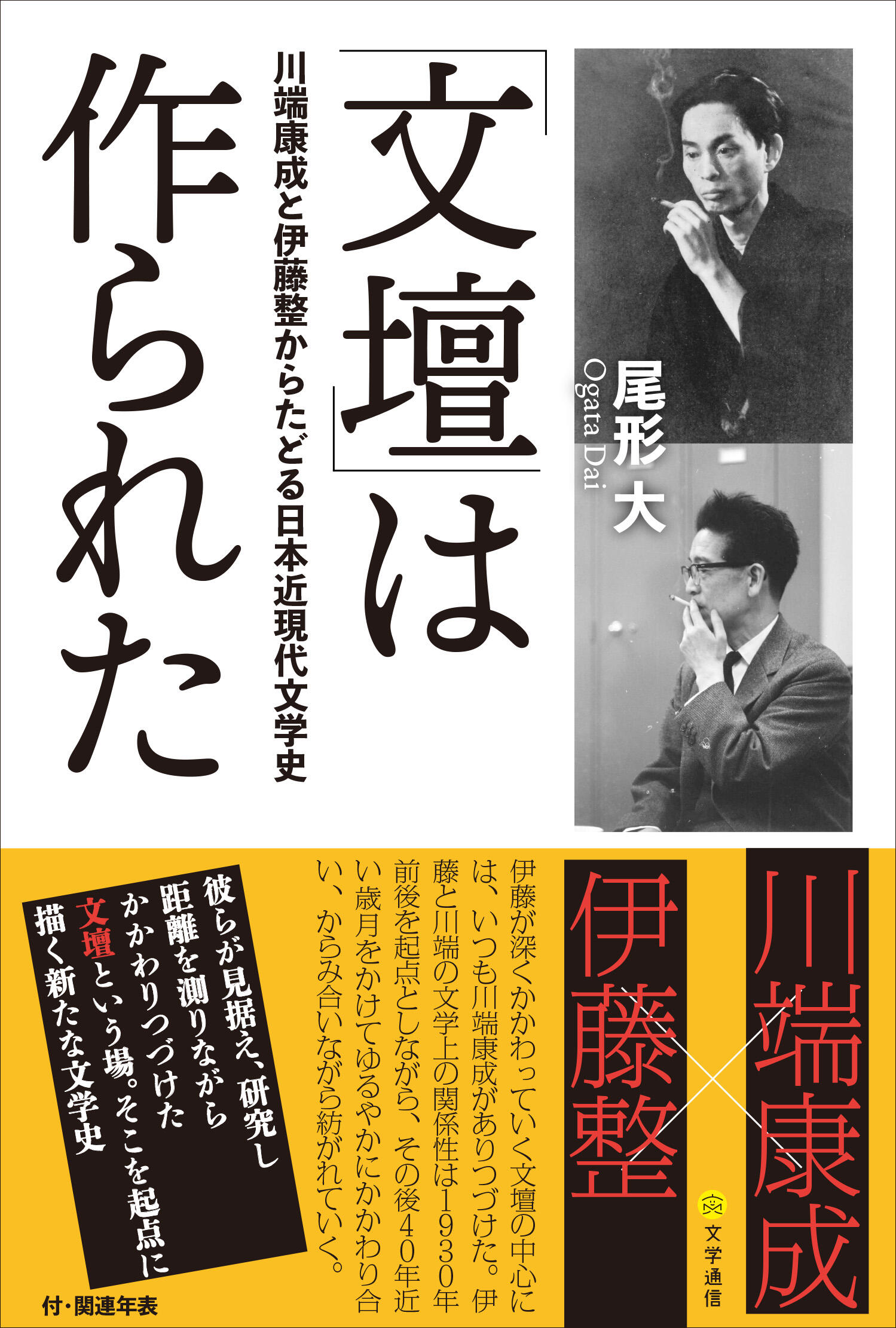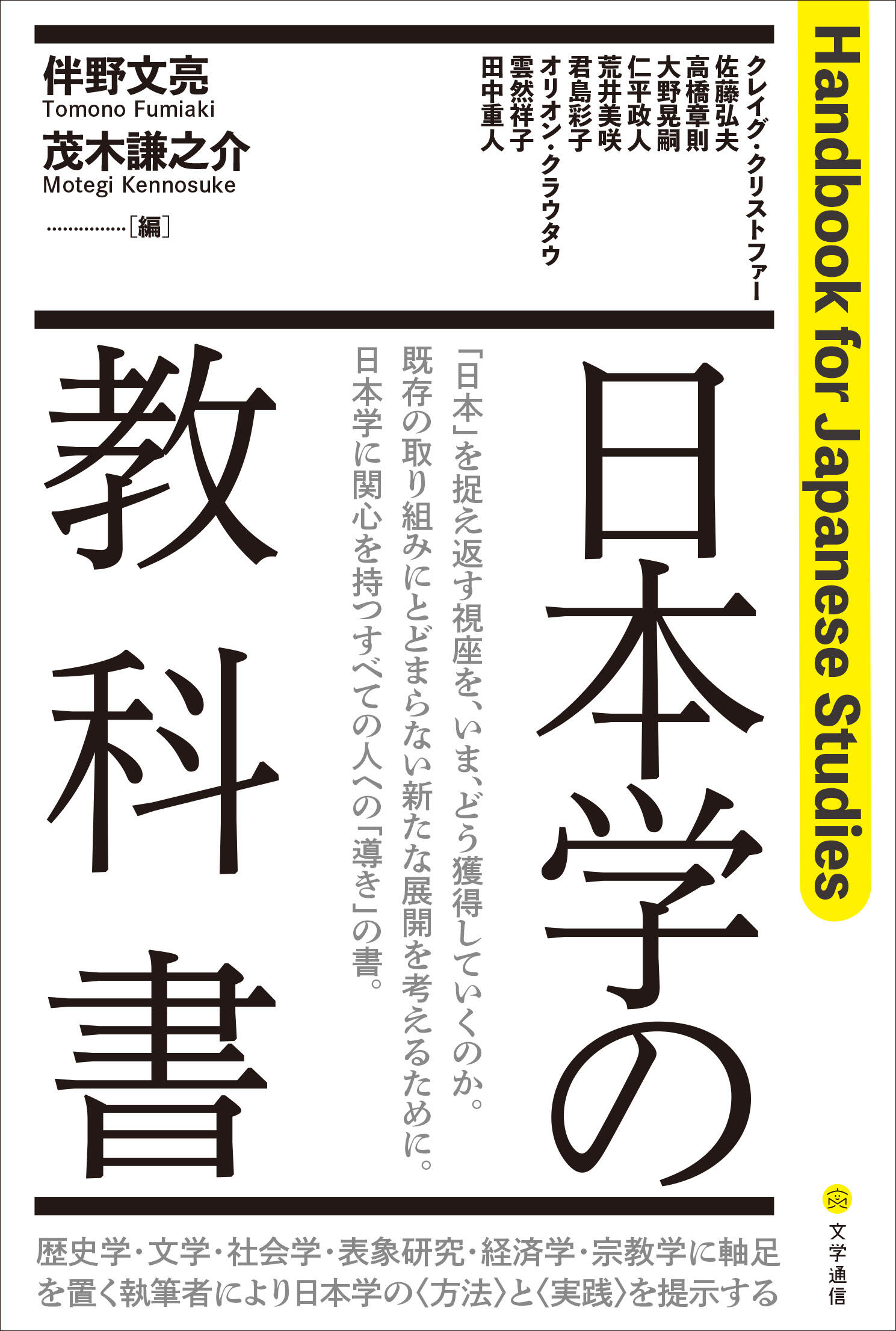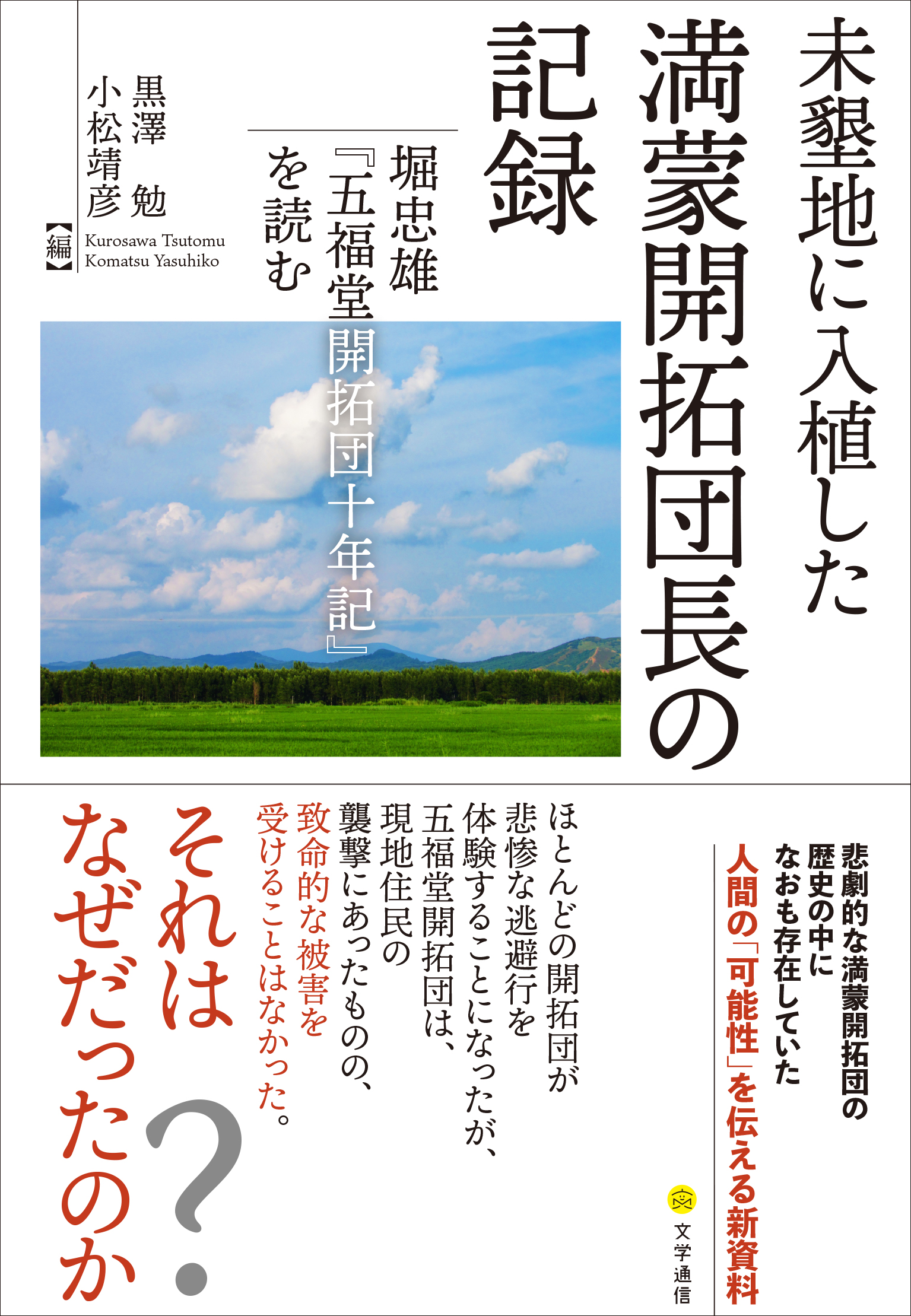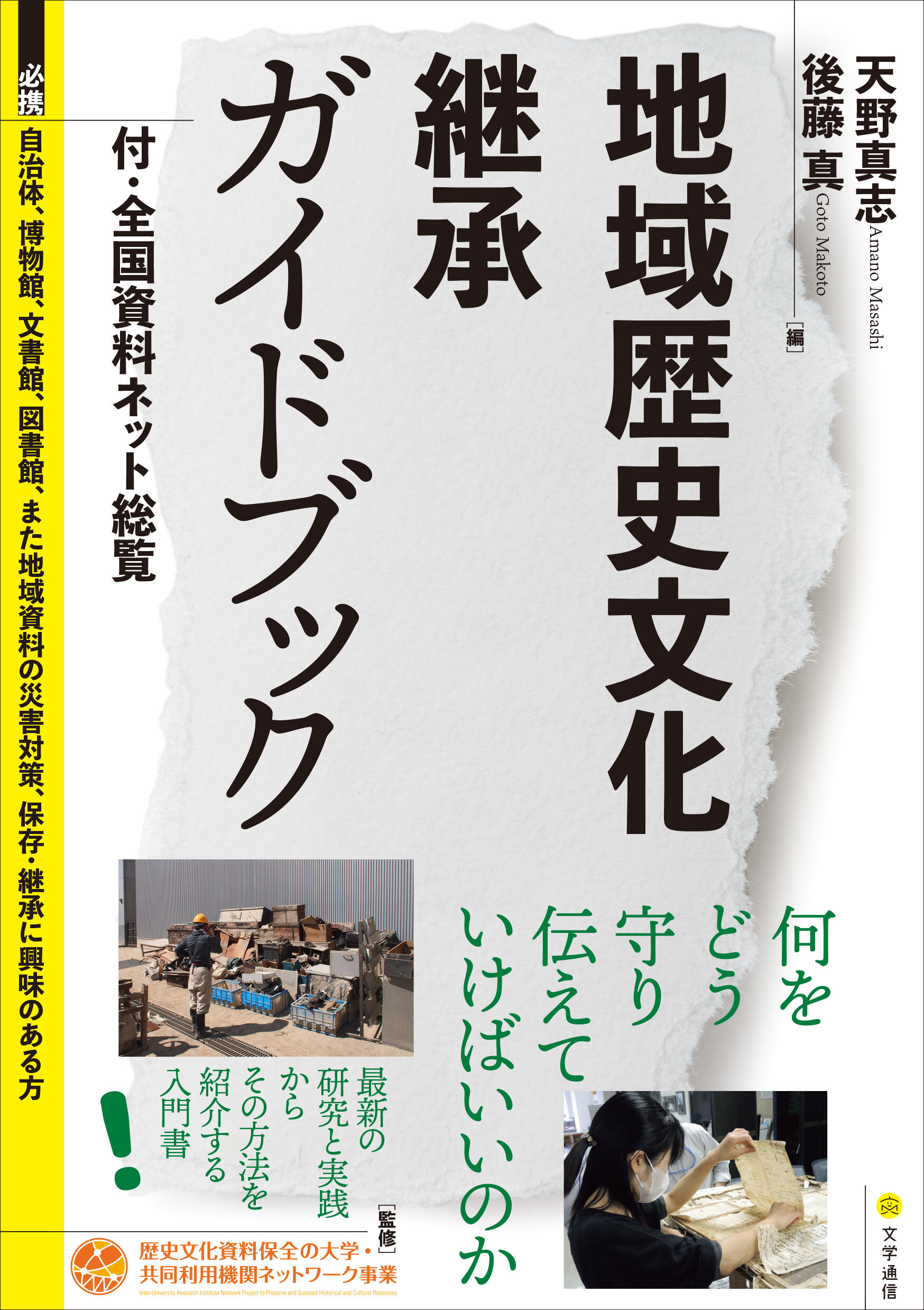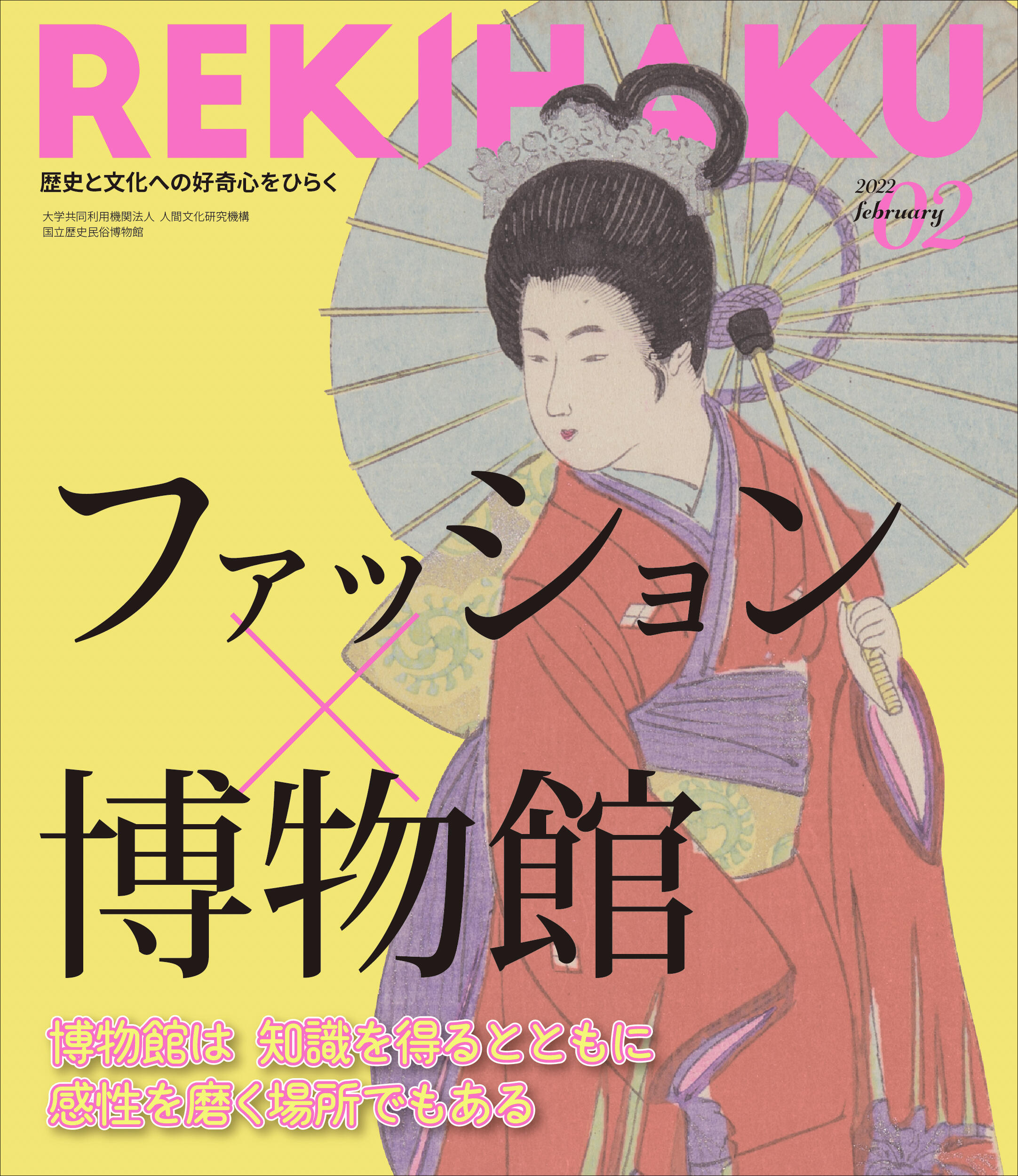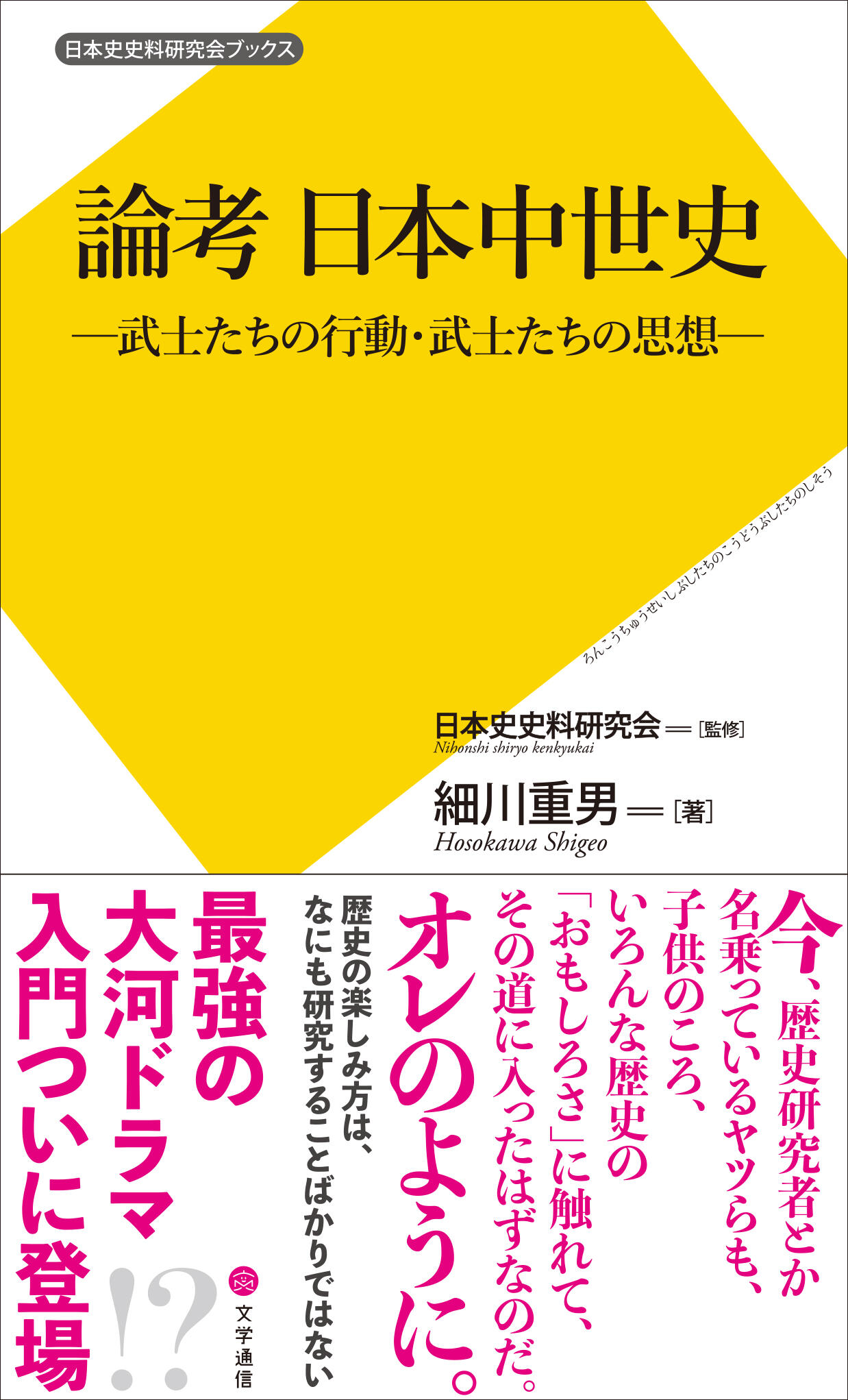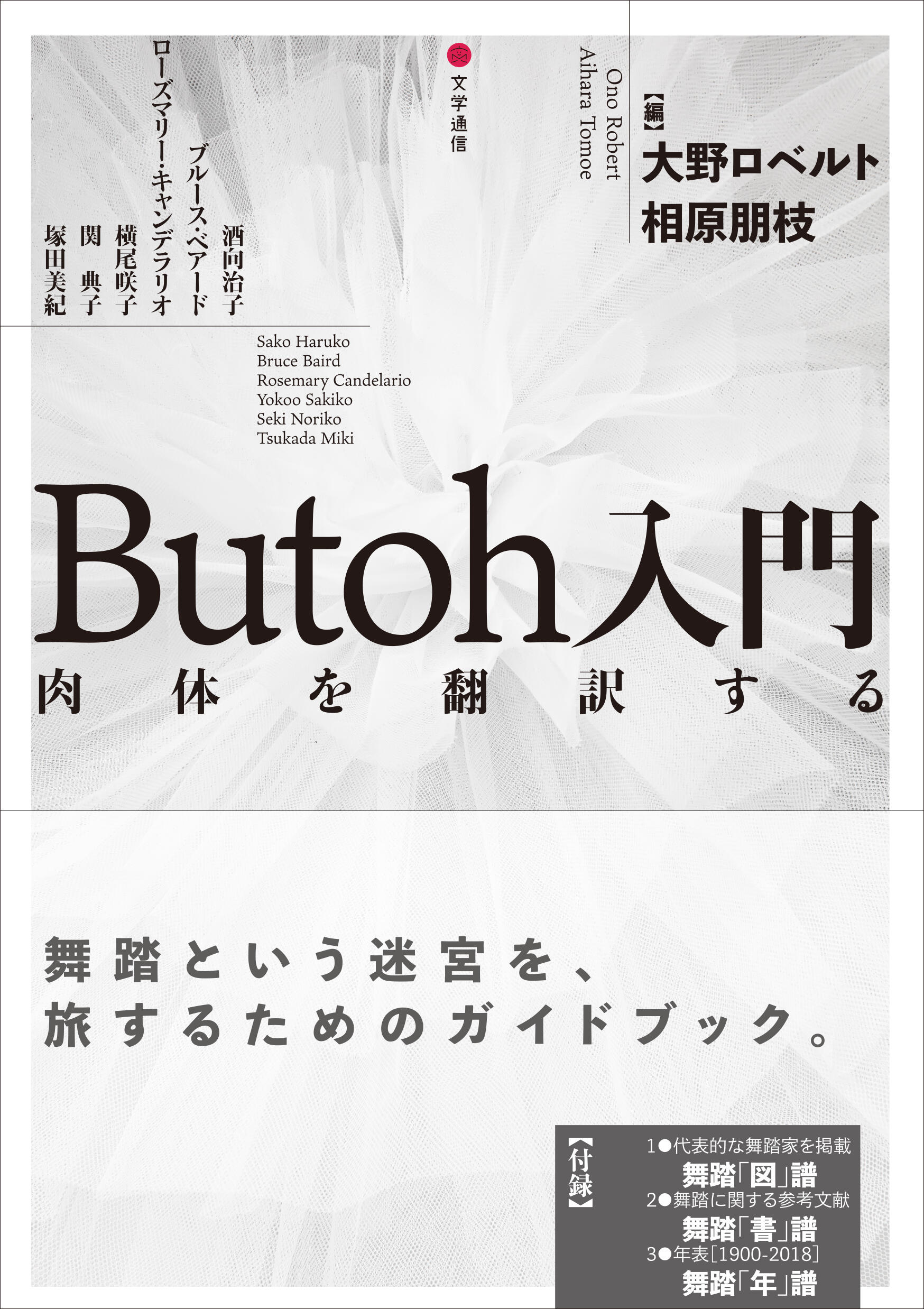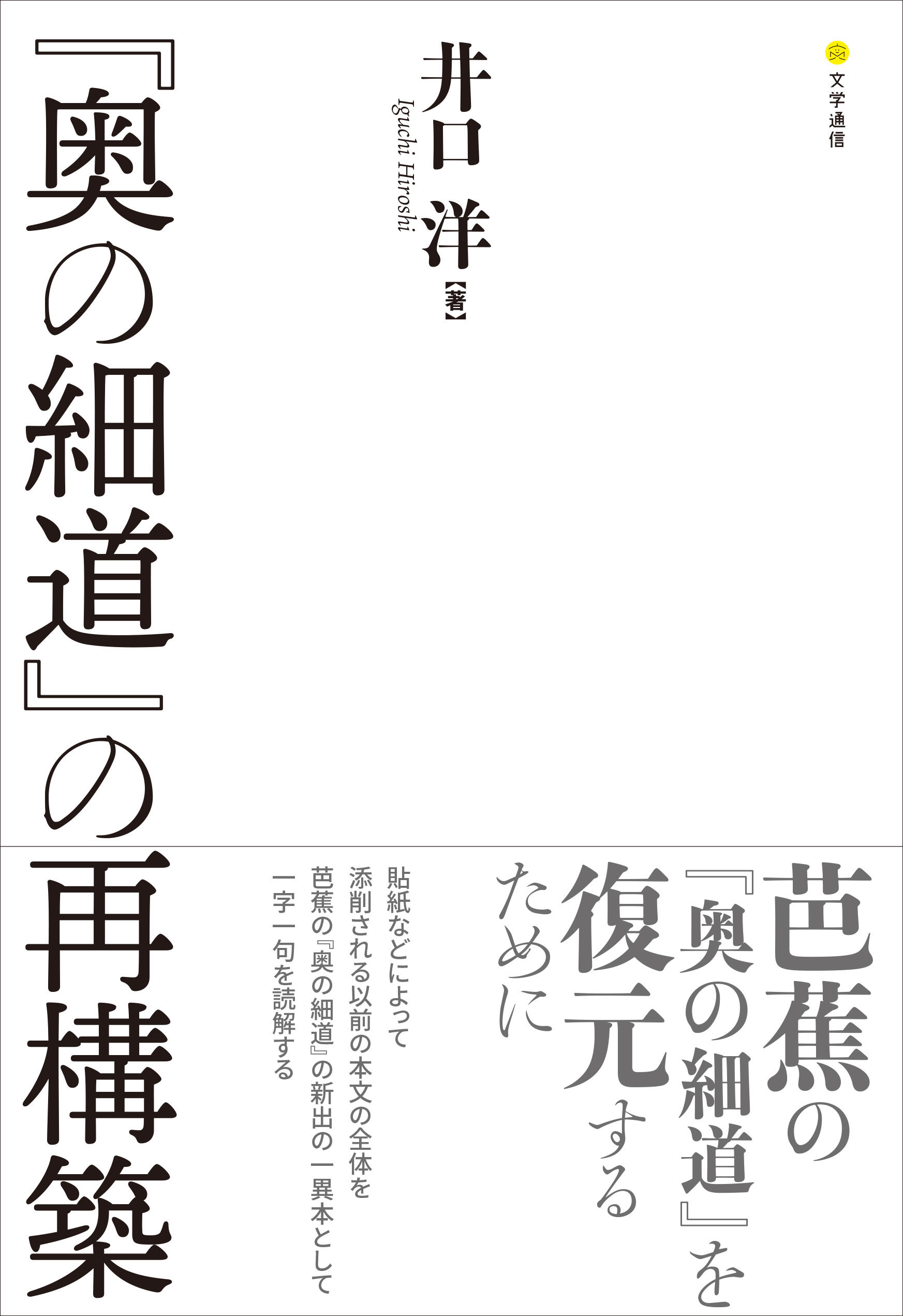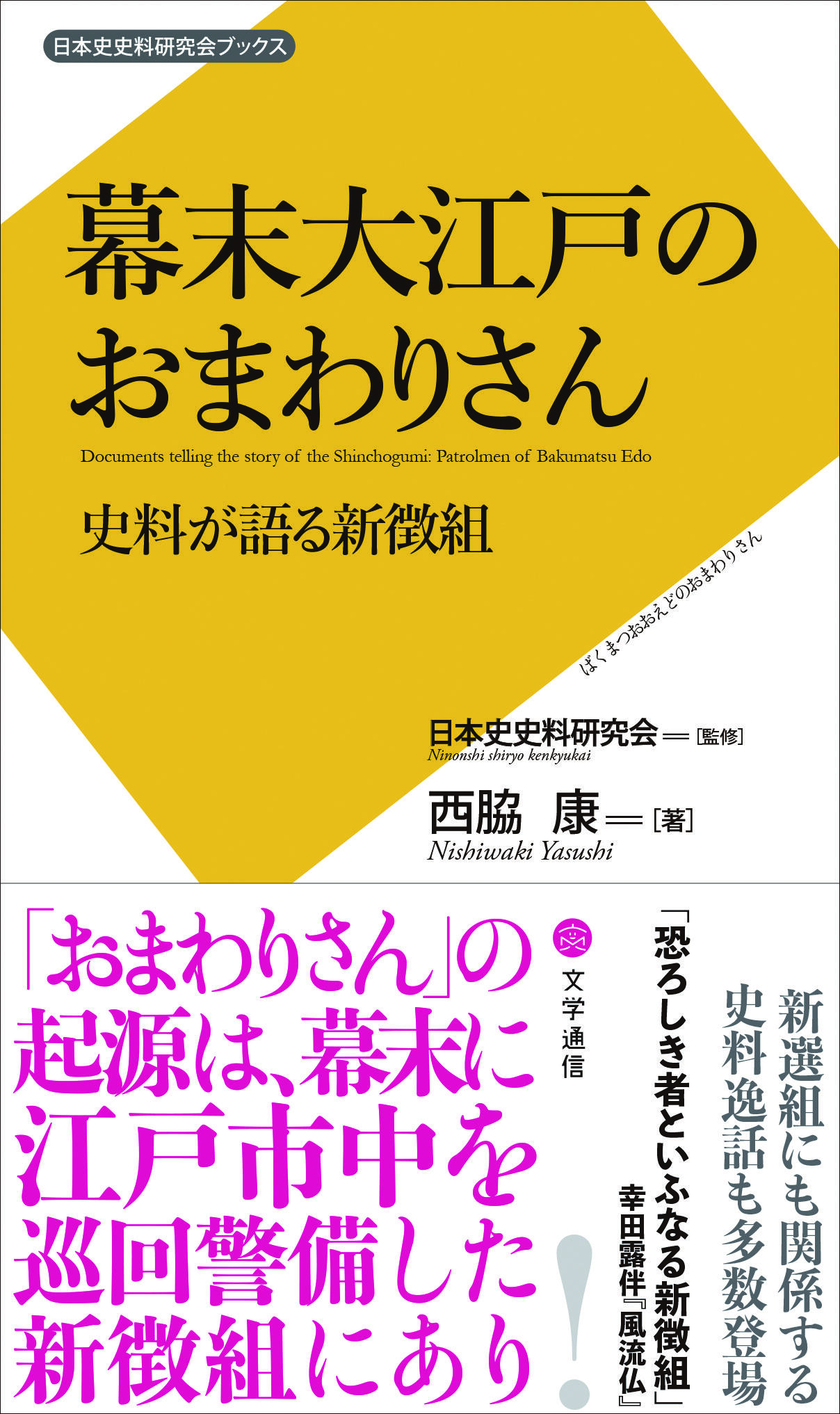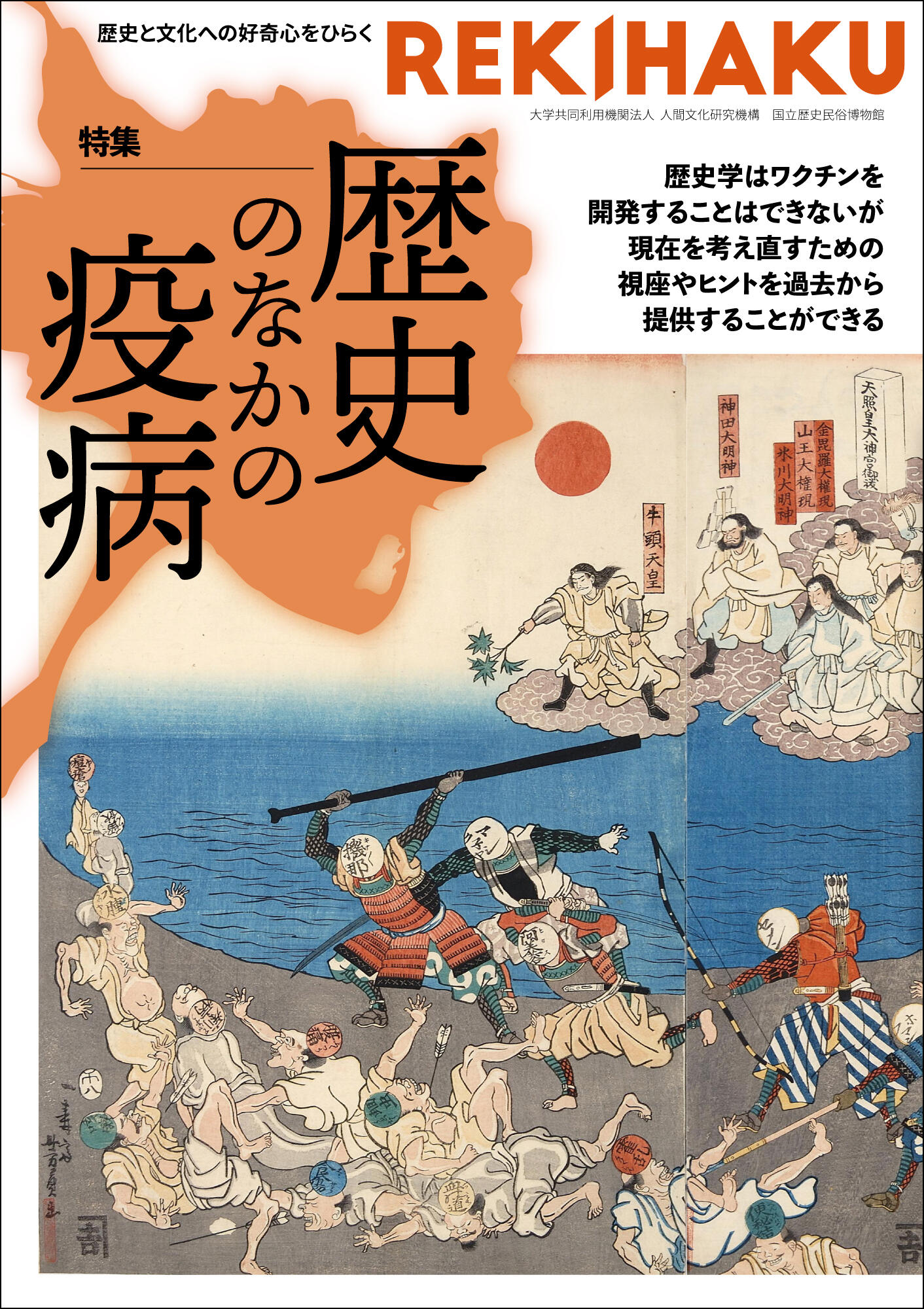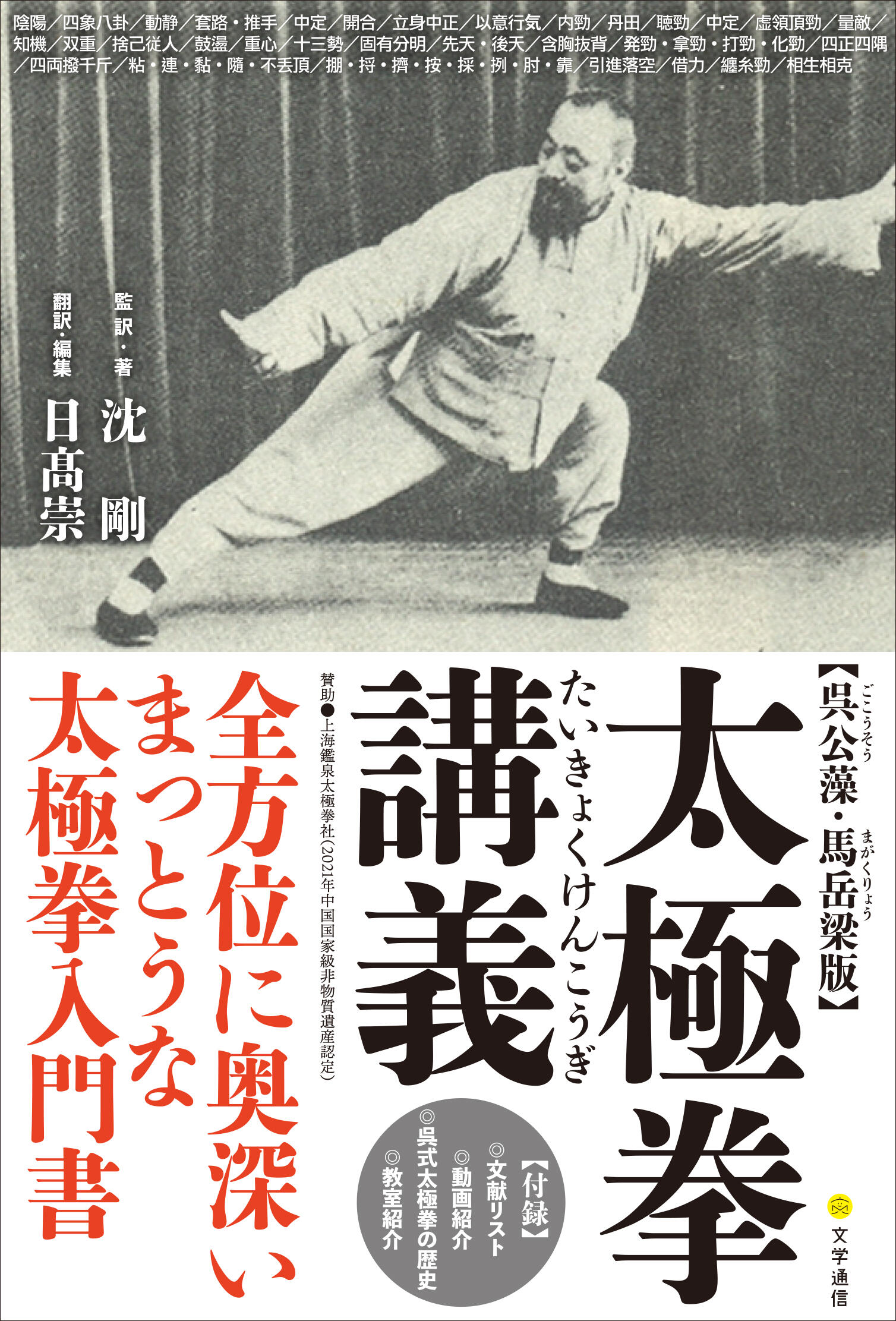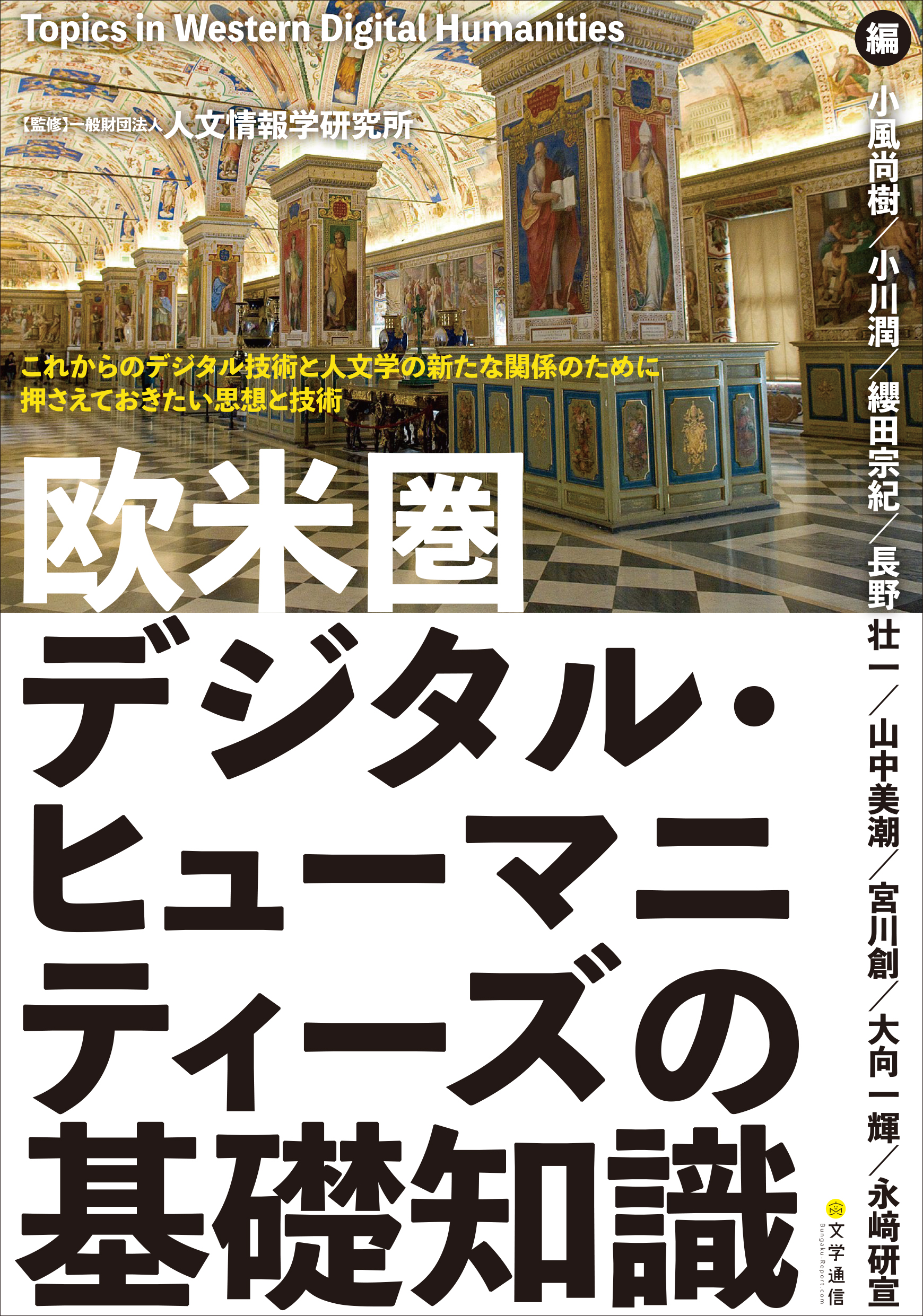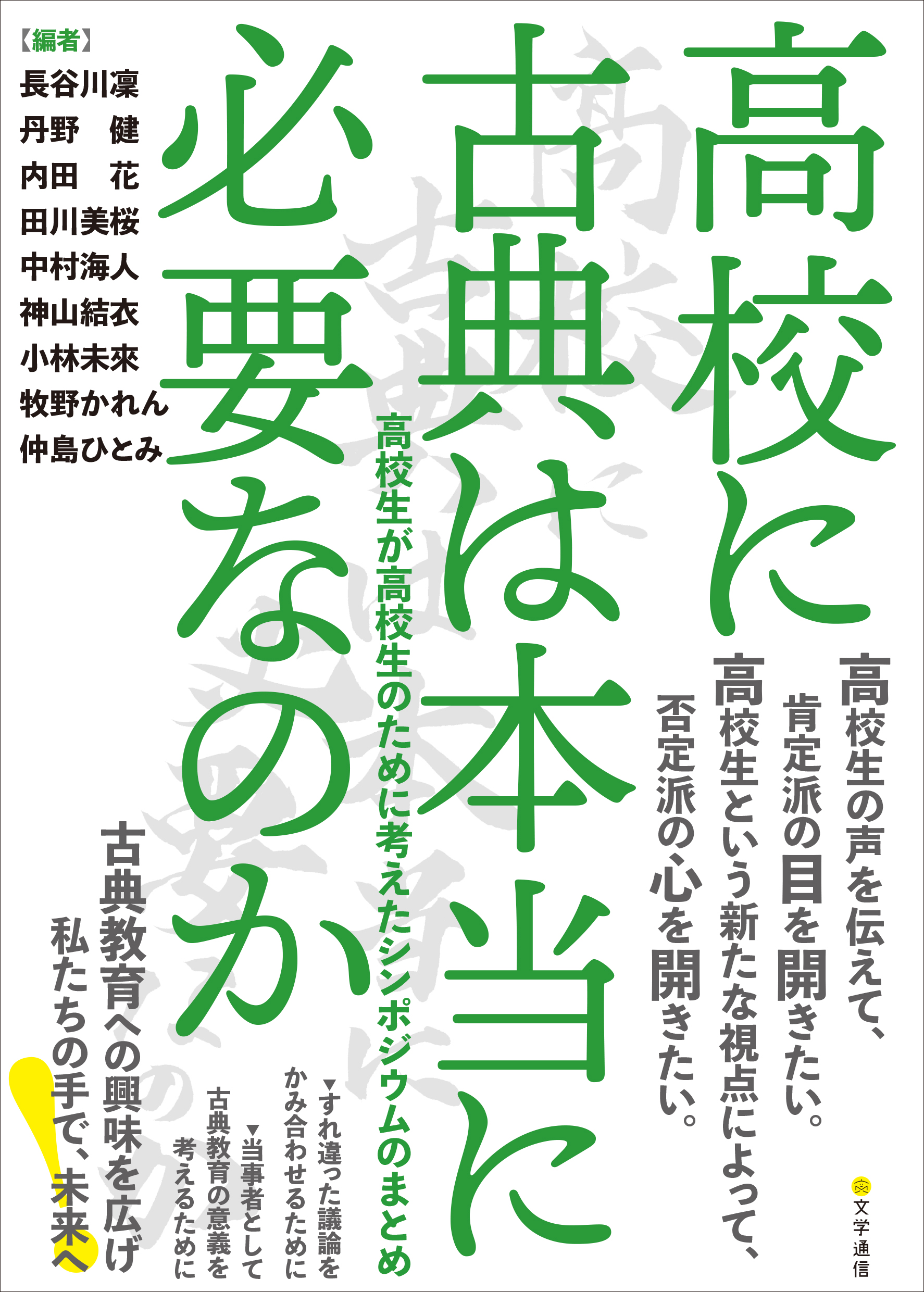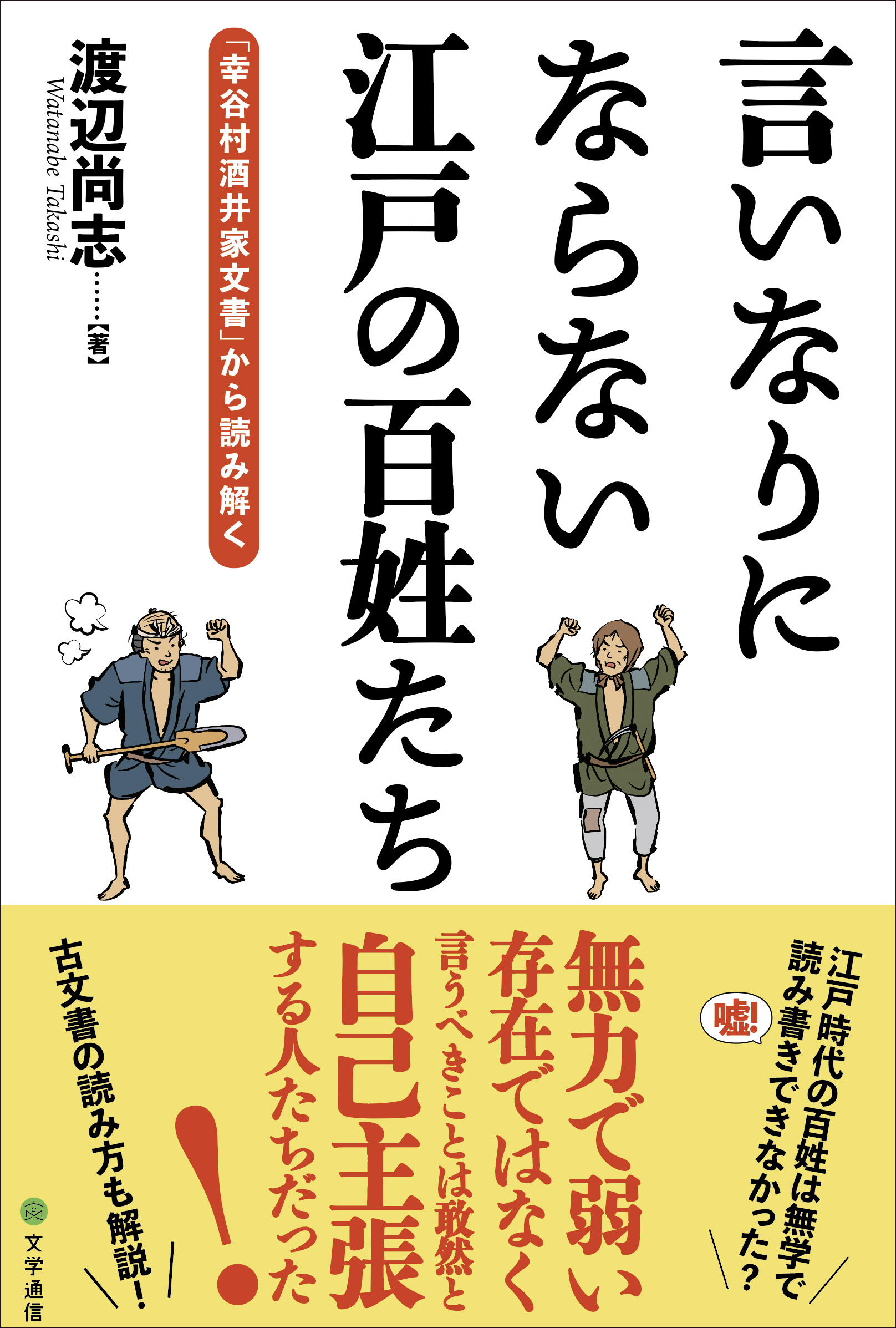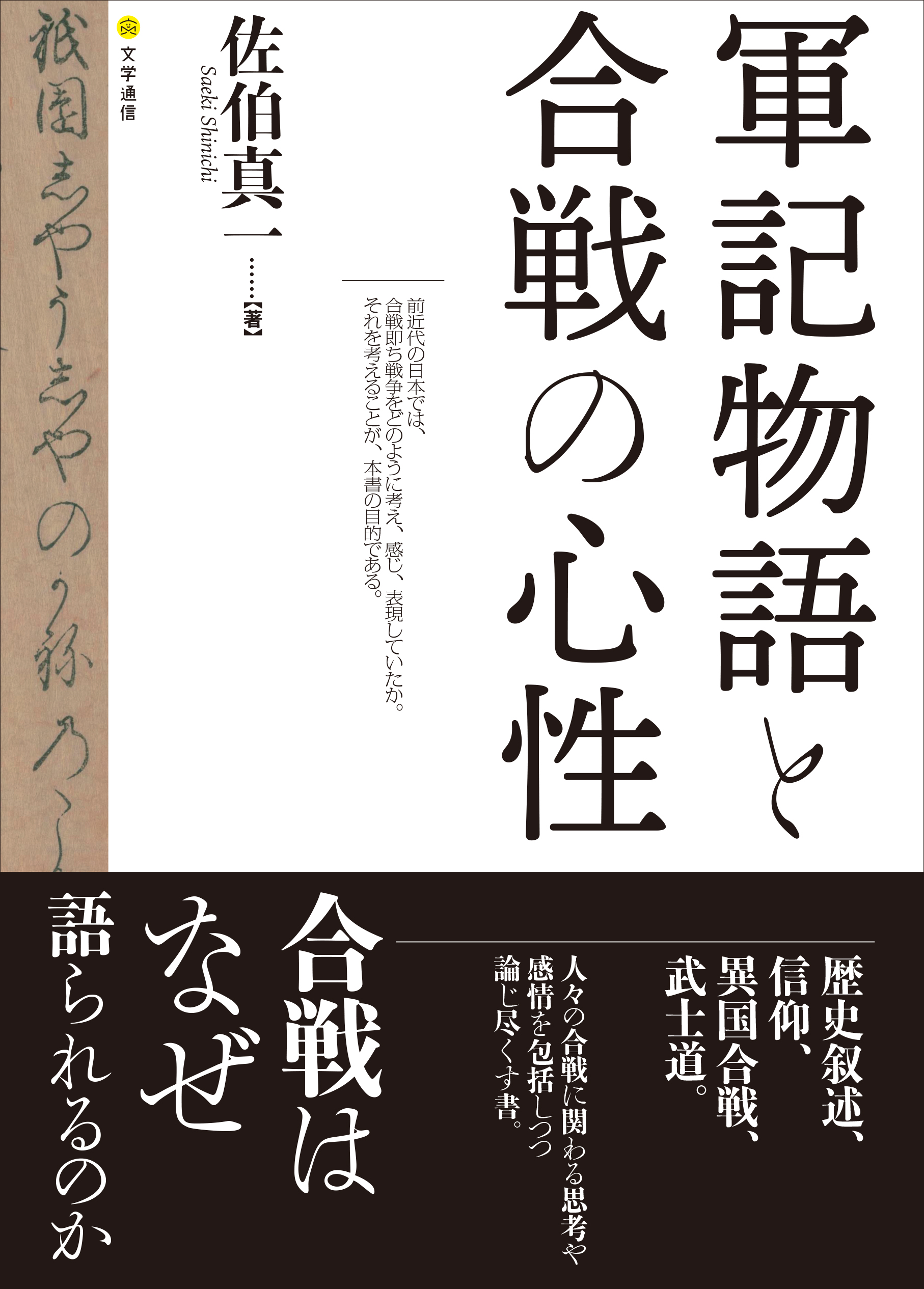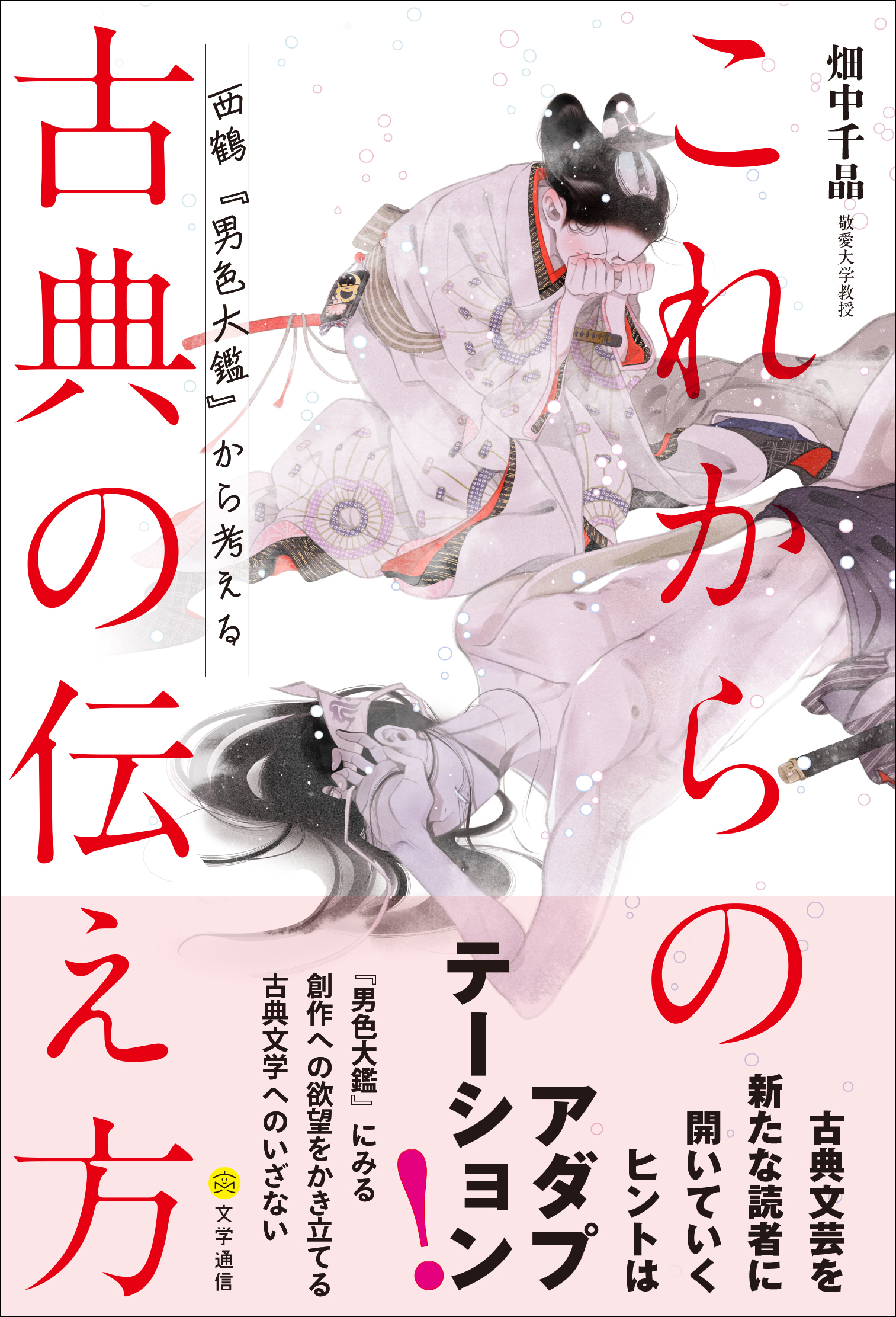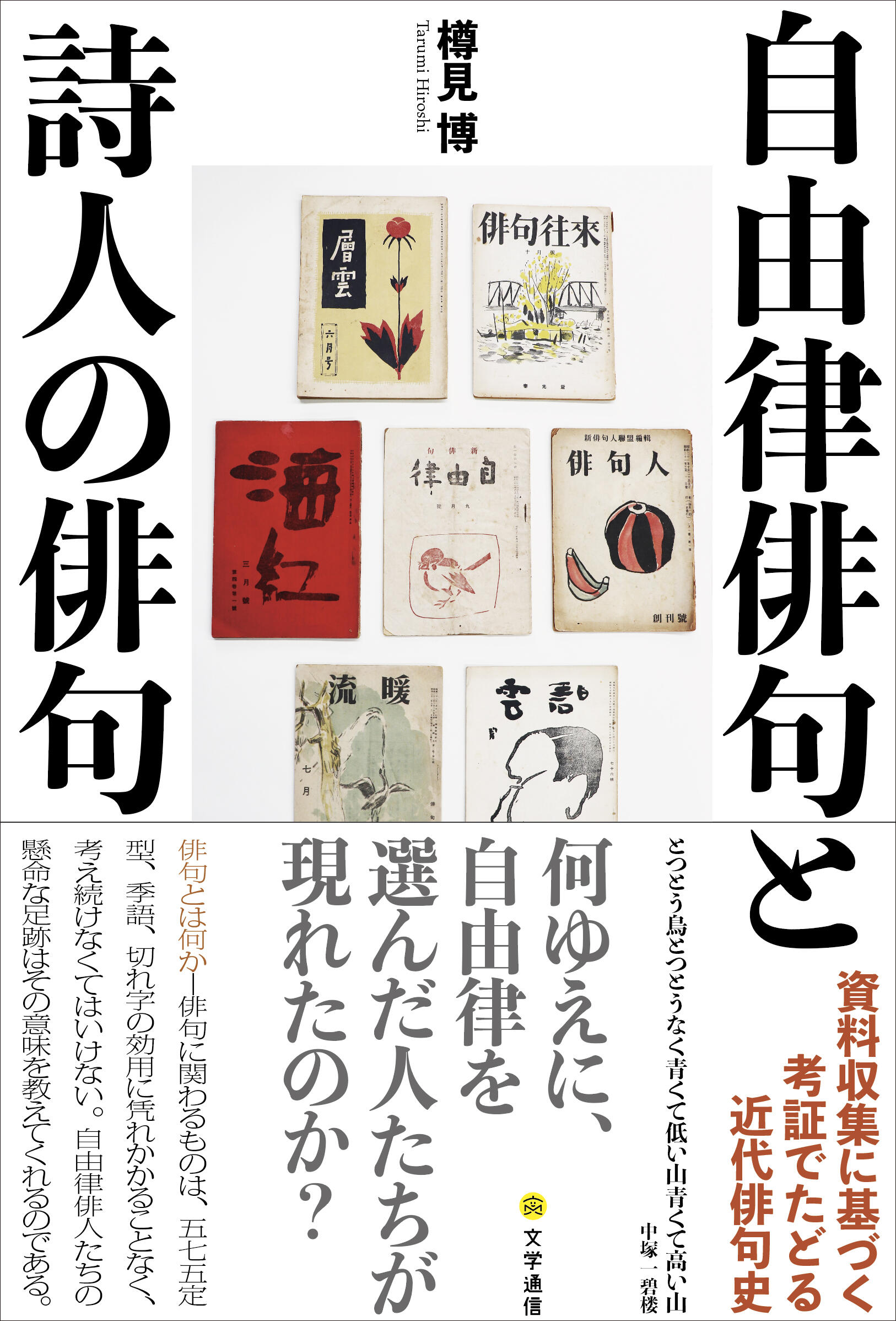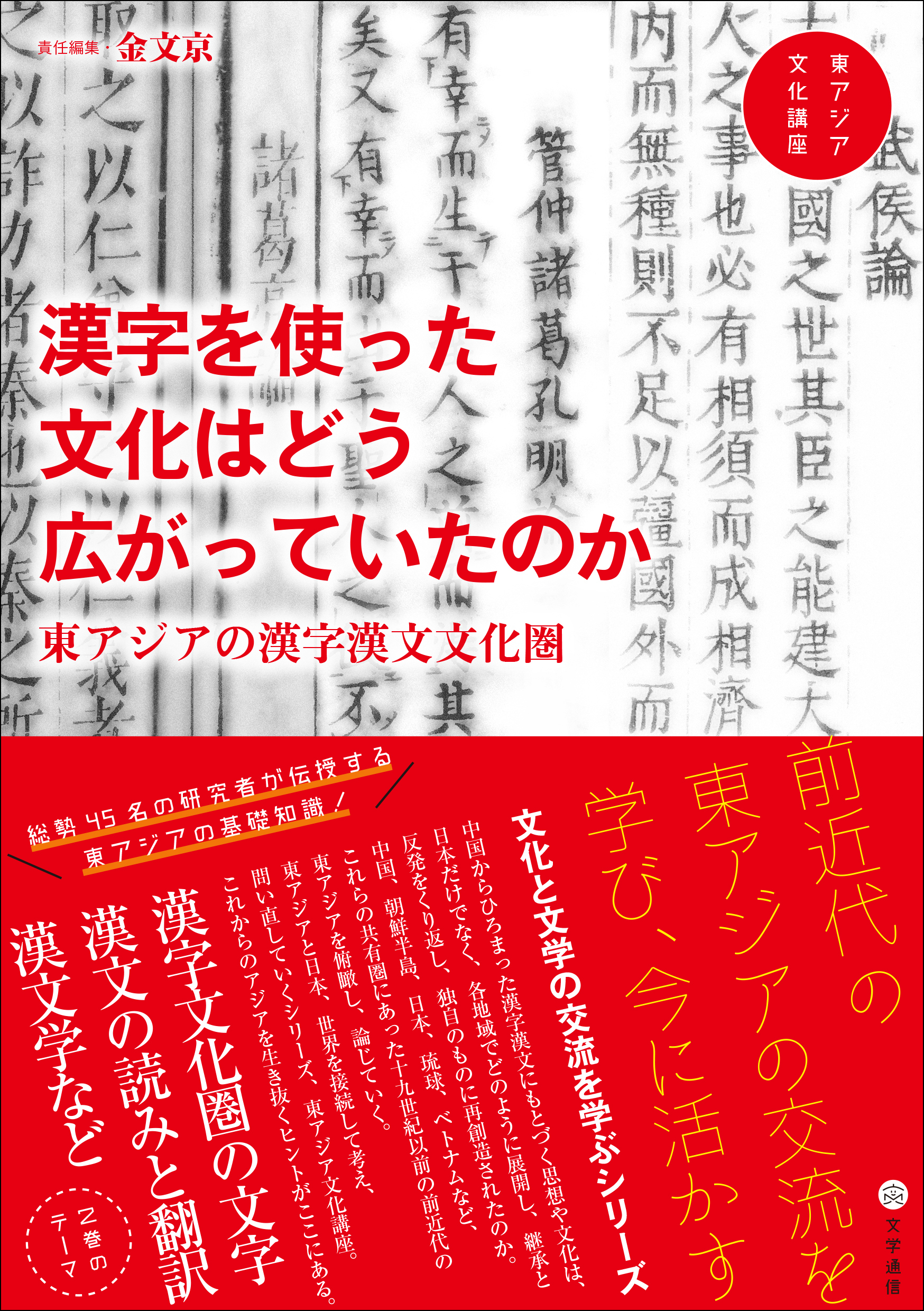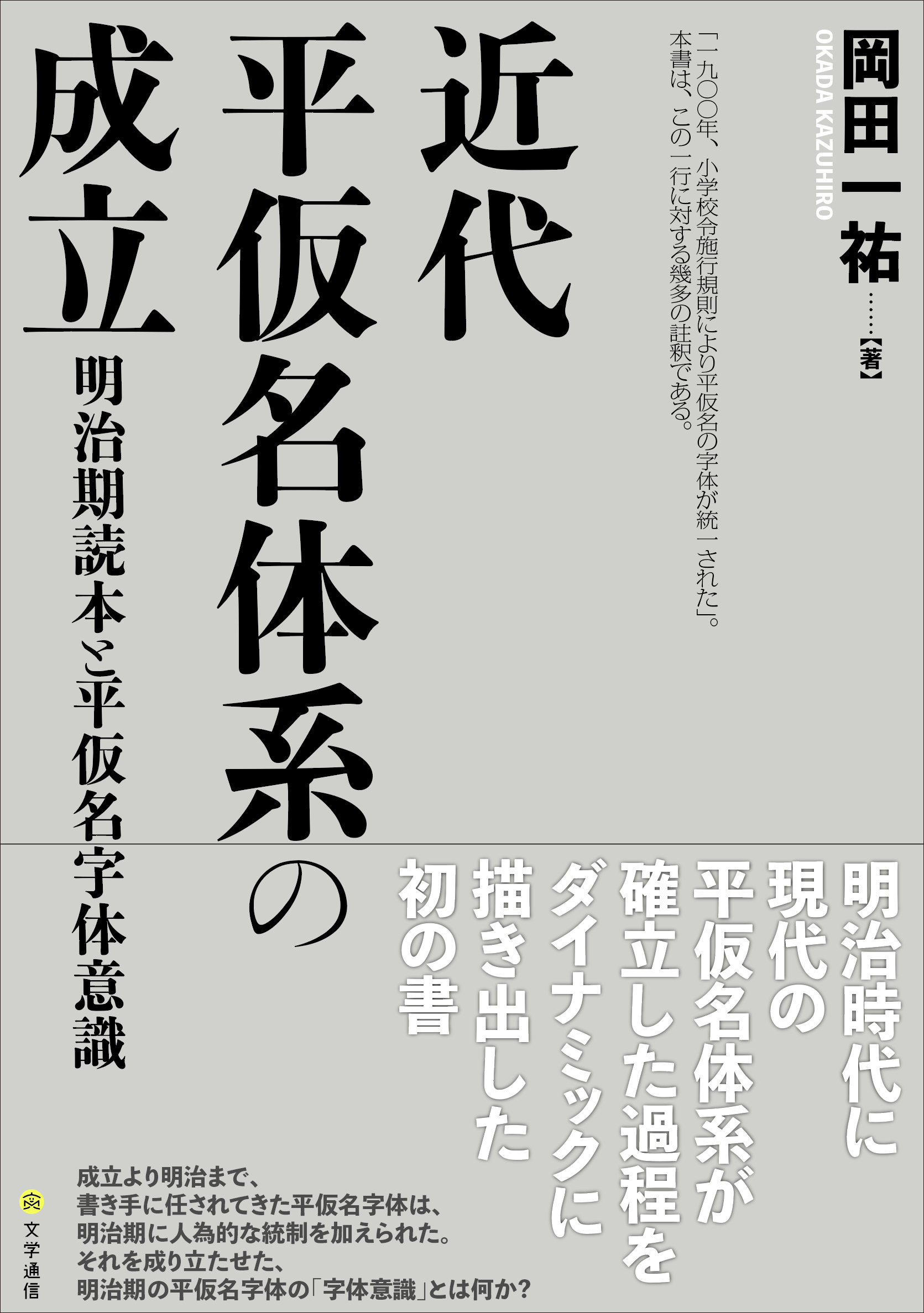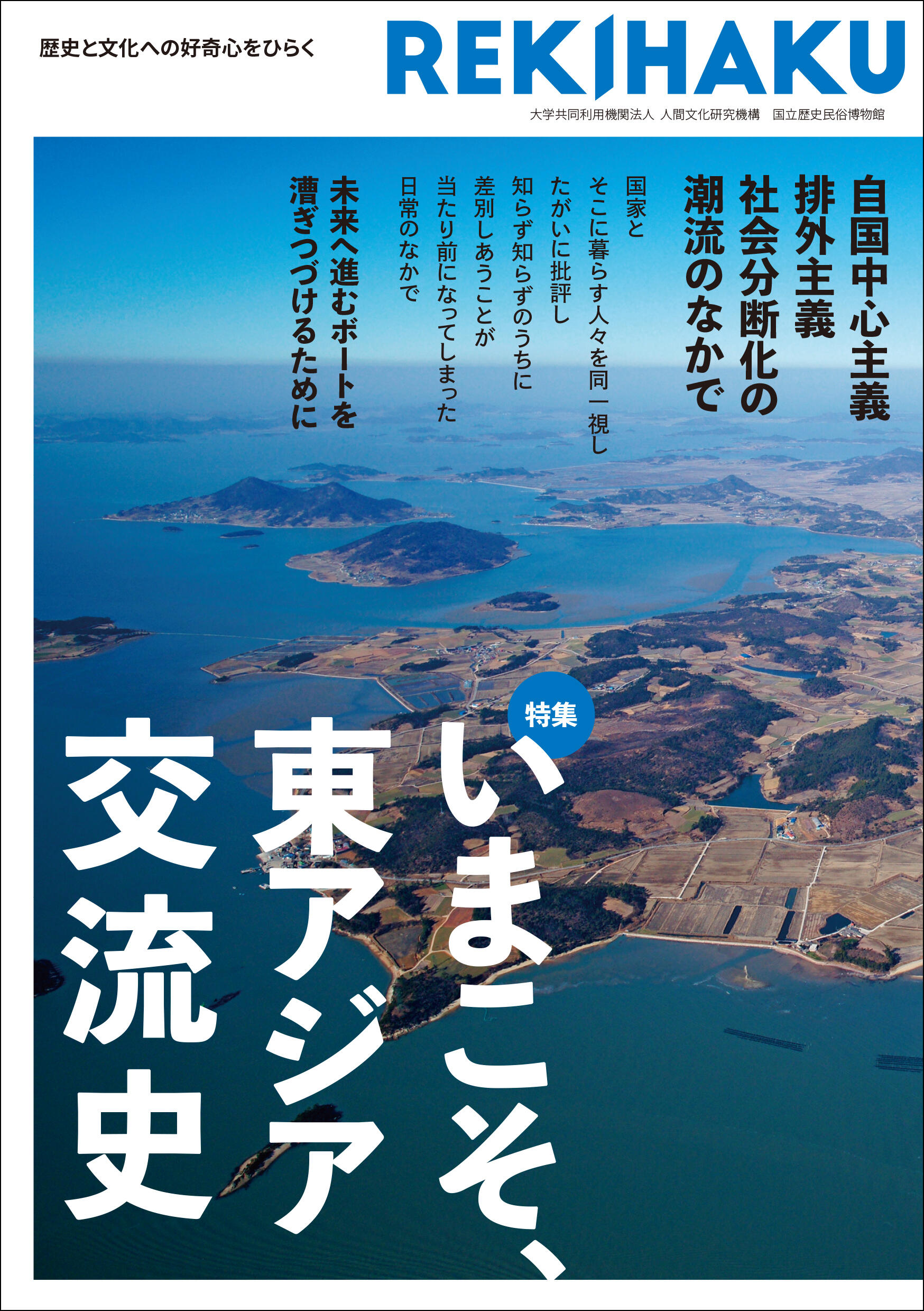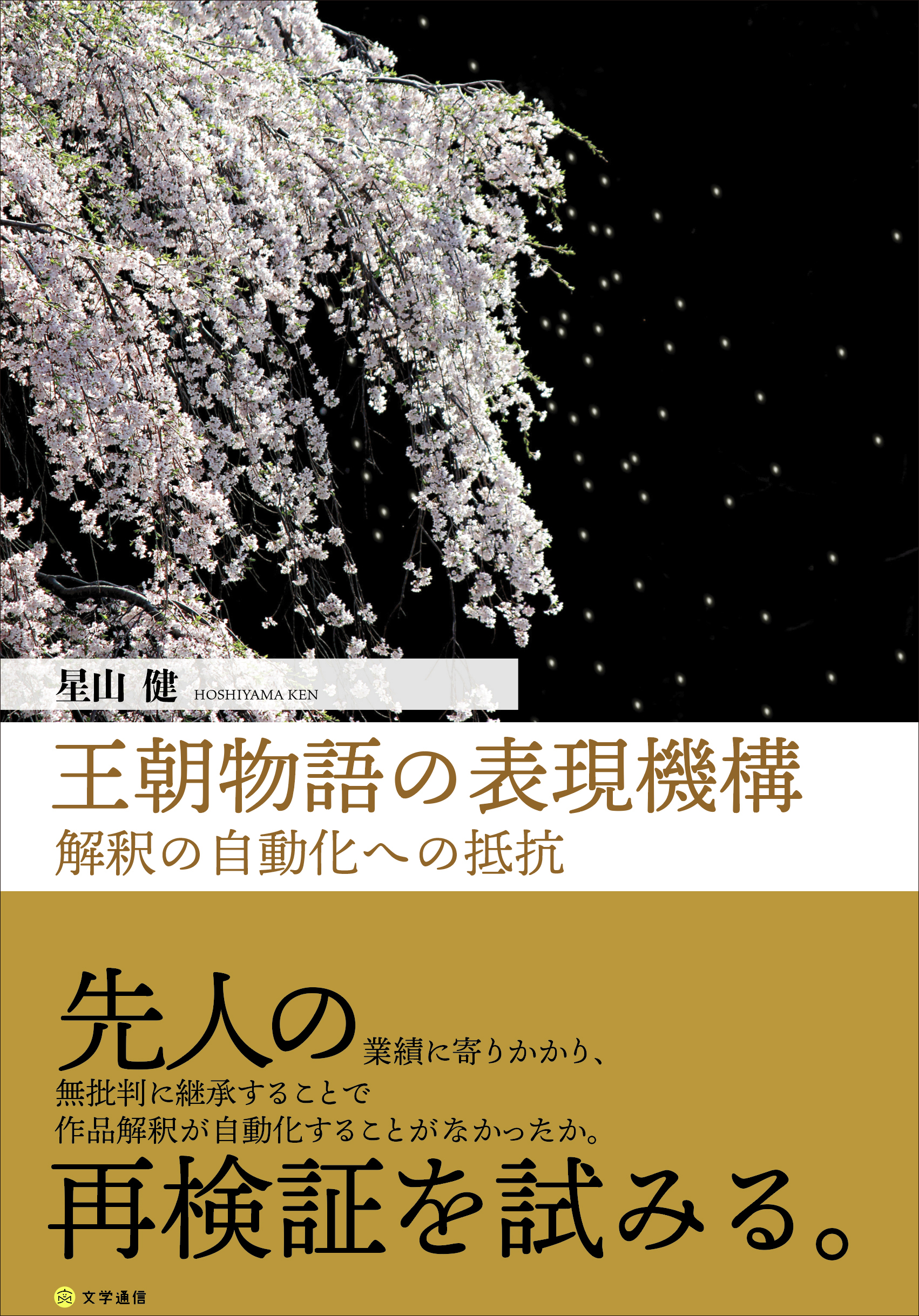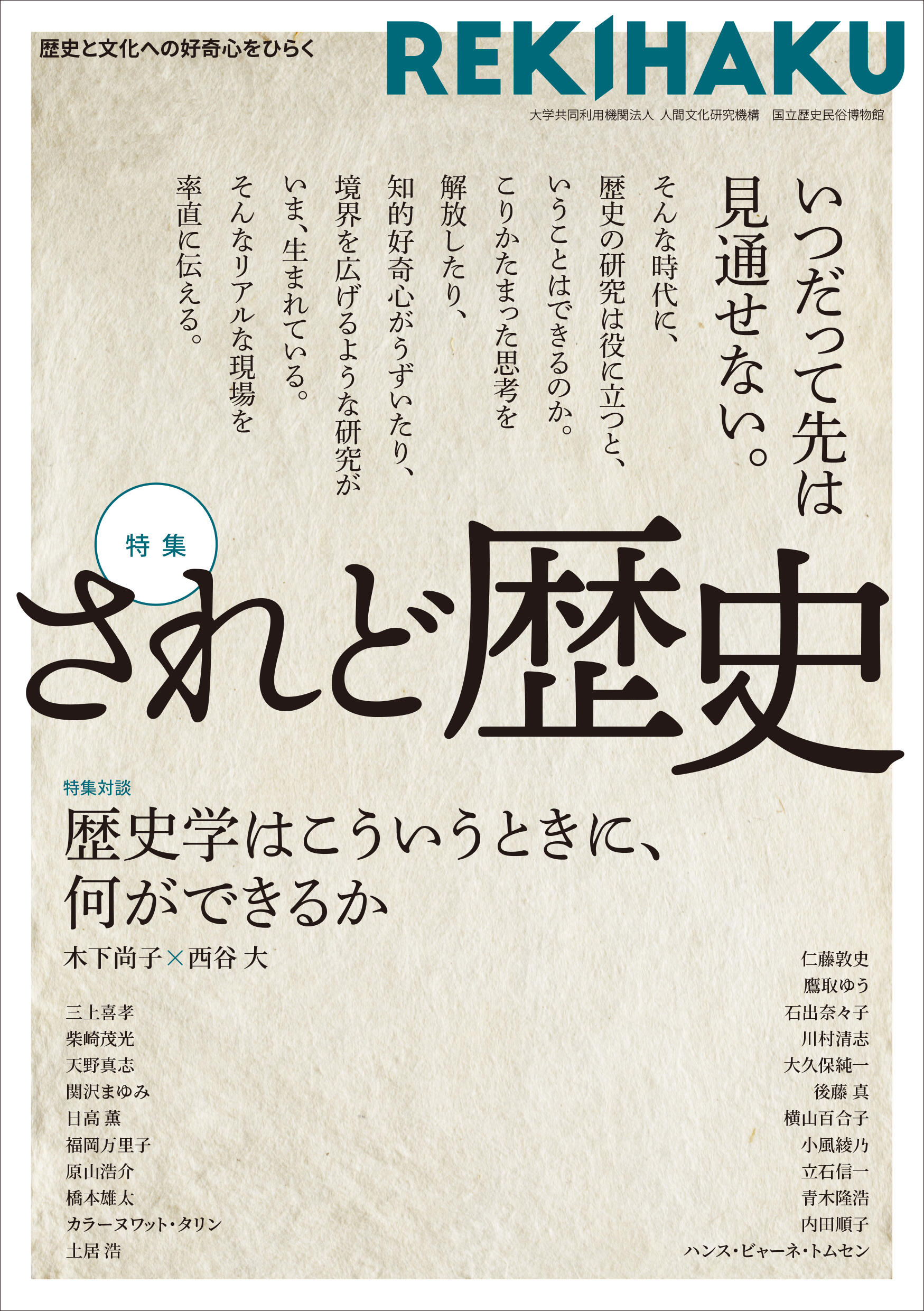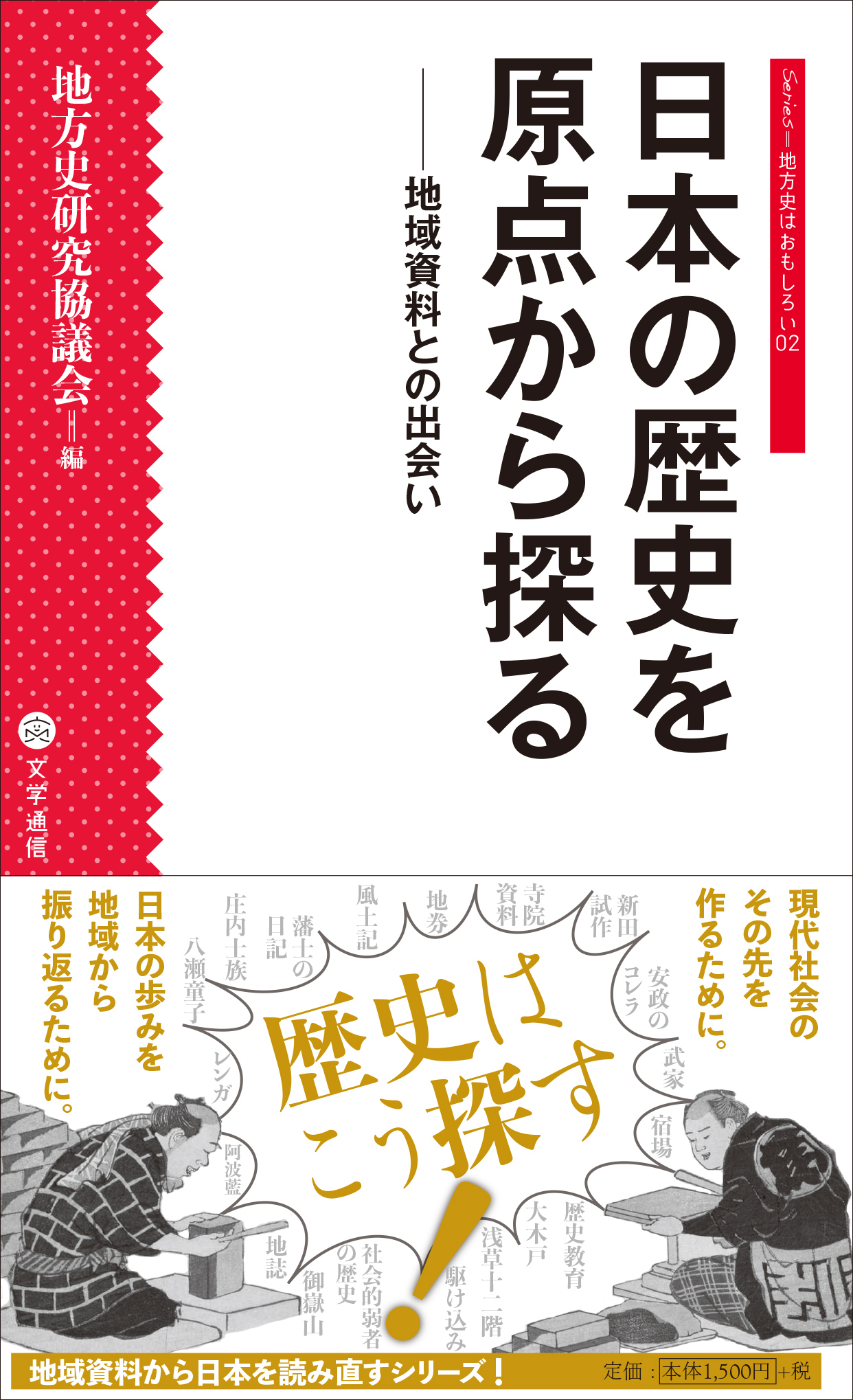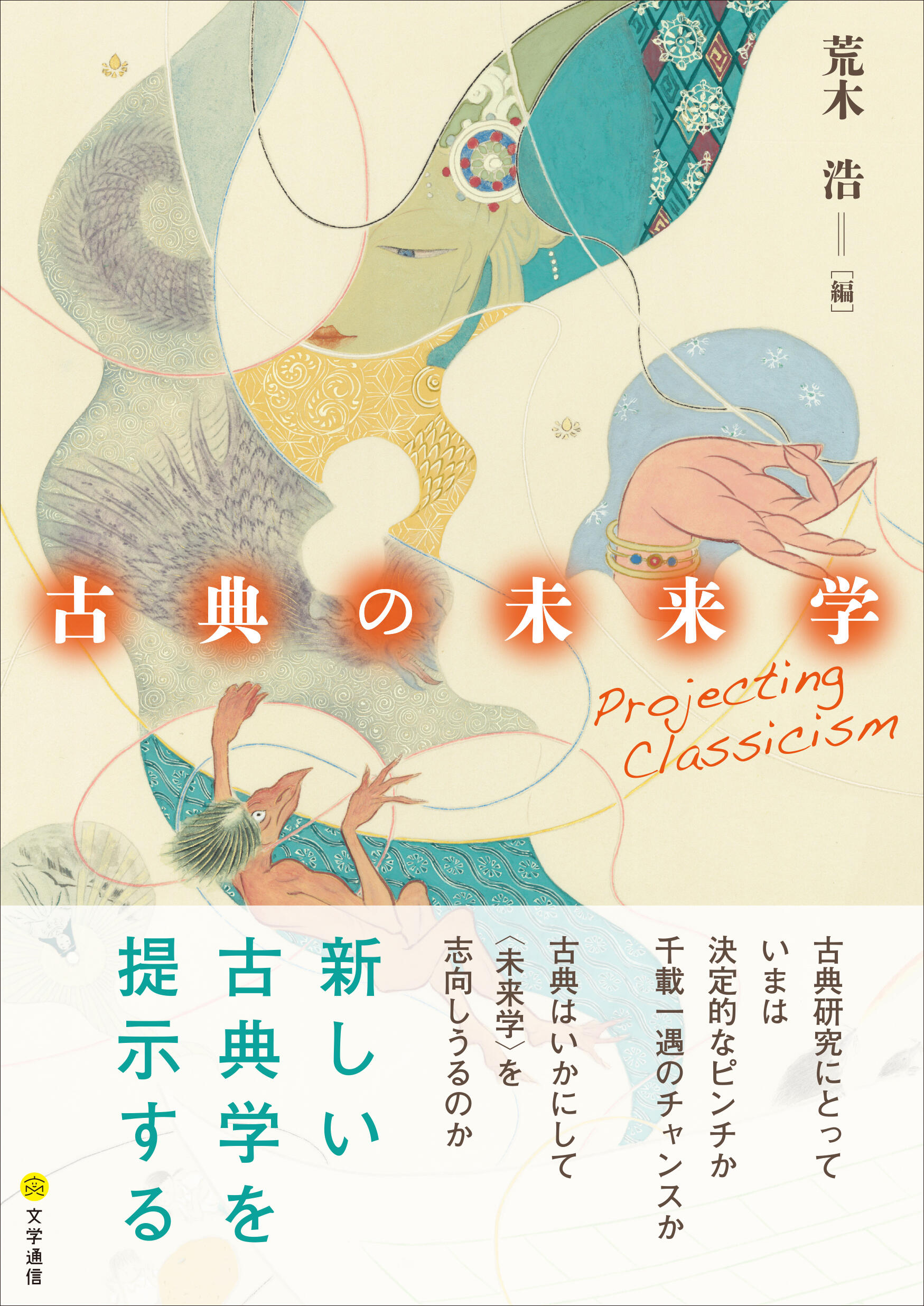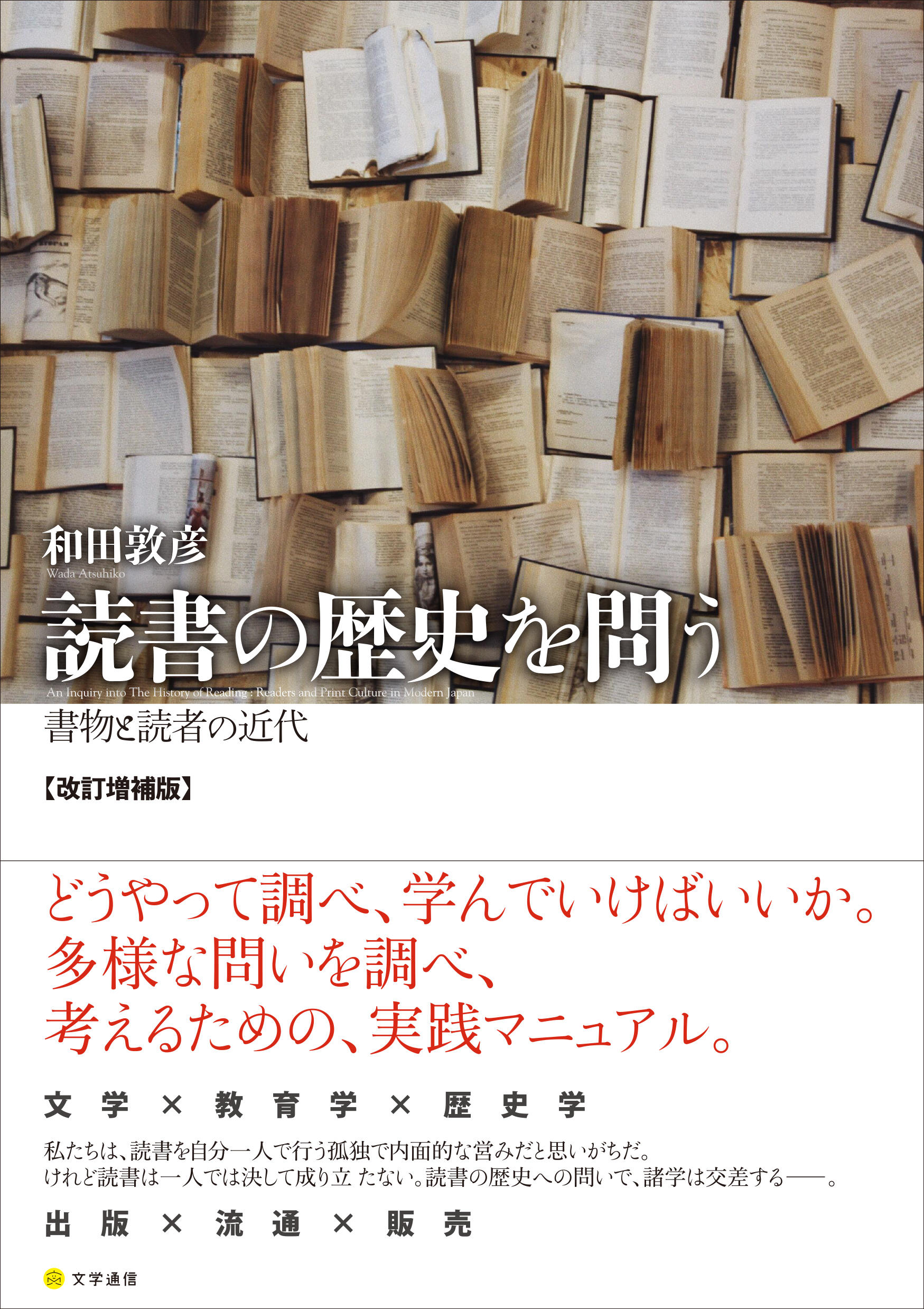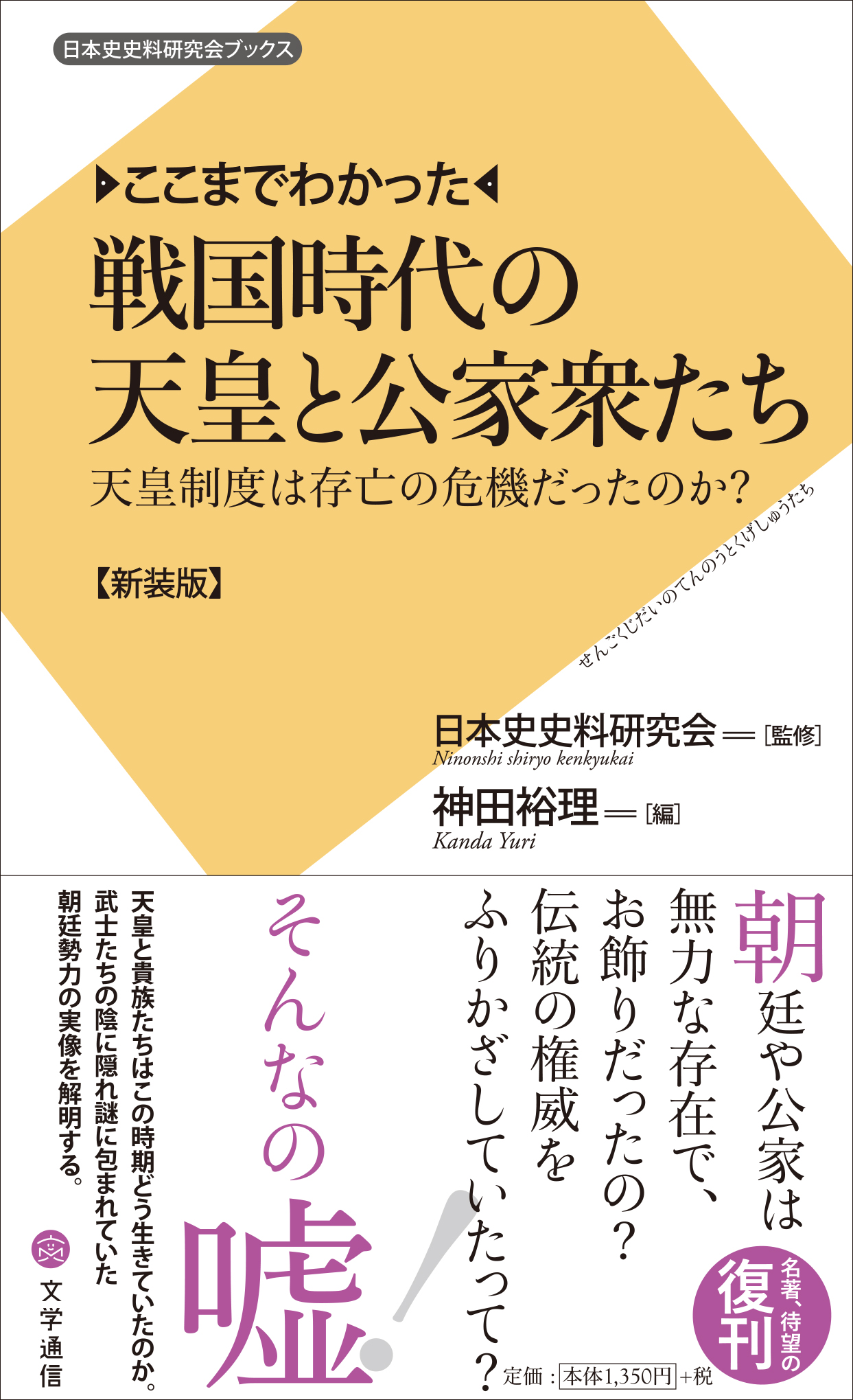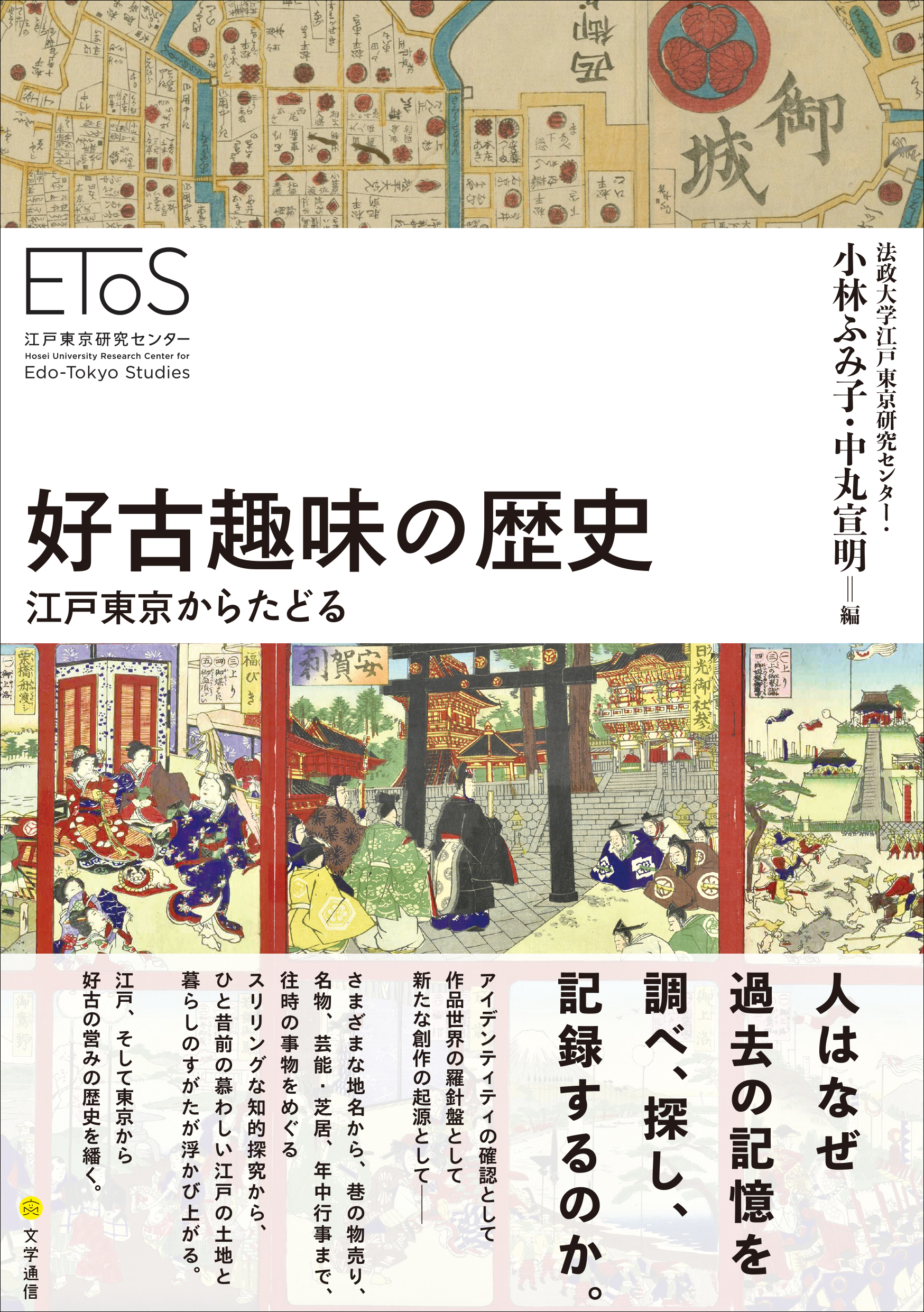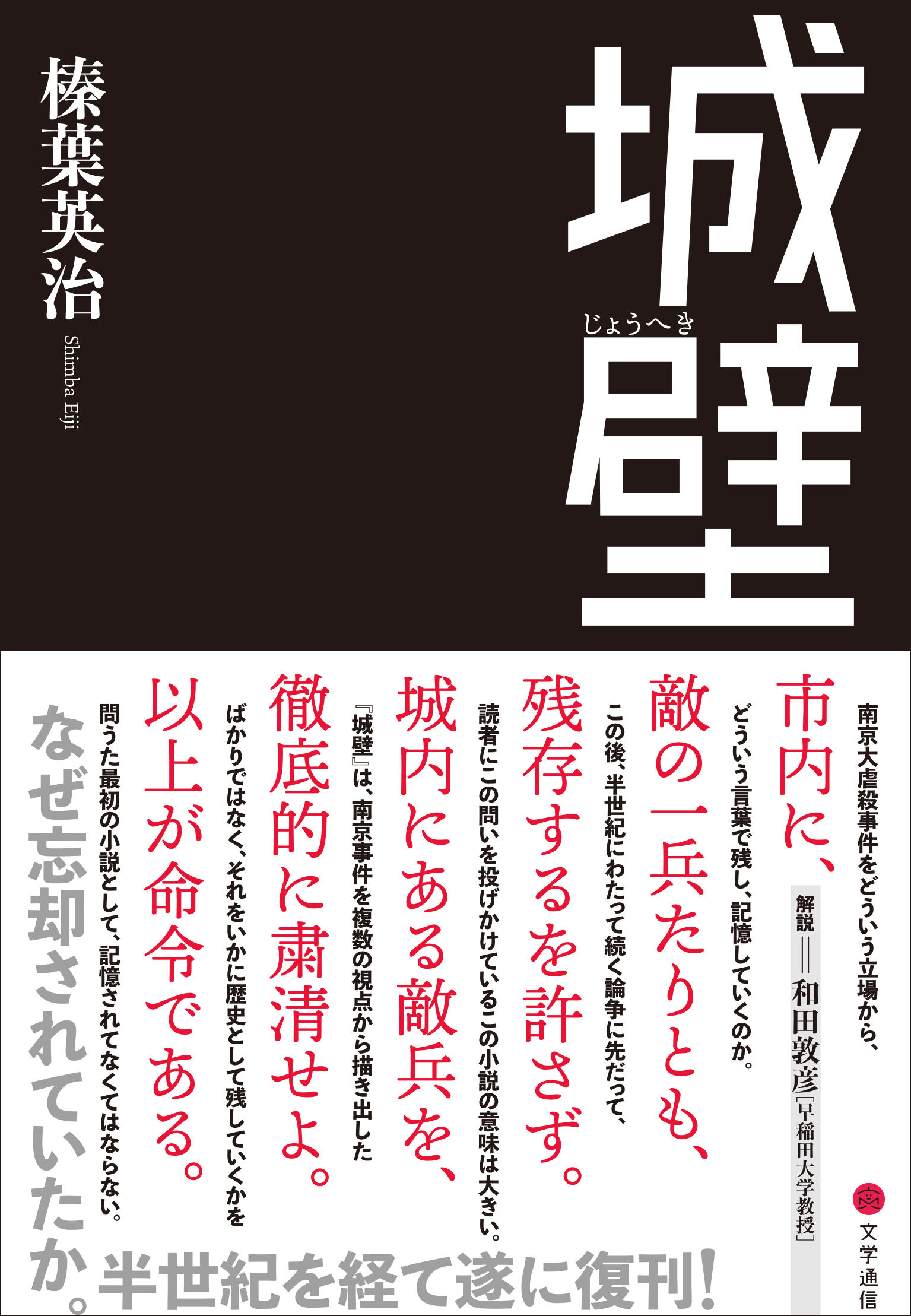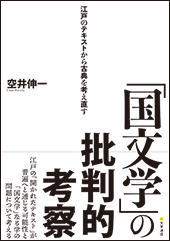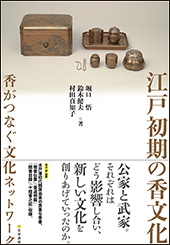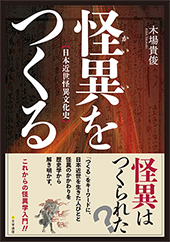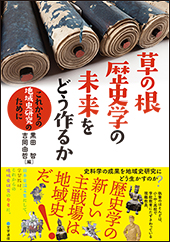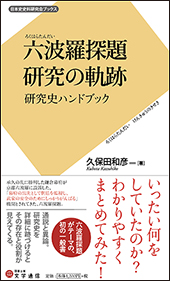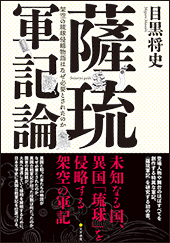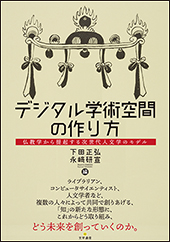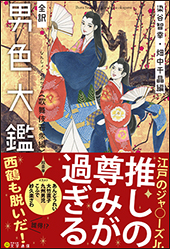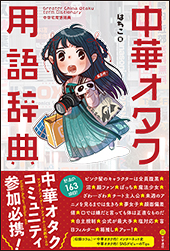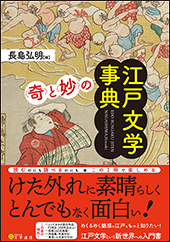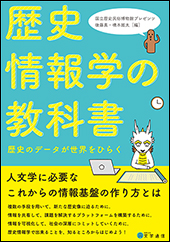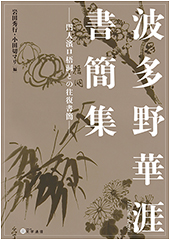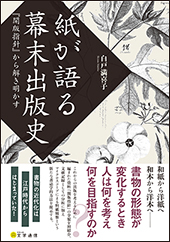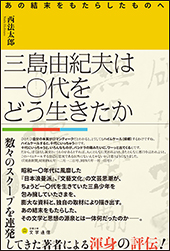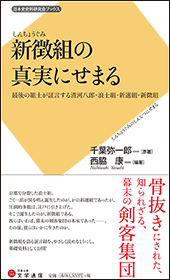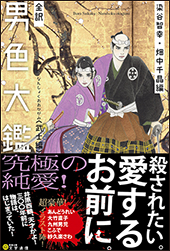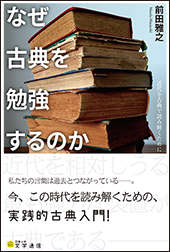Chapter 8 Rescue Simulation: Disaster Preparation Practices / AMANO Masashi
Download PDF
Chapter 8
Rescue Simulation:Disaster Preparation Practices
AMANO Masashi (National Museum of Japanese History)
Introduction
Promoting materials rescue prerequisites the training of personnel. As described in Part 2, we must rescue various materials and take emergency measures when a disaster strikes. However, it is the staff members of museums, libraries, and archives that lead the practice in a disaster area, some of whom do not have special knowledge and skills for materials preservation and restoration. After a disaster, when information gets tangled up, accurate judgment of the situation and prompt work planning are inevitable. Thus, to develop human resources for disaster response, we must train the staff to select specific techniques and think in a way that enables them to plan a series of tasks from rescue to emergency treatment and then adjust for permanent preservation.
In this context, we have hold workshops for disaster preparation. The contents vary, but in recent years we have the following three types.
The first is an enlightening one. Shiryo-Networks and museums promote this type, whose purpose is not to specify the target materials but to introduce practical practices to publicize the activities of material conservation and expand the bearers for future preservation and inheritance. They try to let the public understand the importance of materials preservation by introducing water-absorbing drying of water-damaged materials using familiar household utensils and other materials.
Next is a technical training one. Its main target is technicians involved in materials repair and preservation, aiming to train specialists with the necessary techniques for first aid treatment and for subsequent full-scale repair-- developing such techniques is also its aim.
The third is an action-planning one. This type studies the communication system and the transportation of the materials to the site in a disaster through tabletop exercises with the stakeholders in a specific community [Fig. 1: Types of workshops designed for disaster preparation] (See Chapter 7 for details).
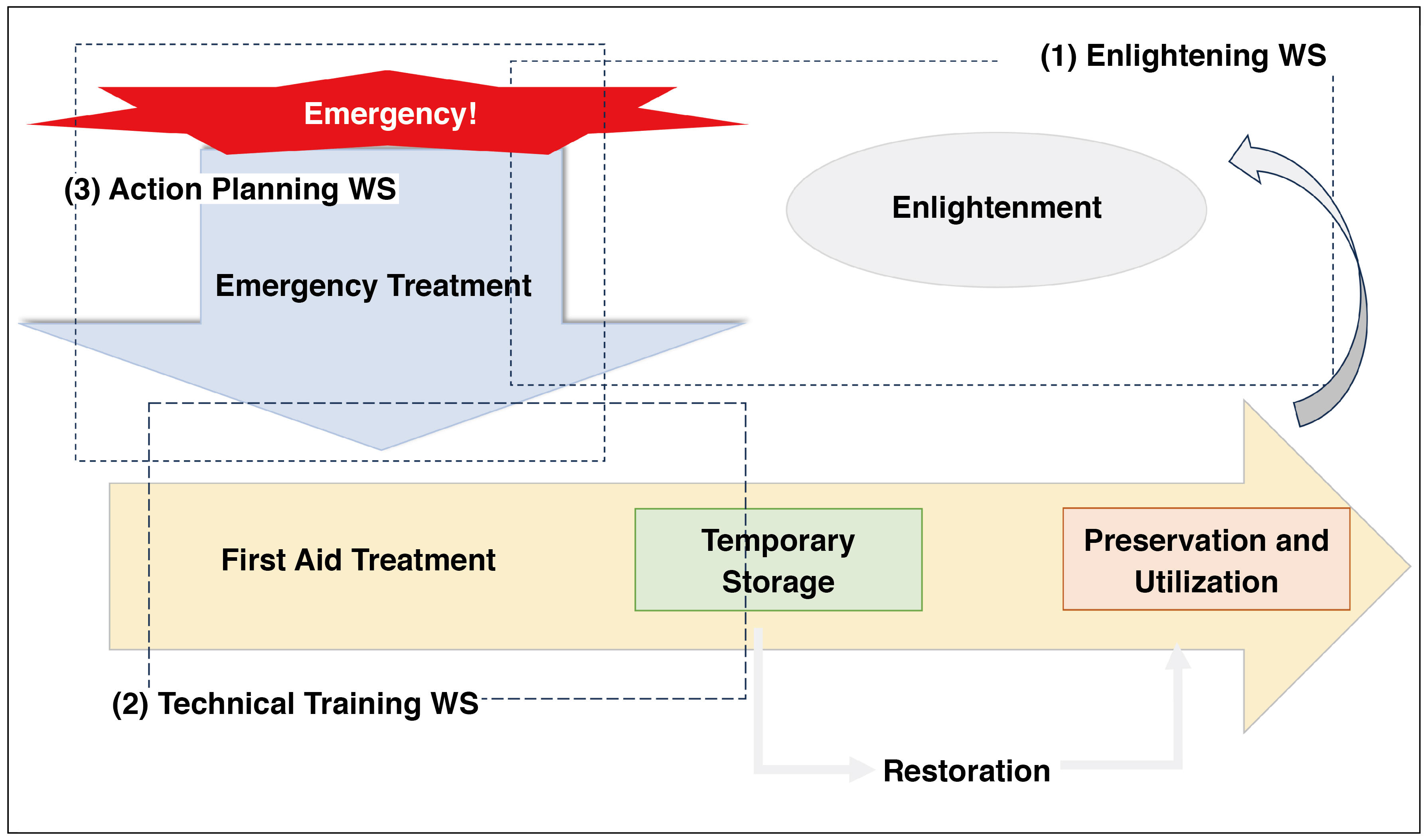
Fig. 1
While these workshops are effective in grasping the required actions for materials rescue, what the practitioners need in a disaster is to analyse the situation and manage the whole project by planning the work process from rescue to temporary storage, including negotiations with outside experts and coordination with volunteers. During the work process, observing the target materials and planning the workflow based on the observation are important, and it is necessary to select the most appropriate method using various techniques and knowledge. Therefore, in addition to understanding the entire work process, understanding the focus on the materials and simulating specific measures are necessary: training and examination through workshops are quite effective. In setting up a workshop, we need to provide participants with an opportunity to experience the actual work process from the planning stage to see what was influential in the process they devised and what the problems were, including failures, so that they can share the concept of disaster countermeasures and a concrete image of actions.
In this context, this chapter presents the objectives and methods of a workshop designed for material rescue, aiming at improving skills in total rescue management.
1. Purpose
The author has held workshops mainly for those in charge of on-site work to rescue materials, such as local government officials, museum curators, university faculty, staff, and students. The central theme is to examine specific measures after rescuing damaged materials, especially water-damaged and challenging ones. Rather than a one-way introduction of ideas and techniques, the workshop aims to allow participants to discuss specific issues and engage in trial-and-error.
This workshop is a practical examination of what, to what extent, and how to tackle the series of work processes from first aid after the rescue to temporary storage. It emphasizes material observation upon seeing the damaged materials besides the practice and concept of handling them based on the observation. Frequent natural disasters led to the accumulation of disaster response experiences, thanks to which many reports and manuals are now available. Reading them, even those inexperienced can get some idea of the proper countermeasures; on the other hand, to put the acquired knowledge into practice, it is necessary to understand the full scope of the work, at what stage they should use the knowledge and skills, and specifically for what conditions they are effective. Participants need to observe the materials in our workshop and think about the proper measures. Furthermore, by discussing the results with other participants and attempting to put them into practice, these challenges enable them to acquire the necessary skills and improve disaster management.
2. Preparation
2.1. Preparing Samples and Tools
The workshop simulates the first aid treatment of damaged materials. Organizers prepare sample "damaged materials", because it is difficult to offer actual ones. This section introduces samples of paper-based materials.
The target materials are old documents from the Edo period onward, many of which remain in museums, libraries, archives, and private homes across Japan. Using Japanese paper (Kozo paper), organizers make paper bundles imitating account books, letters, and attachments and then damage them intentionally by putting them in plastic bags, soaked with black or green tea leaves (or used coffee beans) and lukewarm water to simulate staining, and left overnight at room temperature to fasten staining and deterioration. Mixing mud to simulate defacement is possible, but materials should be as non-harmful as possible, considering the venue's environment and participants' health [Fig. 2: Sample of simulated old documents, Fig. 3: Mixed with tea leaves and steeped in lukewarm water, and Fig. 4: Sample of pseudo-afflicted condition].
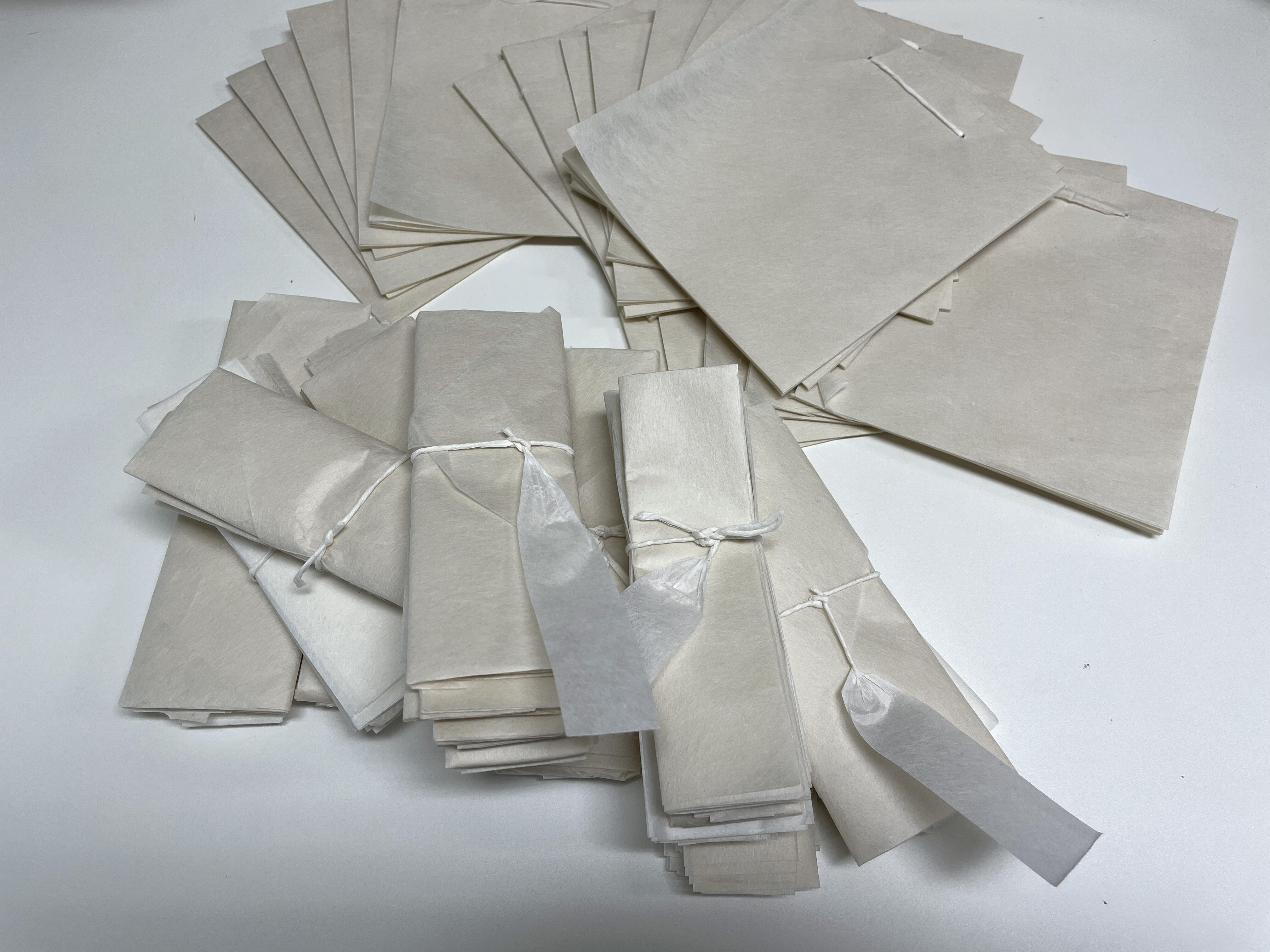
Fig. 2
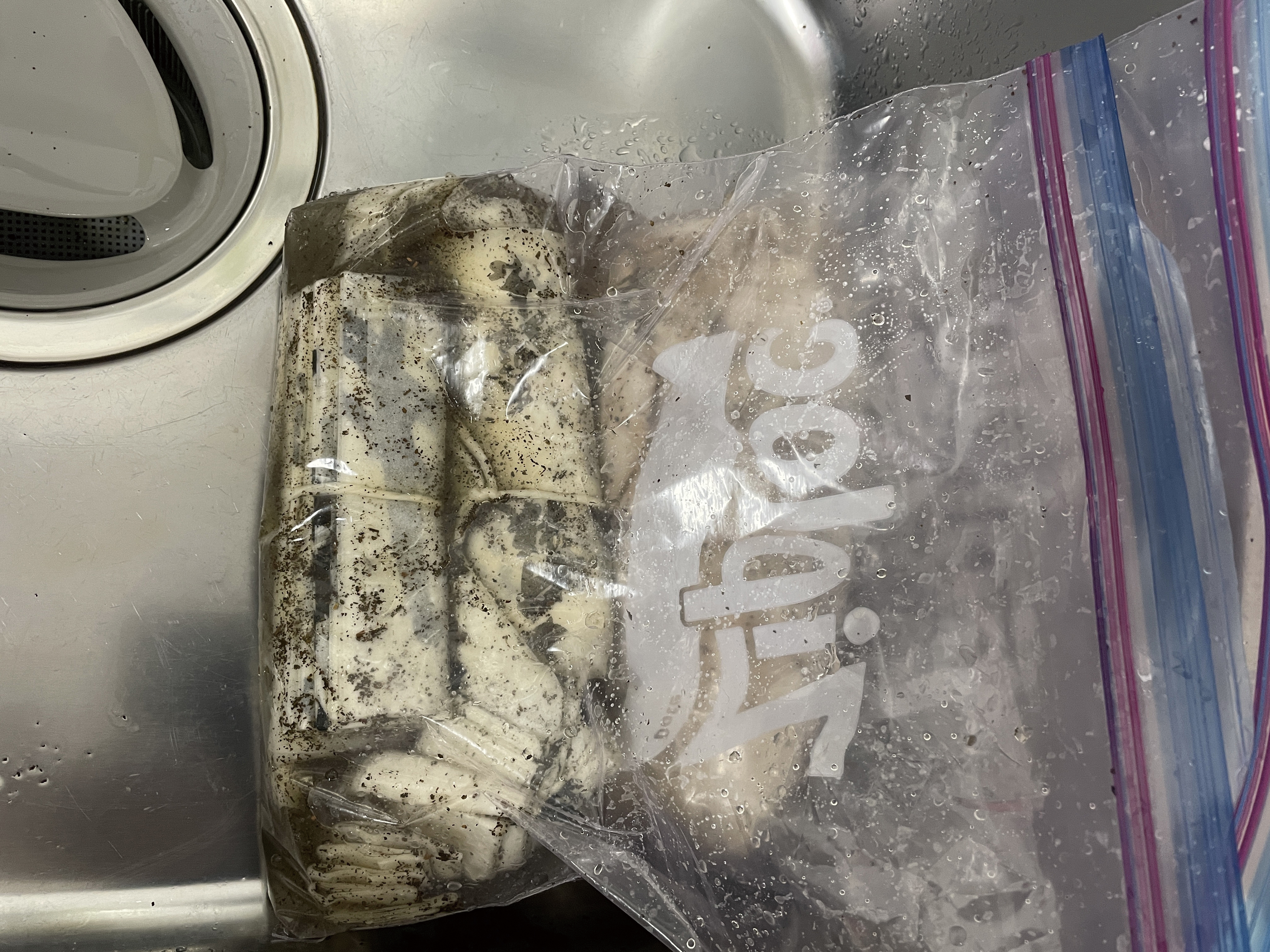
Fig. 3

Fig. 4
Other samples should be as general as possible. For example, for absorbent paper, use newspaper or kitchen paper; for tools, prepare items that anyone can obtain at a home improvement store, such as tweezers and brushes. Sometimes, it is possible to encourage participants to bring what they consider necessary for material salvage. The trick is to use only vague words such as "material rescue". Such a drill enables organizers to understand how the participants perceive material rescue and what tools they think they need.
The facilitator who supervises the entire workshop should preferably be someone with experience in disaster site management or an expert in conservation science or restoration, but others can serve if advice is available.
2.2. Setting Tasks
Organizers set tasks assuming the response immediately after the rescue. Participants can obtain the whole picture of material rescue by taking part in this type of workshop and action-planning workshop (introduced in Chapter 7 in detail) in succession.
When assuming a disaster, it should align with the geographical environment of the participants' residential areas. For example, if the area has a large river flowing nearby, assume river flooding; if on the coast, assume storm surge and tsunami; if along a mountain, assume landslides caused by heavy rains. In this way, assuming damage based on past disasters in the area makes it possible to share a more concrete image.
The participants play a role as on-site personnel responsible for materials rescued in a disaster, and each participant shall be given a group of prepared sample materials and examine how to treat them. They shall examine the following: (1) material observation, (2) goal setting, and (3) work process.
(1) Material Observation
Observe the images of the damaged materials projected on the screen and the sample materials distributed. Determine the initial task, considering the risks related to deterioration and damage.
When dealing with the risks, identify the points that need attention regarding the work environment and health.
(2) Goal Setting
To develop a work process within the scope of first aid, determine the specific conditions to which the materials should be brought. In addition, examine the points to remember when temporarily storing the materials after the first aid.
(3) Work Process
Determine the work process to put (1) and (2) into practice.
First, each participant considers the above on themselves. Then, in groups of three to five, participants discuss what they have examined and formulate a work process as a group [Fig. 5 and Fig. 6: Sample text for discussion].
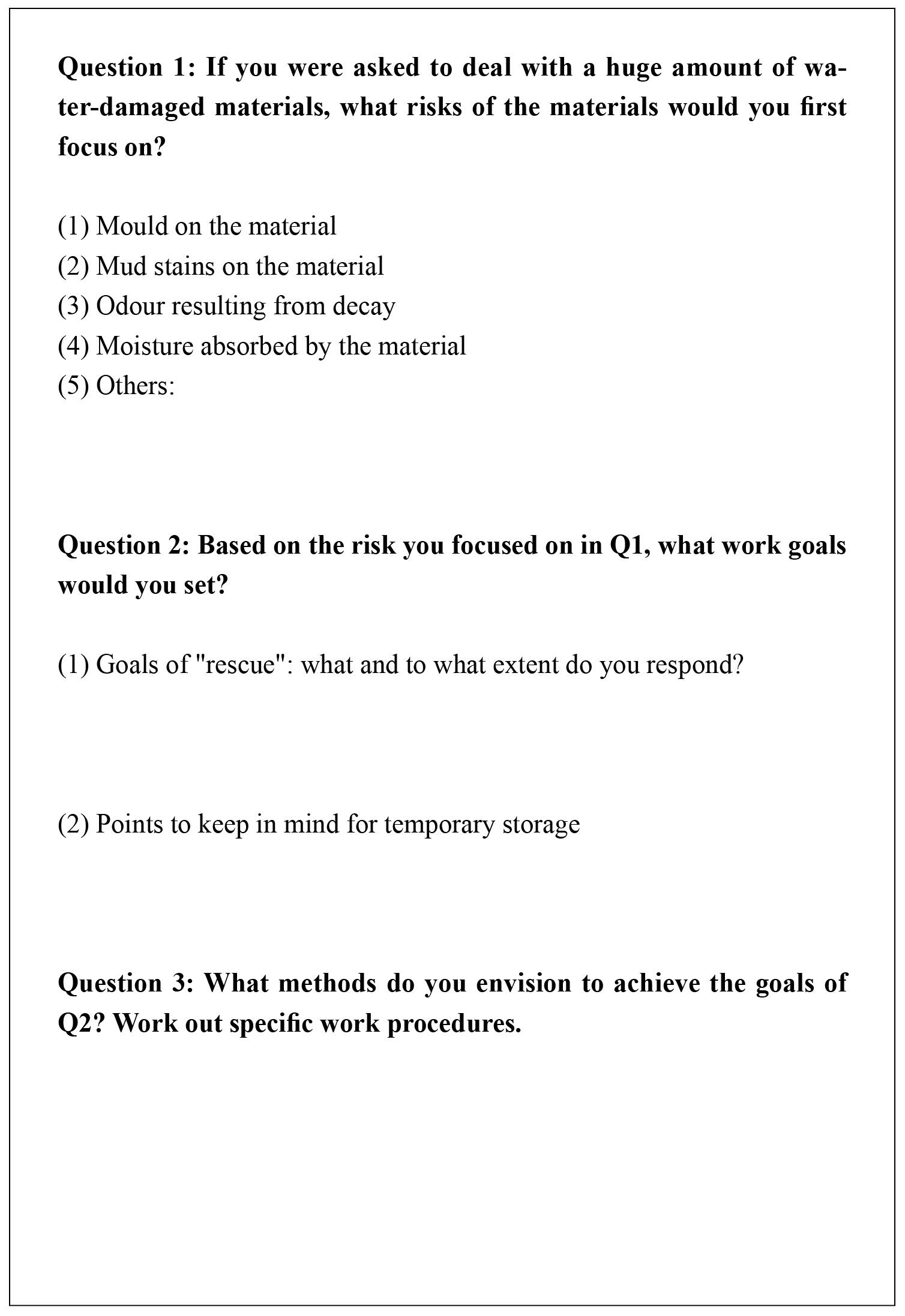
Fig. 5
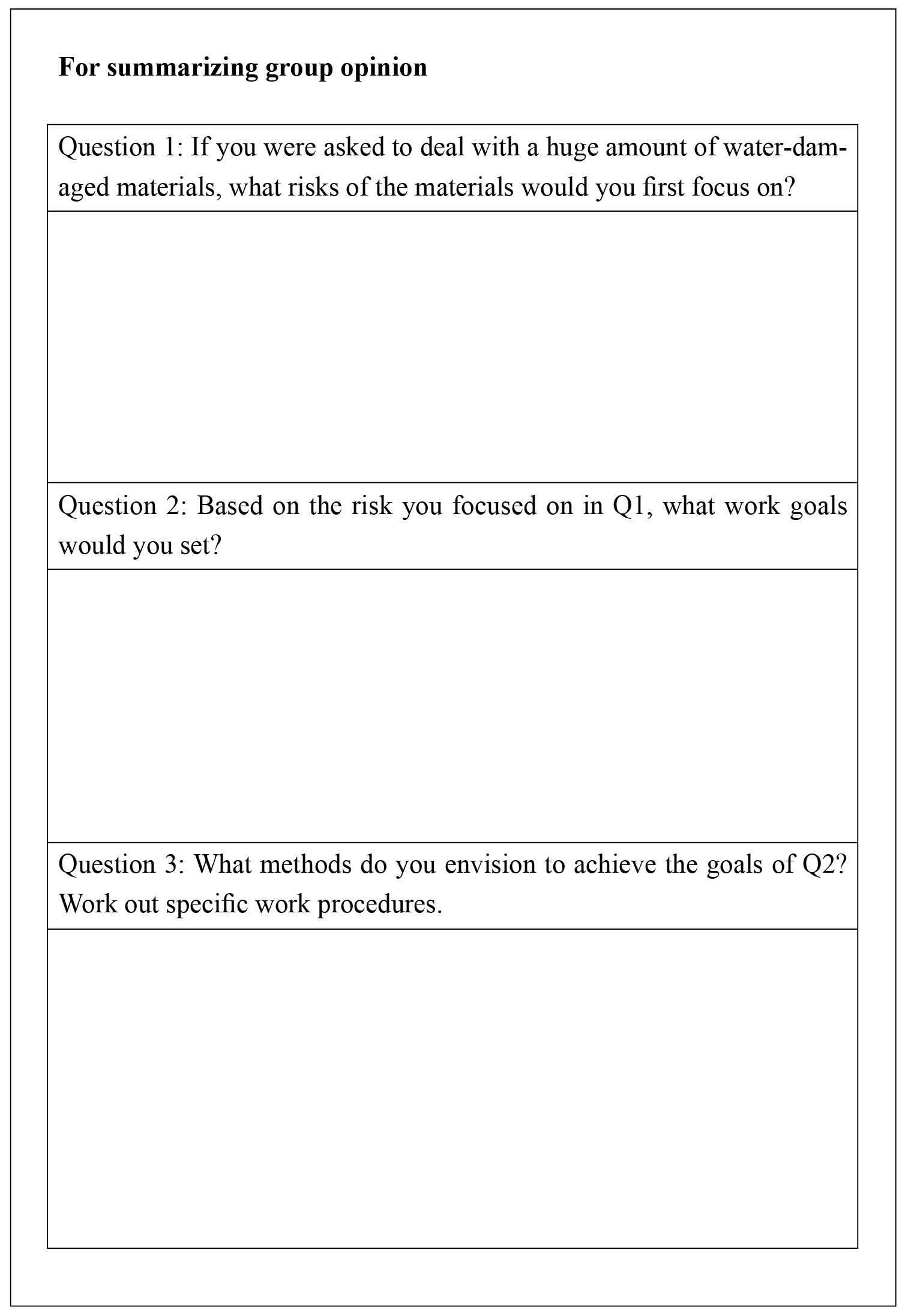
Fig. 6
3. Practice
Each working group has 3-5 participants. After the facilitator explains the tasks mentioned above, the participants consider the issues independently for 10 minutes, then discuss them as a group for 20 minutes and implement the work based on the process that each group has derived. The facilitator watches the discussion, and the participants are responsible for reviewing and implementing the process [Fig. 7: Workshop (20 May, 2023, Fukushima University) and Fig. 8 Workshop (27 November, 2023, Saitama)].
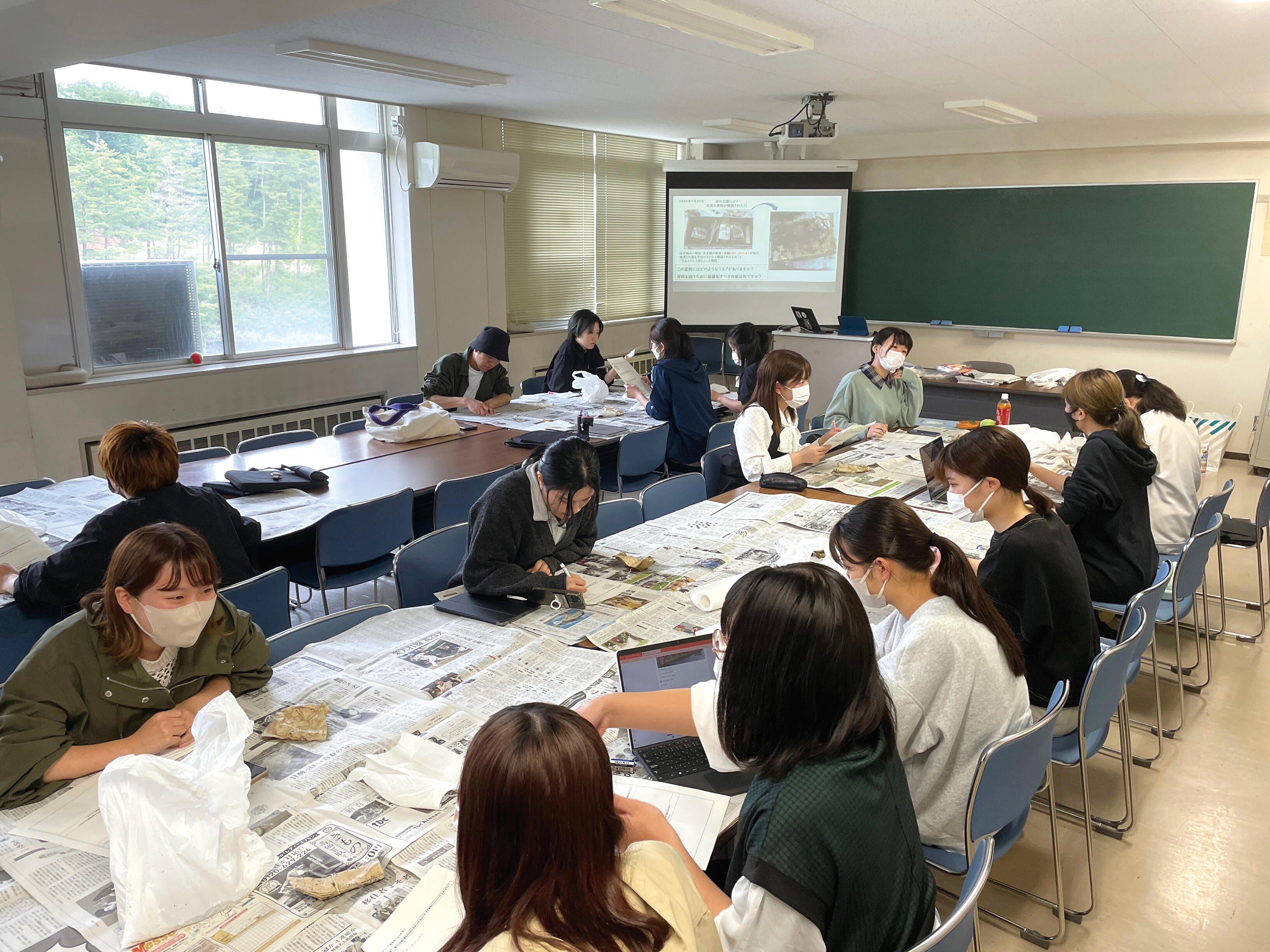
Fig. 7
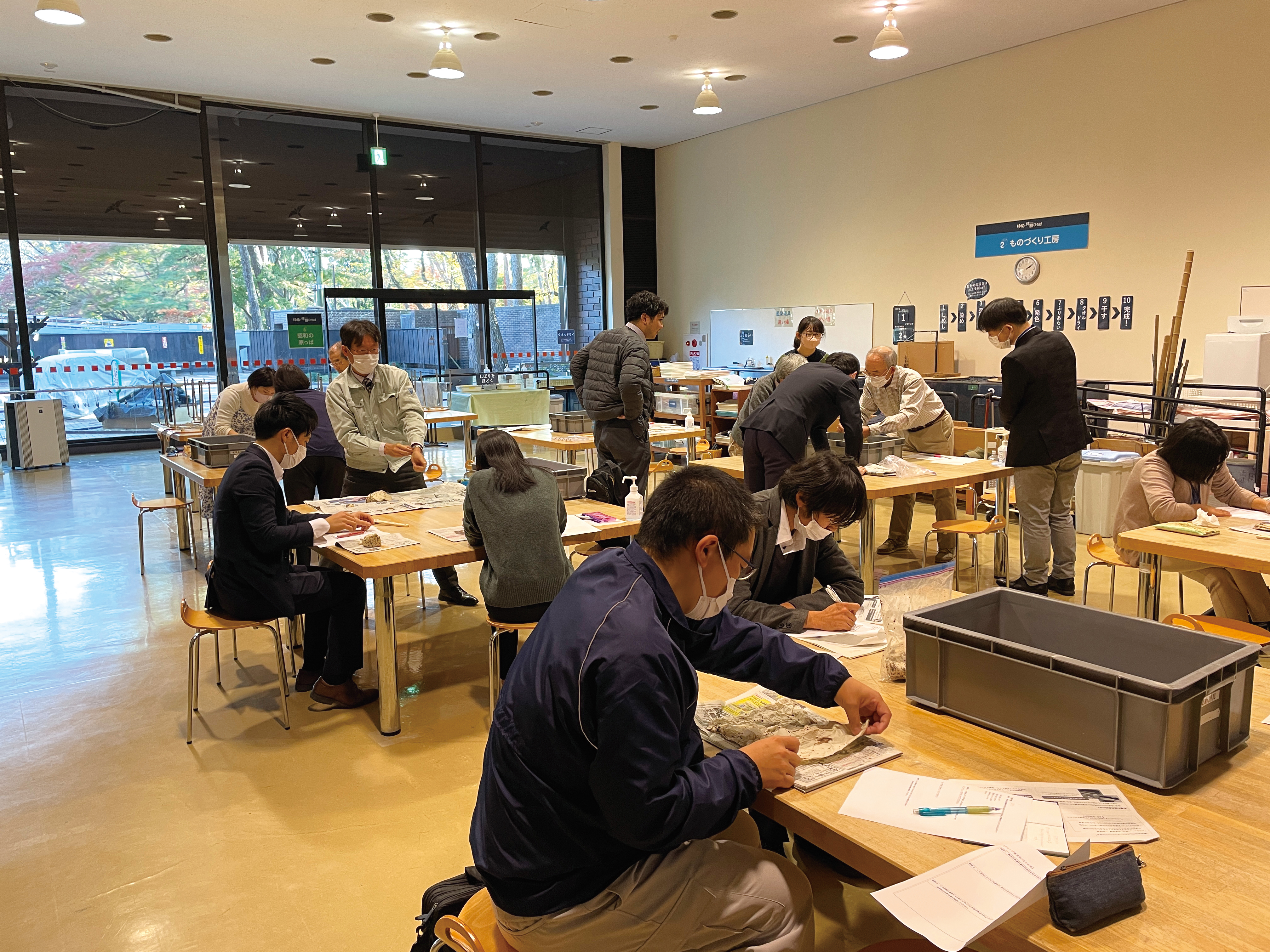
Fig. 8
After completing the work, each group presents their review, and then all the participants review. During the discussion, the facilitator comments on the evaluation, issues, and suggestions for improvement, particularly on the following points.
First, the validity of the observation. The critical point is whether the participants can concretely envision the damage situation based on the season and the time required for rescue, the scale of the materials as a group, and the nature of the materials. The facilitator needs to explain the damage that participants cannot perceive through images or samples, especially the risk of odour and mould, and to encourage them to pay attention not only to the approach but also to health hazard measures and environmental measures at the storage destination as part of the preliminary preparations.
As for the goal setting and work process, the facilitator evaluates whether the participants could make a feasible plan, presupposing that first aid is only temporary. Suppose some participants have experience in rescue activities. In that case, the facilitator sometimes comments on the importance of flexibly responding while respecting their experience and achievements and presents the need for a comprehensive review considering various opinions and methods depending on the situation.
After commenting on each opinion, the facilitator explains the basic concept of the process from rescue to first aid, summarizing the overall discussion. In workshops, the author presupposes the concepts introduced in Parts 1 and 2 of this book. Based on the concepts, the facilitator reviews the work to identify safer and more effective processes, showing them to the participants with samples. Finally, the participants confirm which stage in the overall disaster preparation process the work practised during the workshop belongs to.
Conclusion: Experiencing and Validating Failures
The workshop aims to allow participants to examine and discuss proactively and to acquire ideas on the work process planning for damaged material rescue and the selection of necessary skills. When we conduct a workshop, we focus on confirming what role the knowledge and skills possessed by the participants can play in the actual work site rather than on delivering a one-way lecture. Indeed, sometimes participants damage the sample materials during examination and practice, but failures enable them to verify the causes by themselves and to work out solutions through mutual discussion. Experiencing failures that cannot be experienced in the actual field and learning lessons from them are important opportunities in a workshop.
In the future, it would be ideal if a curriculum to develop the ability to manage a series of work related to material rescue is provided in university education and training programs for local government officials and museum curators. In addition, it is also necessary to cultivate the ability to deal comprehensively with diverse materials that are not limited to paper-based materials: we need to discuss and deepen the methodology of material rescue training.
References
AMANO Masashi. "Shiryohozon no ninaite to gijutsu wo tsunagu [Linking Conservation Practitioners and Technology]", in: Chiikirekishibunkakeisho gaidobukku [Guidebook for Community Hisorical Culture Inheritance]. Bungaku Report, 2022.
AMANO Masahi. "Kamibaitaishiryo no Kyusai wo soteishita shimyureshon wakushoppu no kento to zissen [Study and Practice of Simulated Workshops for Paper-Based Materials Rescue]", Poster presentation at the 45th Congress of the Japan Society for Conservation of Cultural Property, 25 Jun 2023.
KOHDZUMA Yohsei, TATEISHI Toru, and KODANI Ryusuke (eds). Nyumon daisaigaijidai no bunkazaibosai [Introduction to Cultural Property Disaster Prevention in the Age of Great Disasters]. Douseisha, 2023.
MATSUSHITA Masakazu and KONO Mio (eds). Suisonshiryo wo suku [Rescuing Water-Damaged Materials]. Iwata-shoin, 2009.


